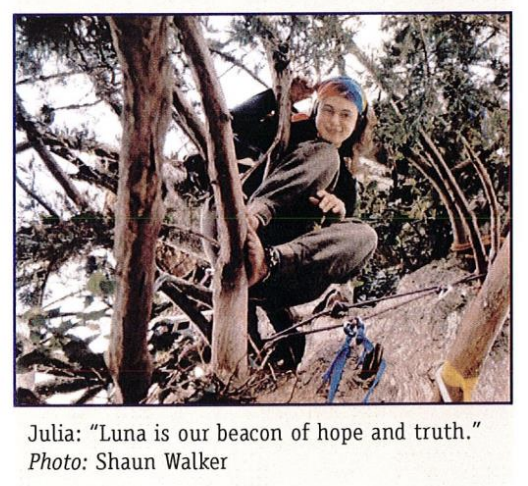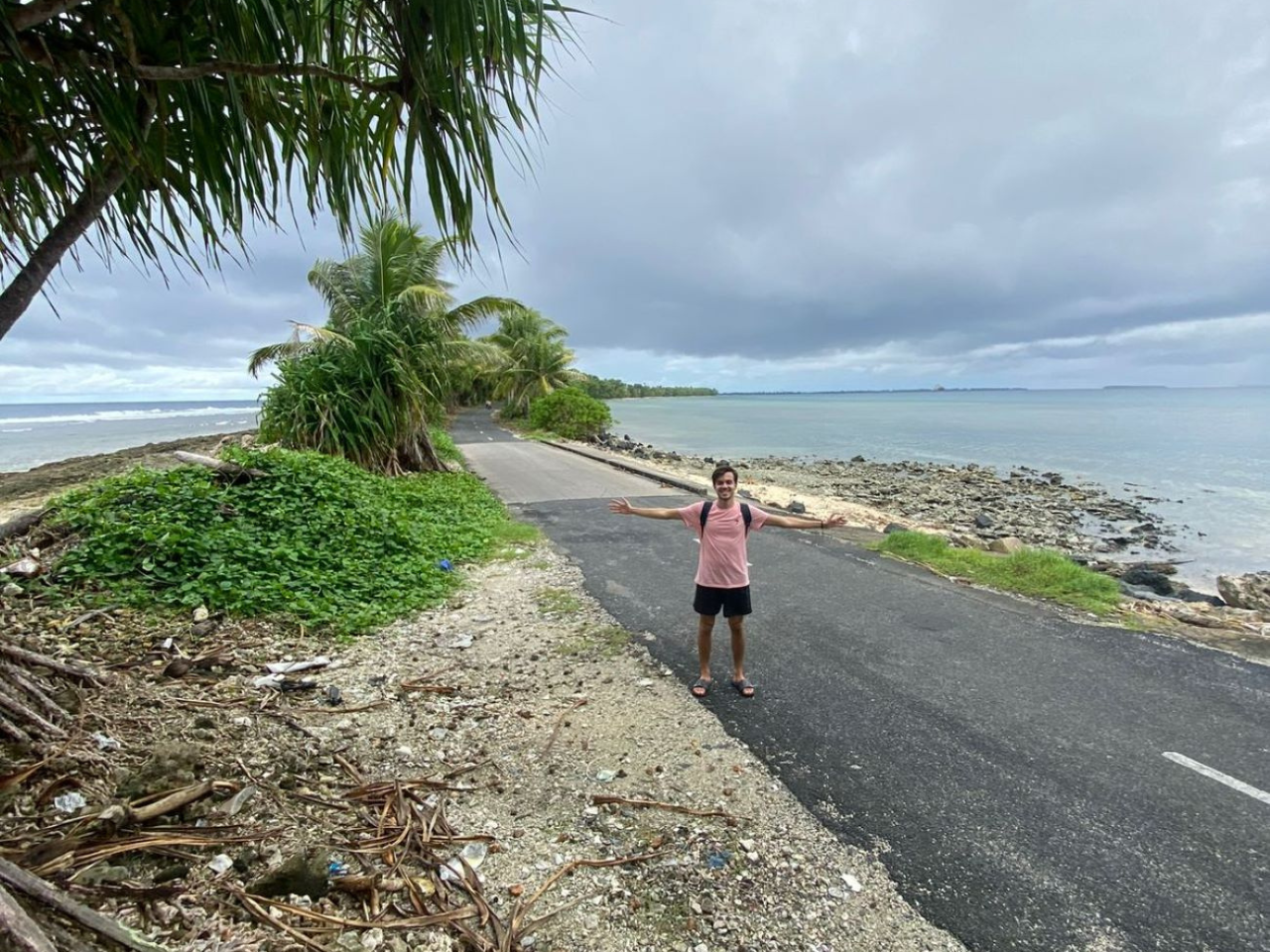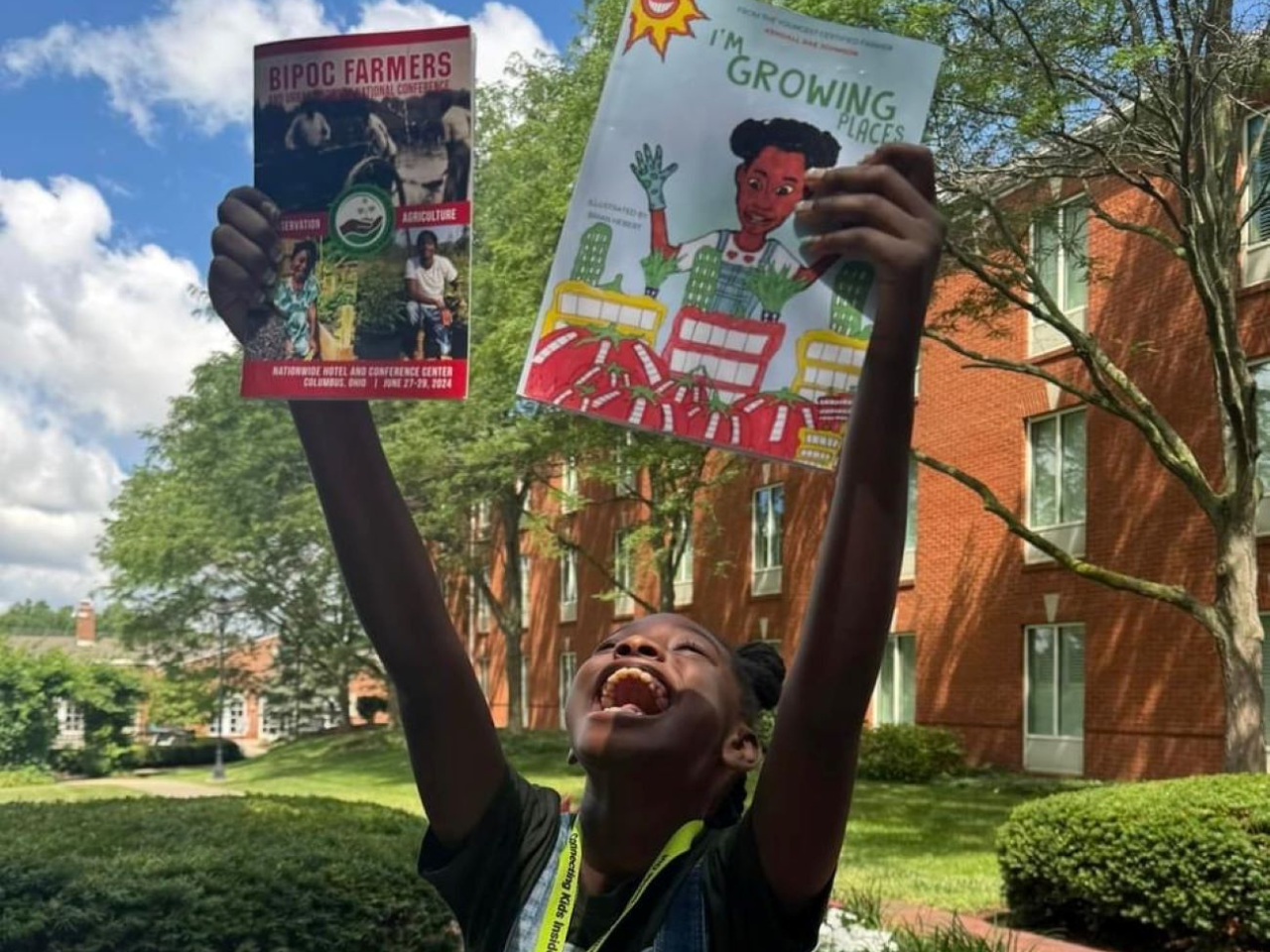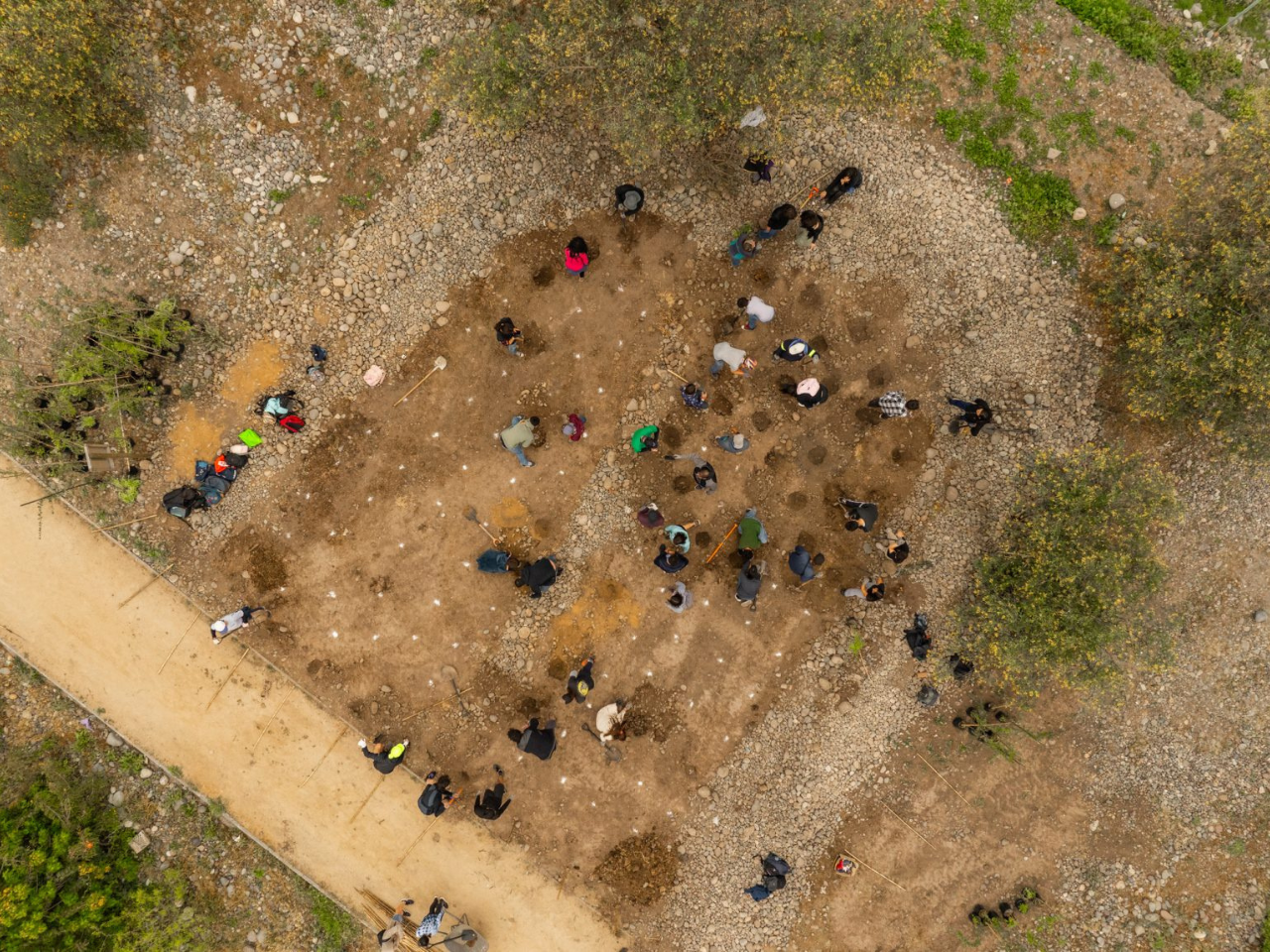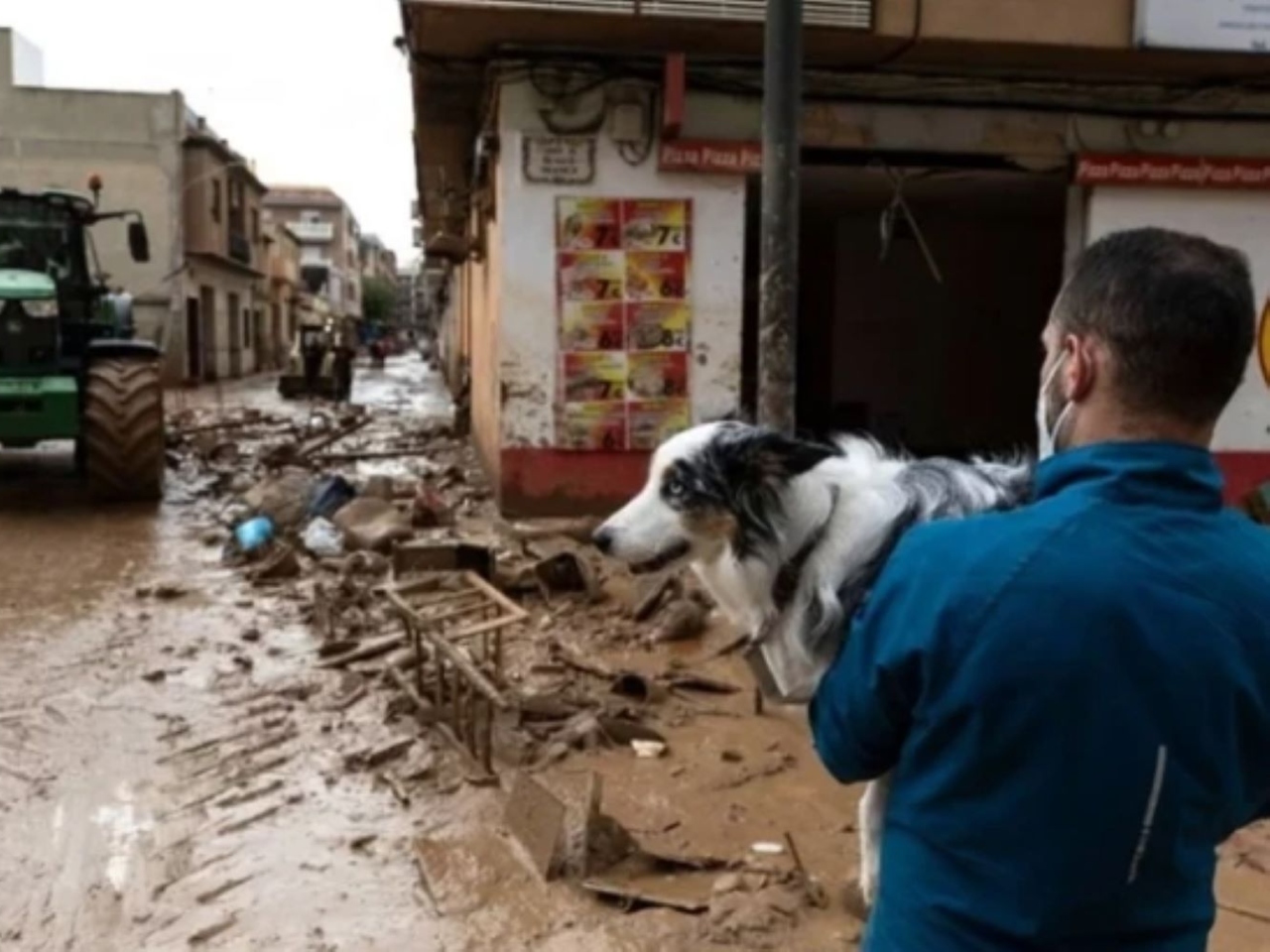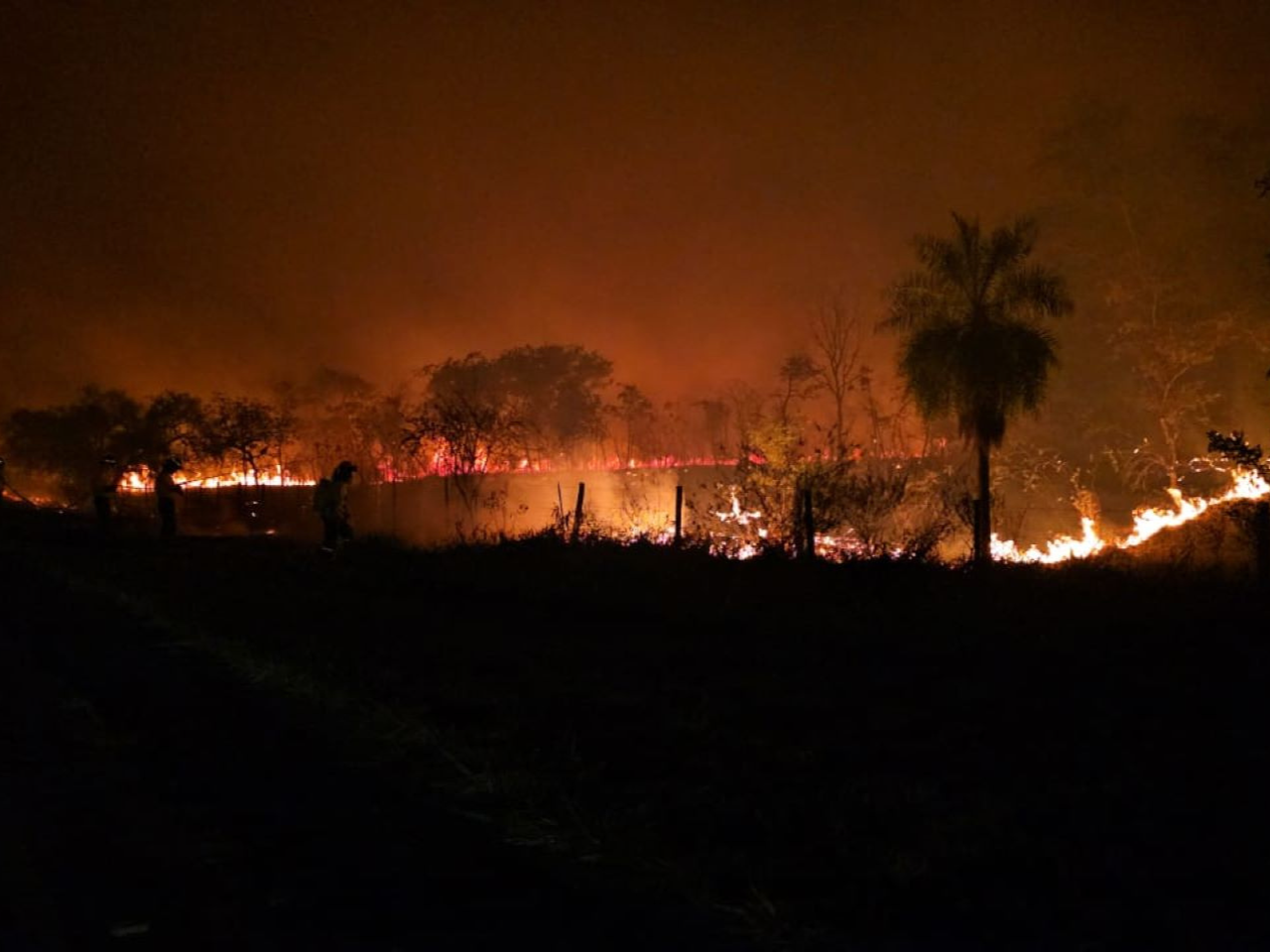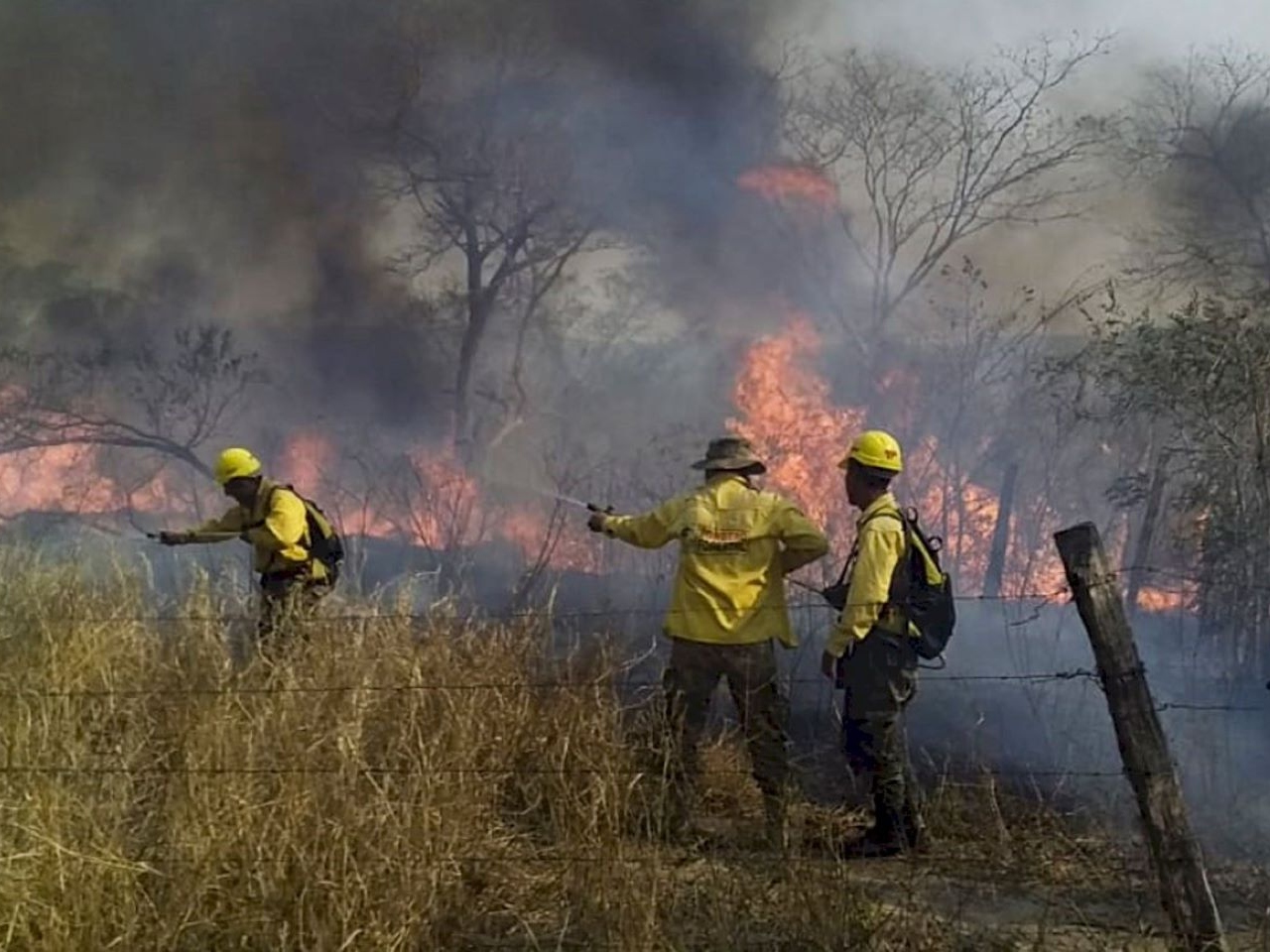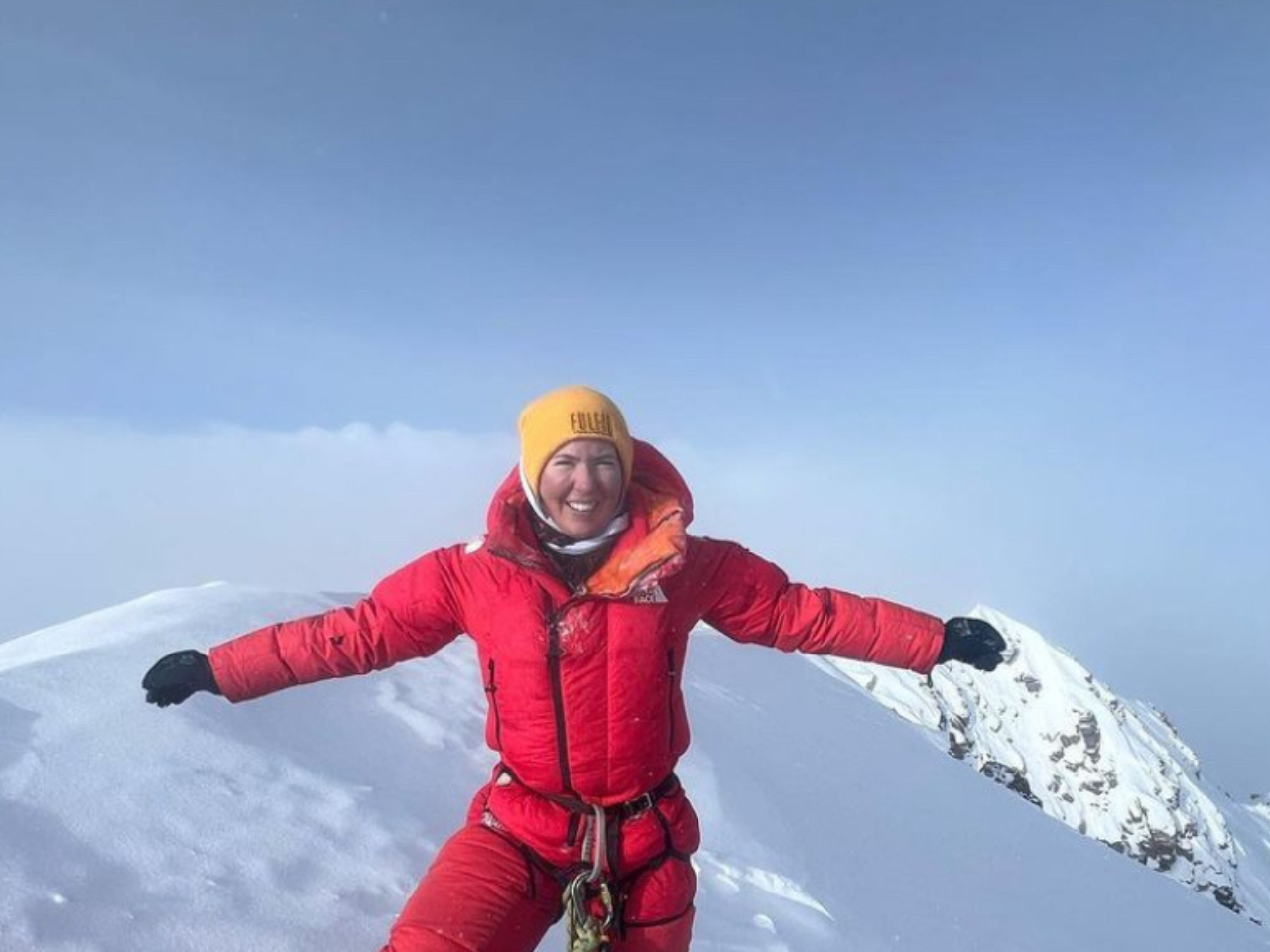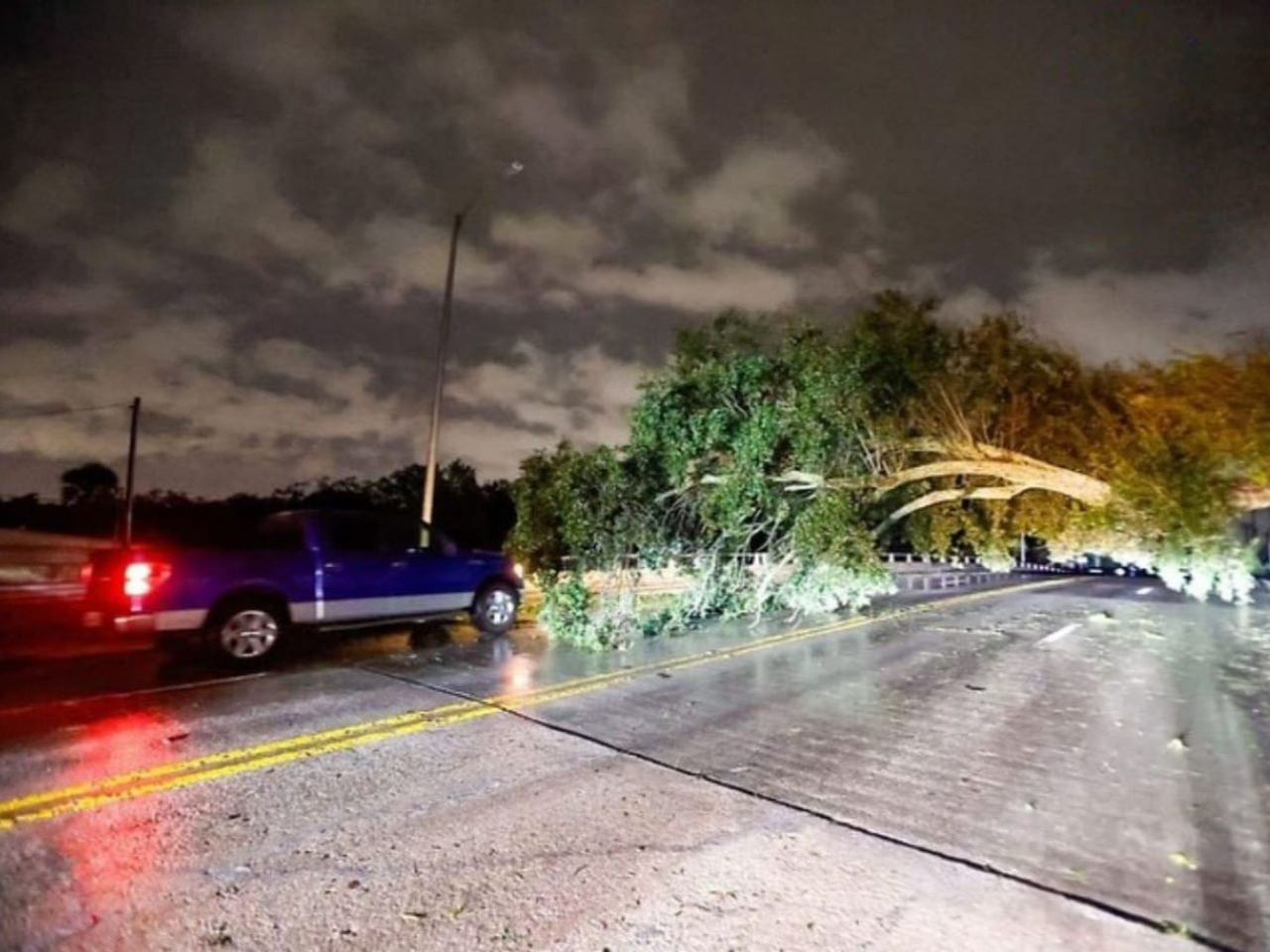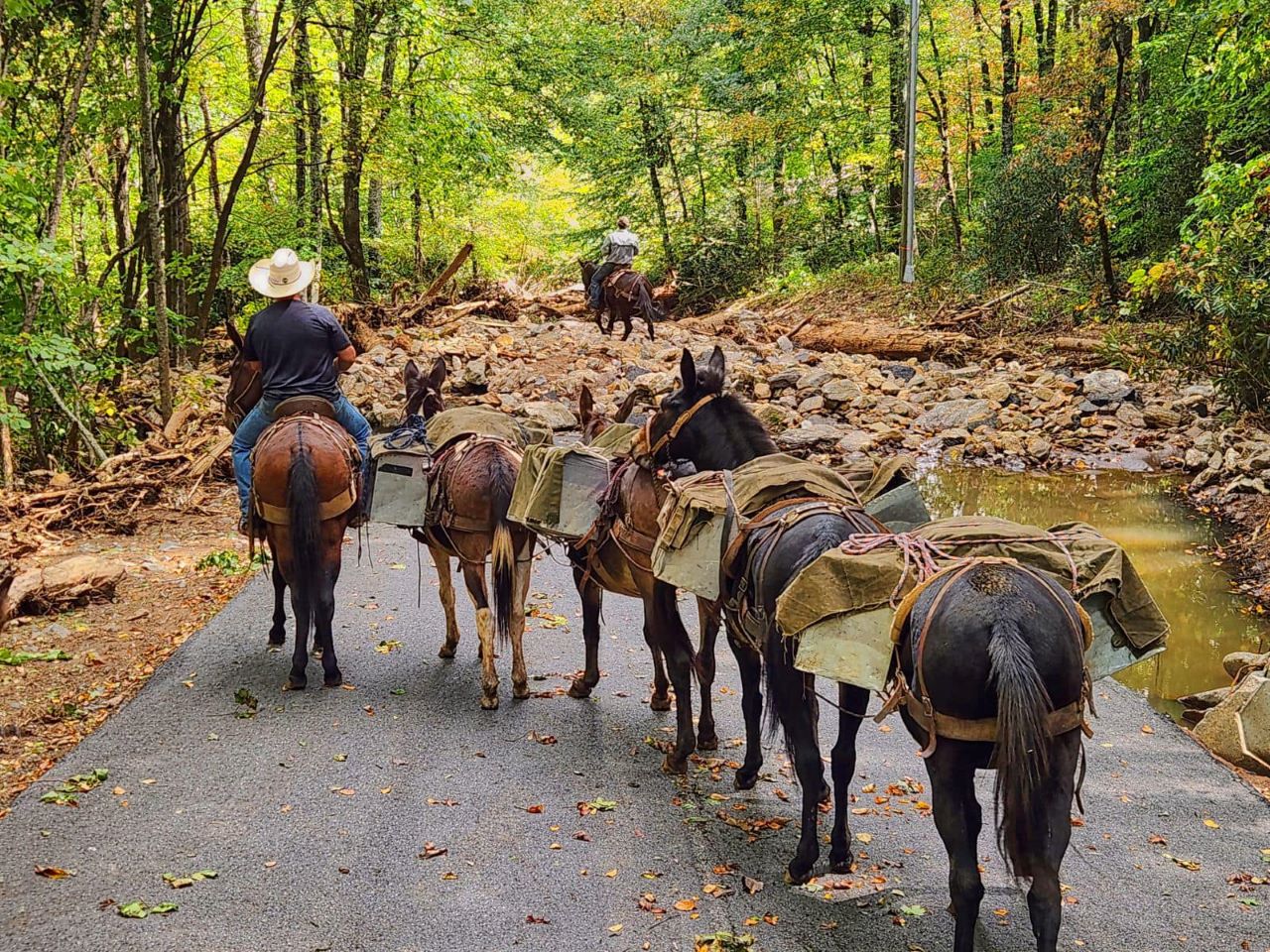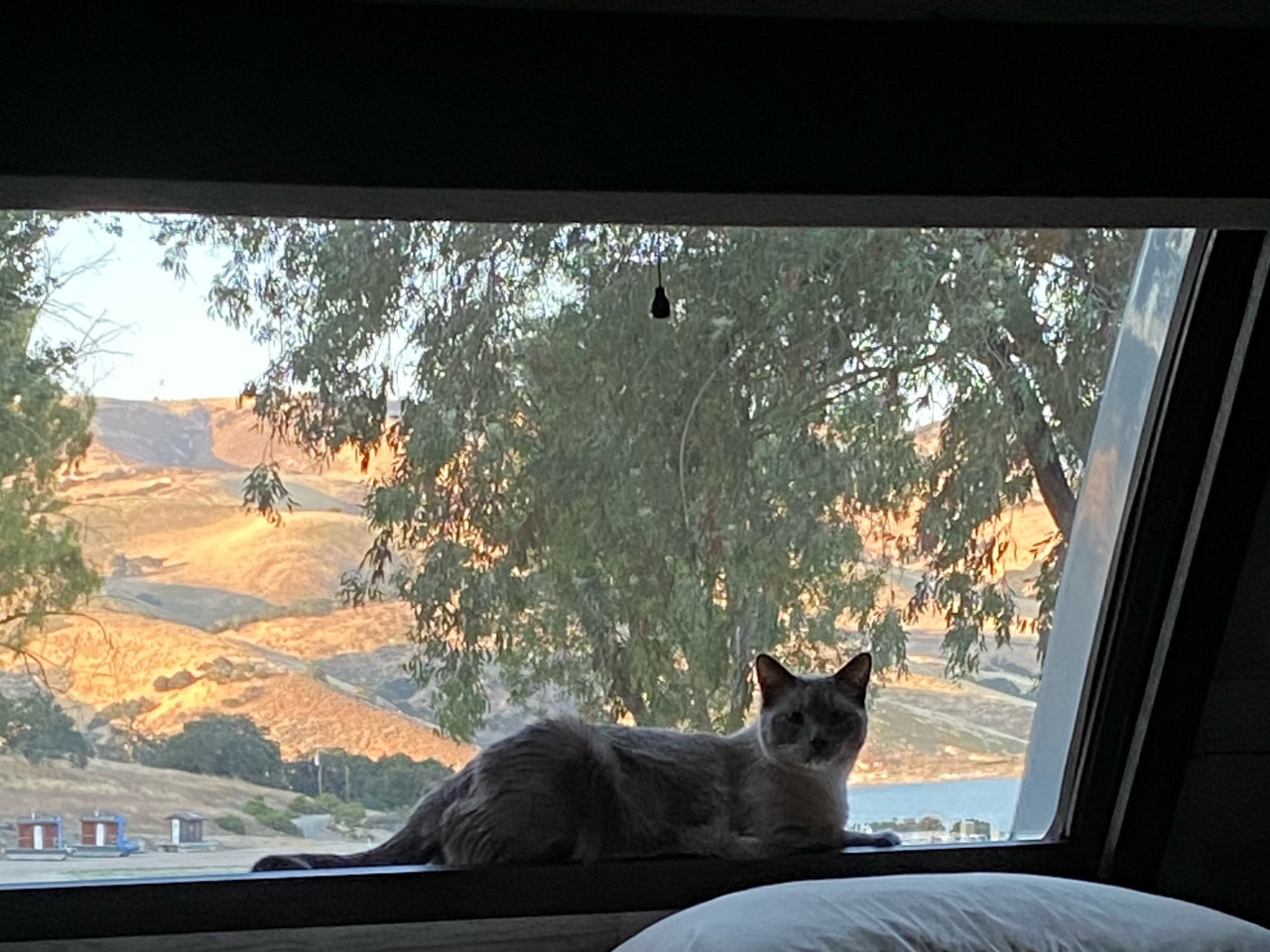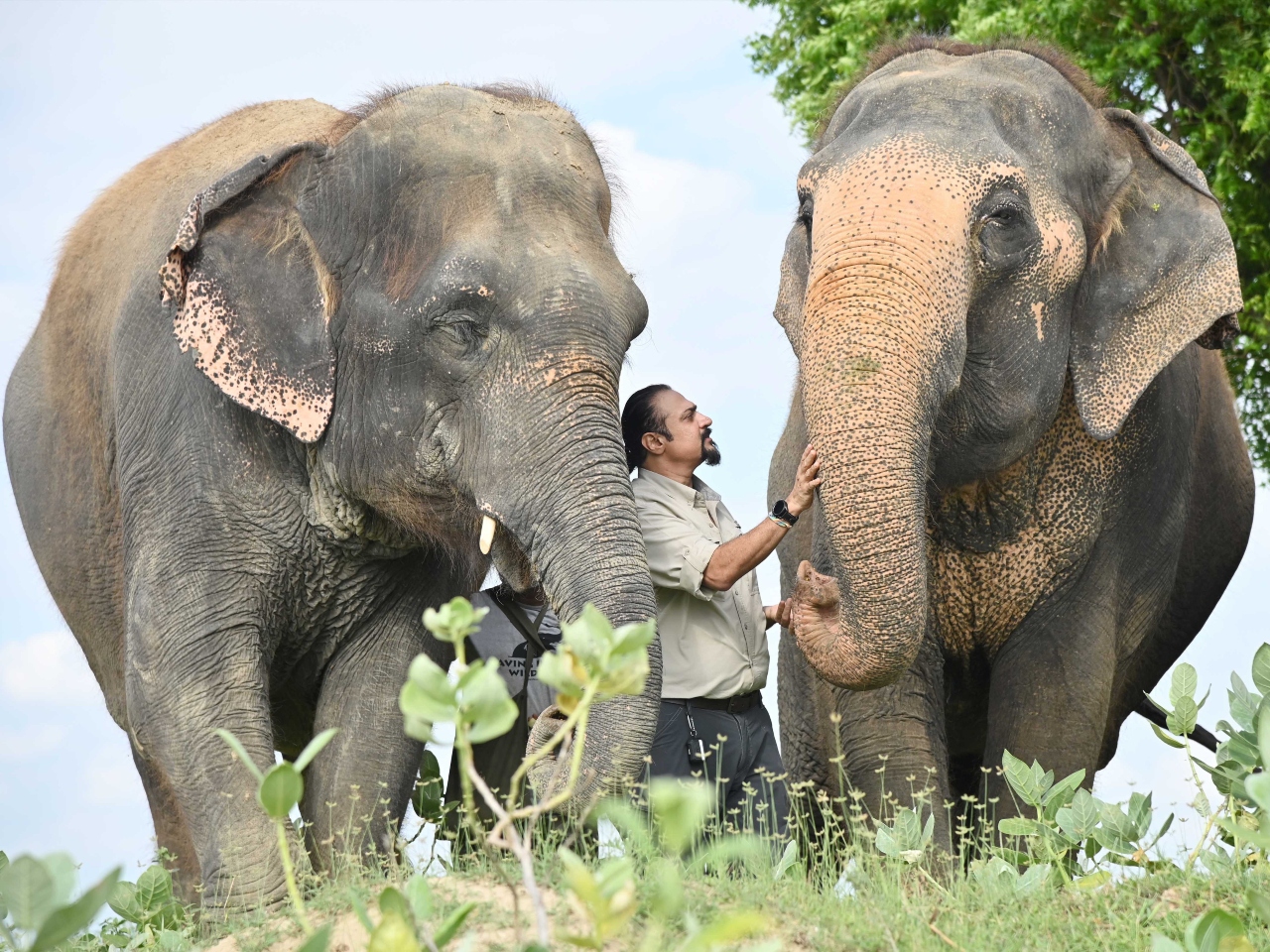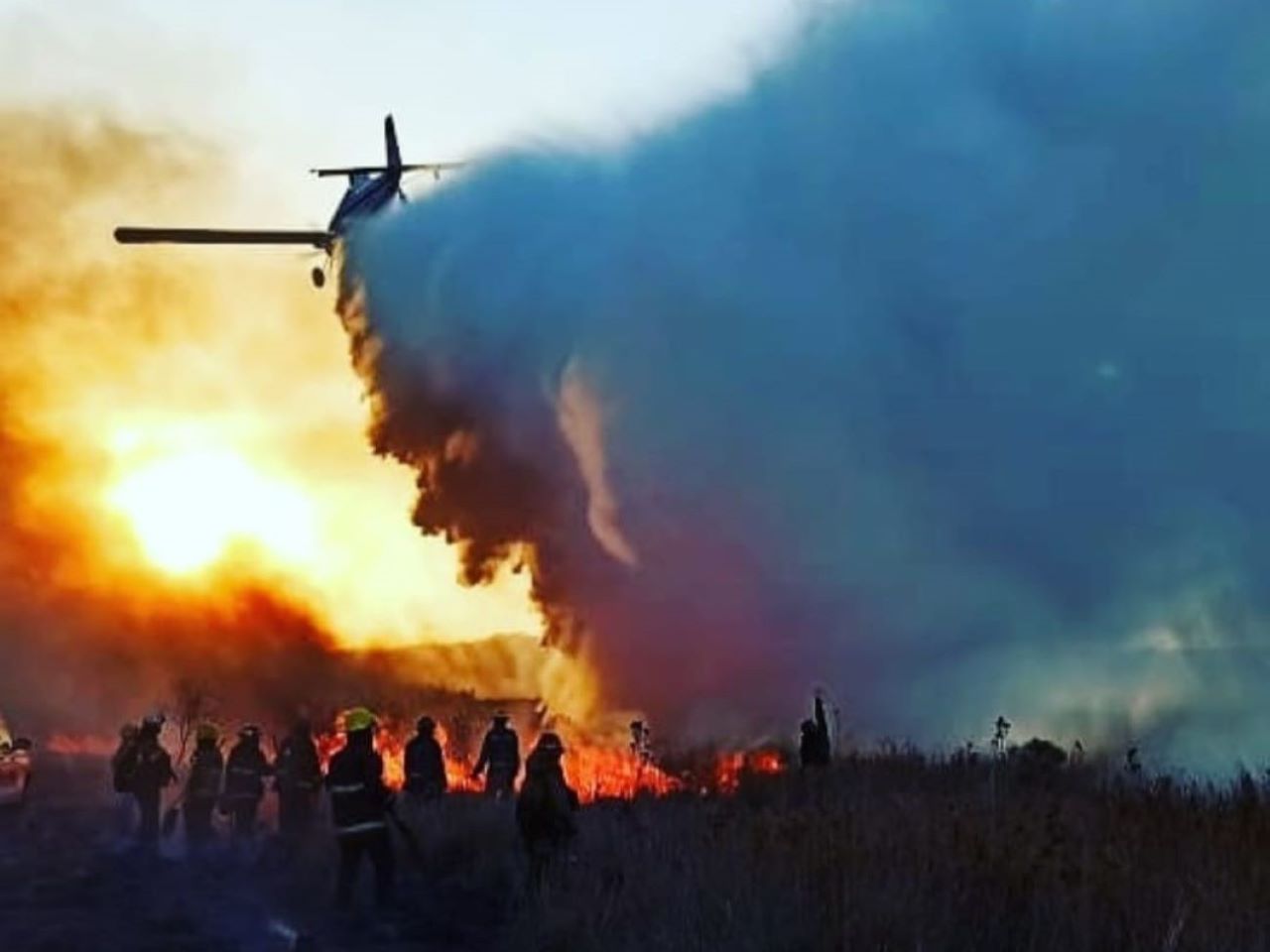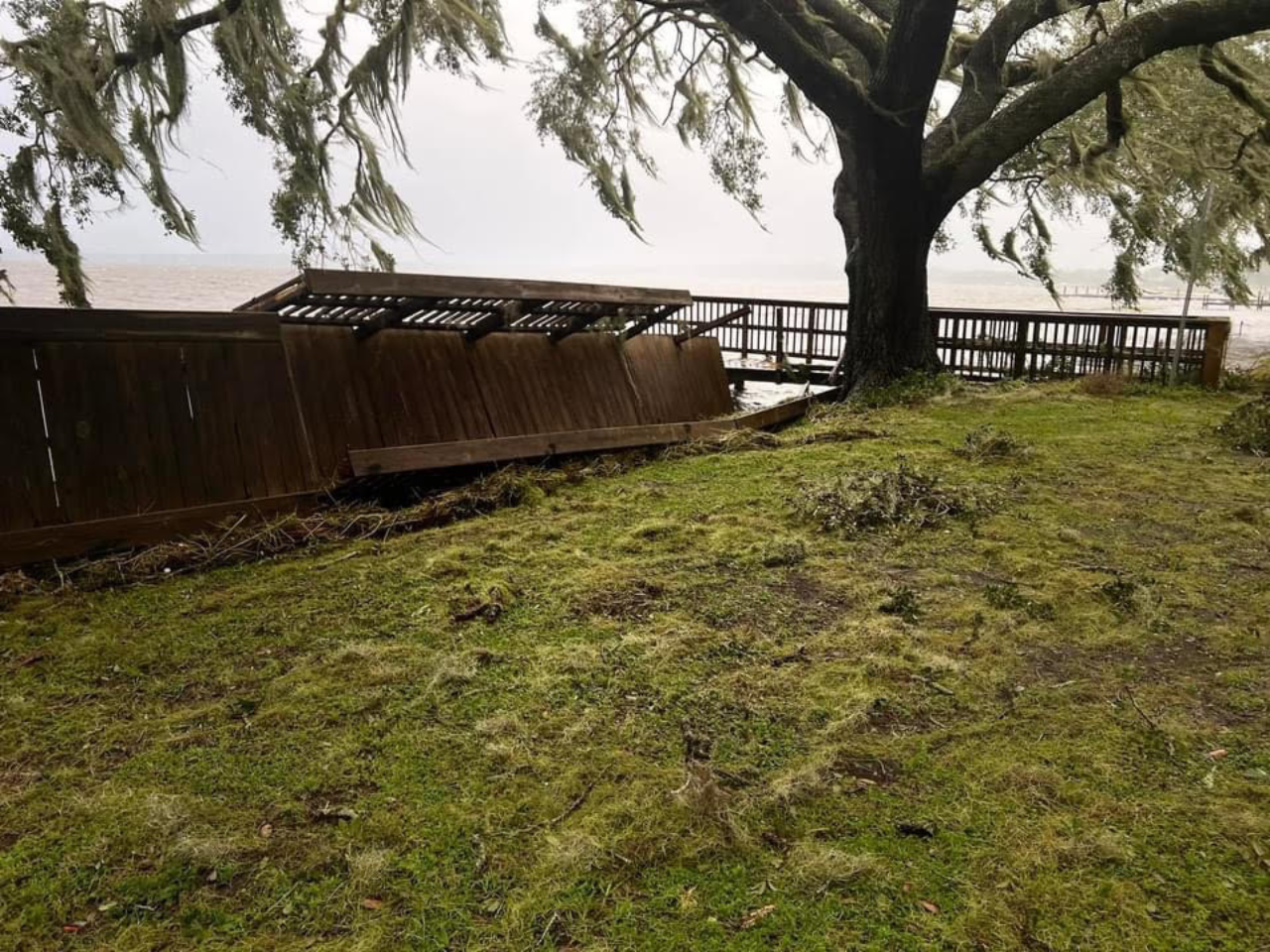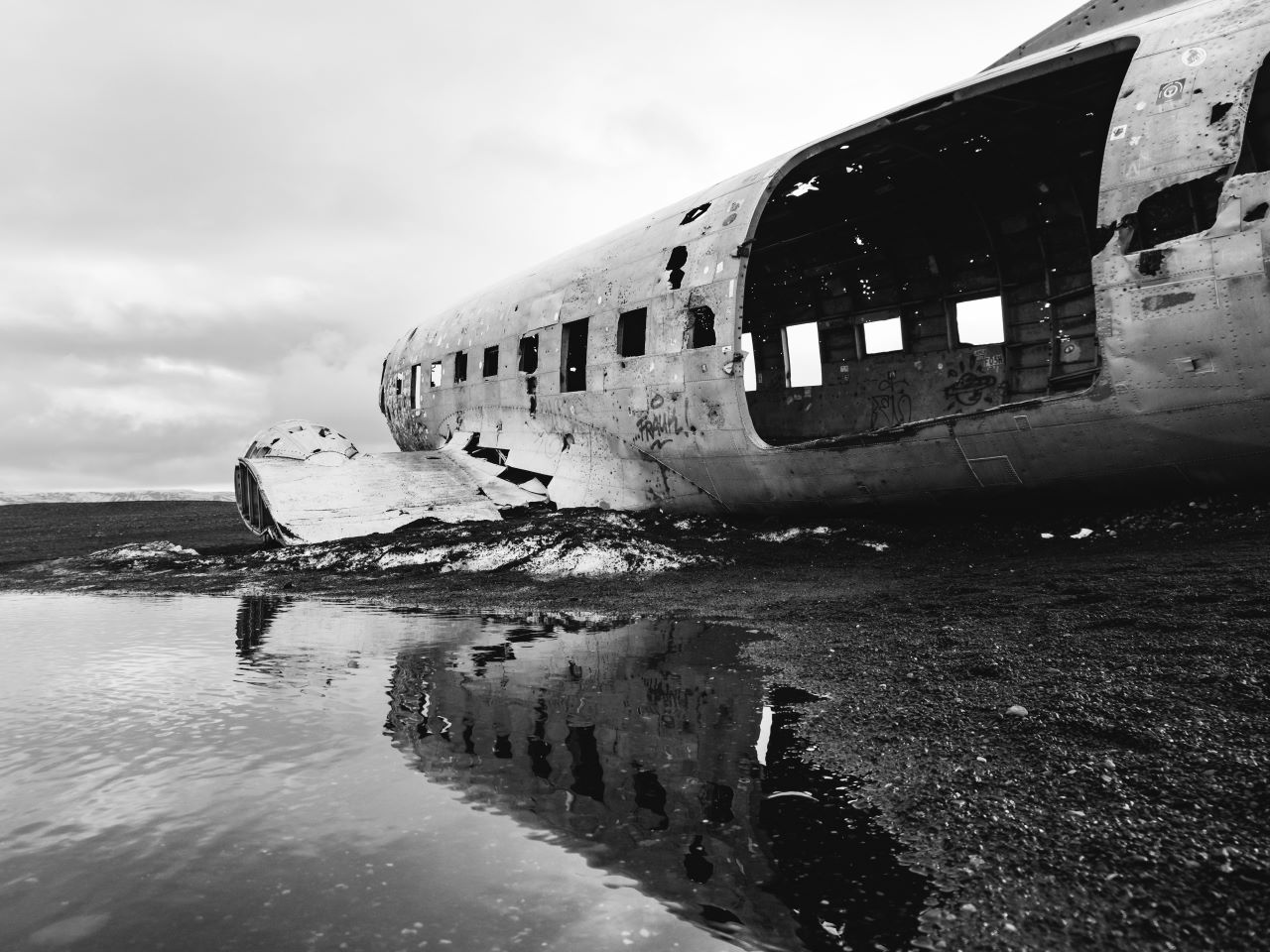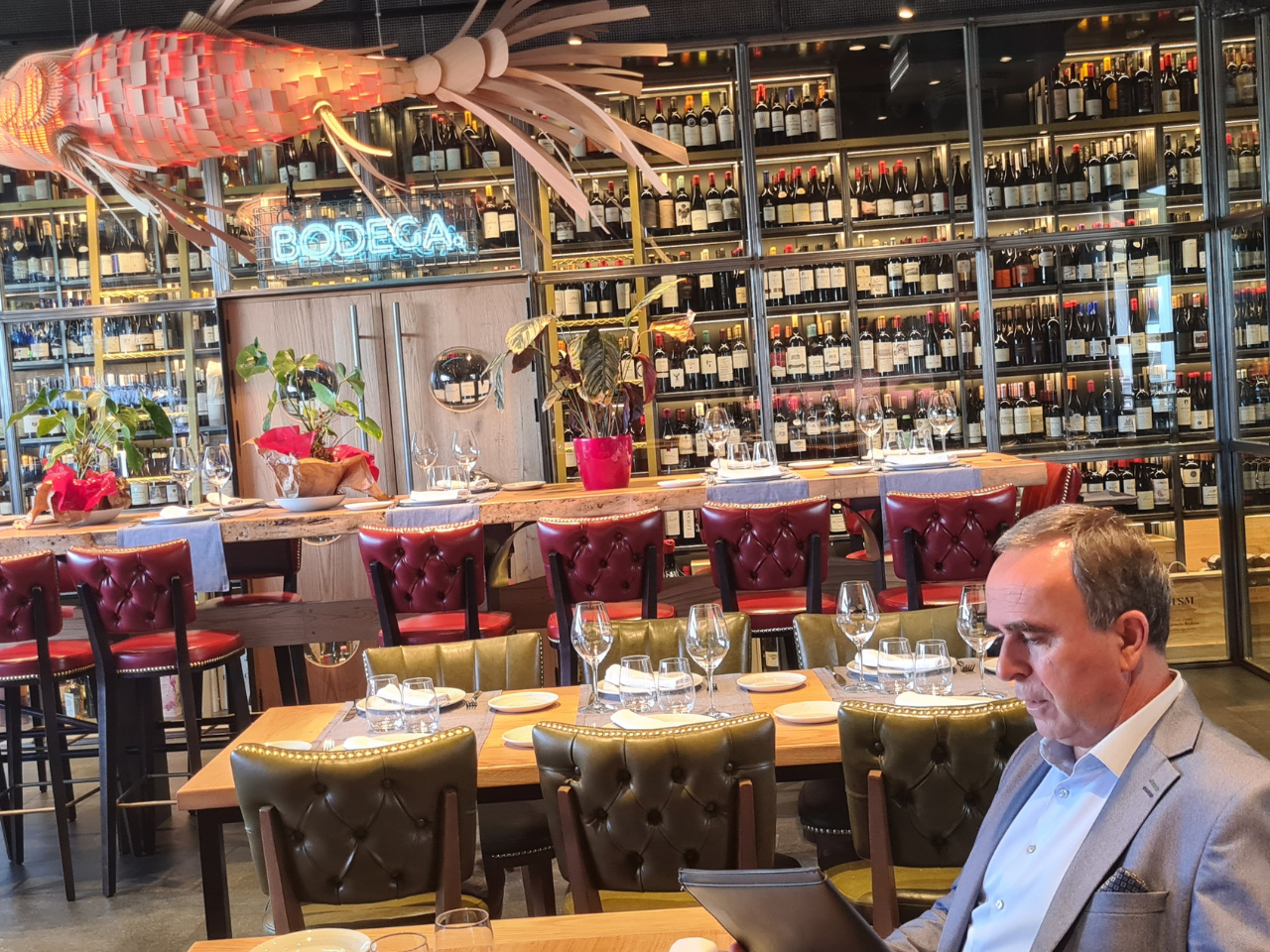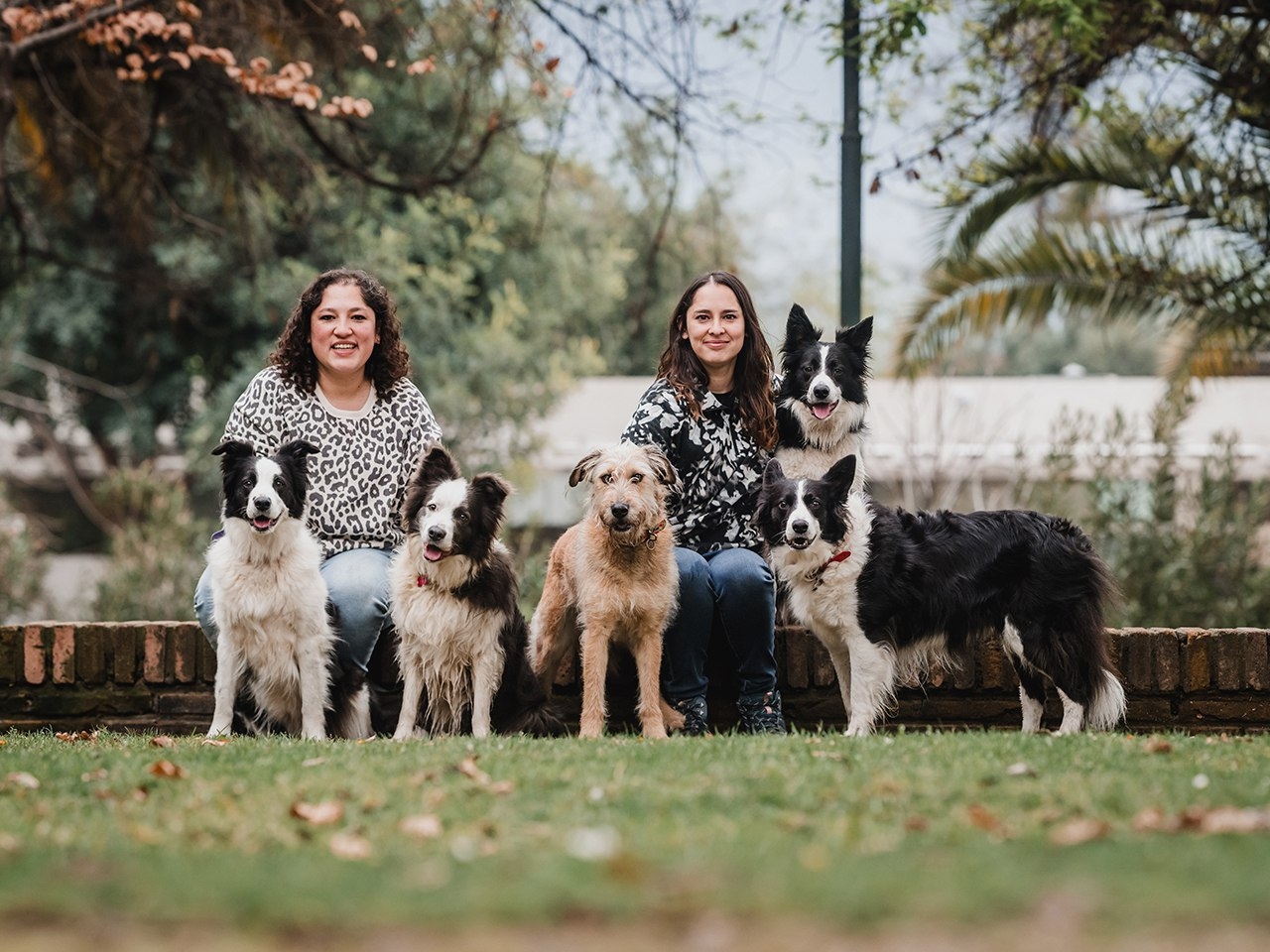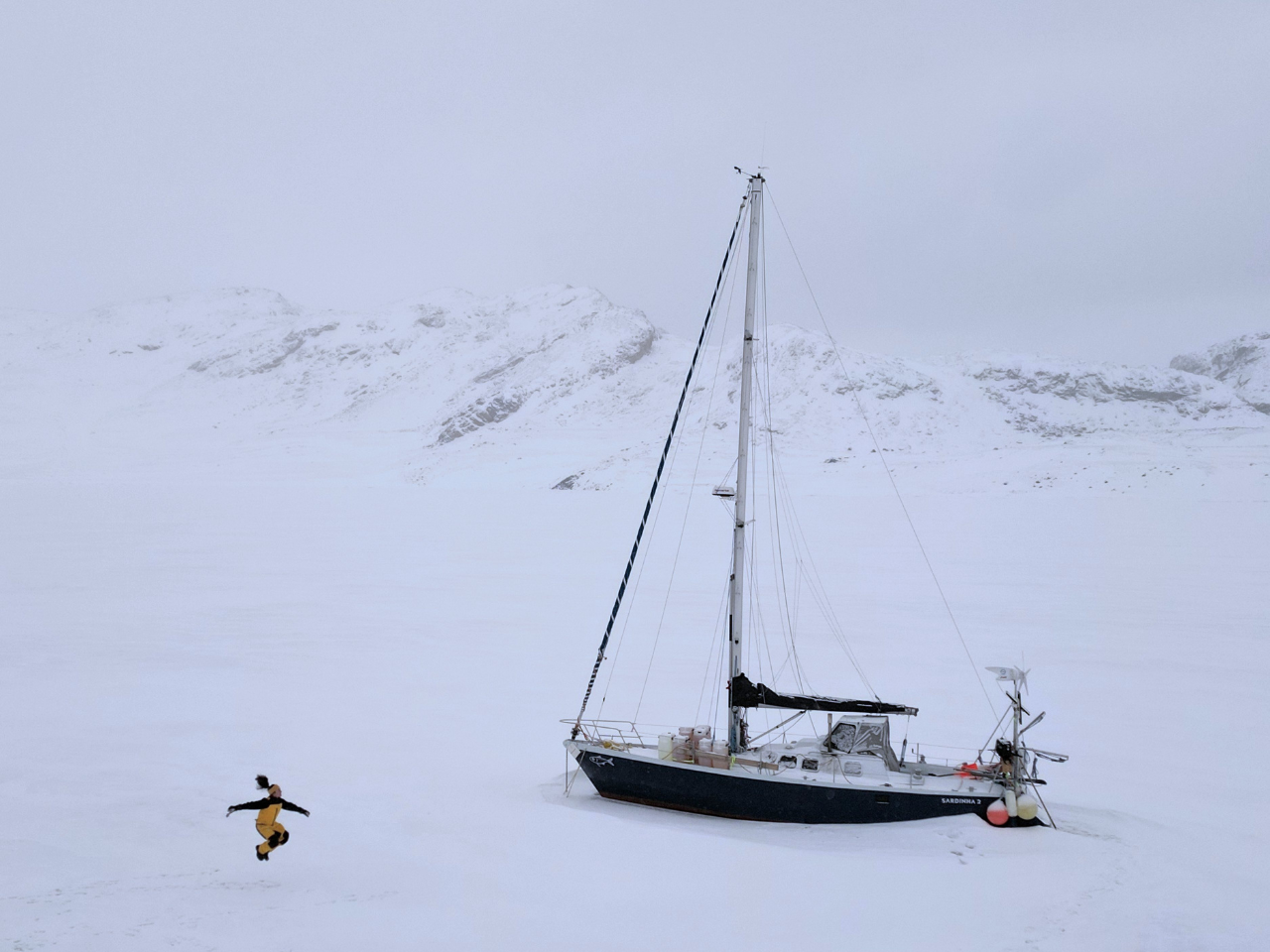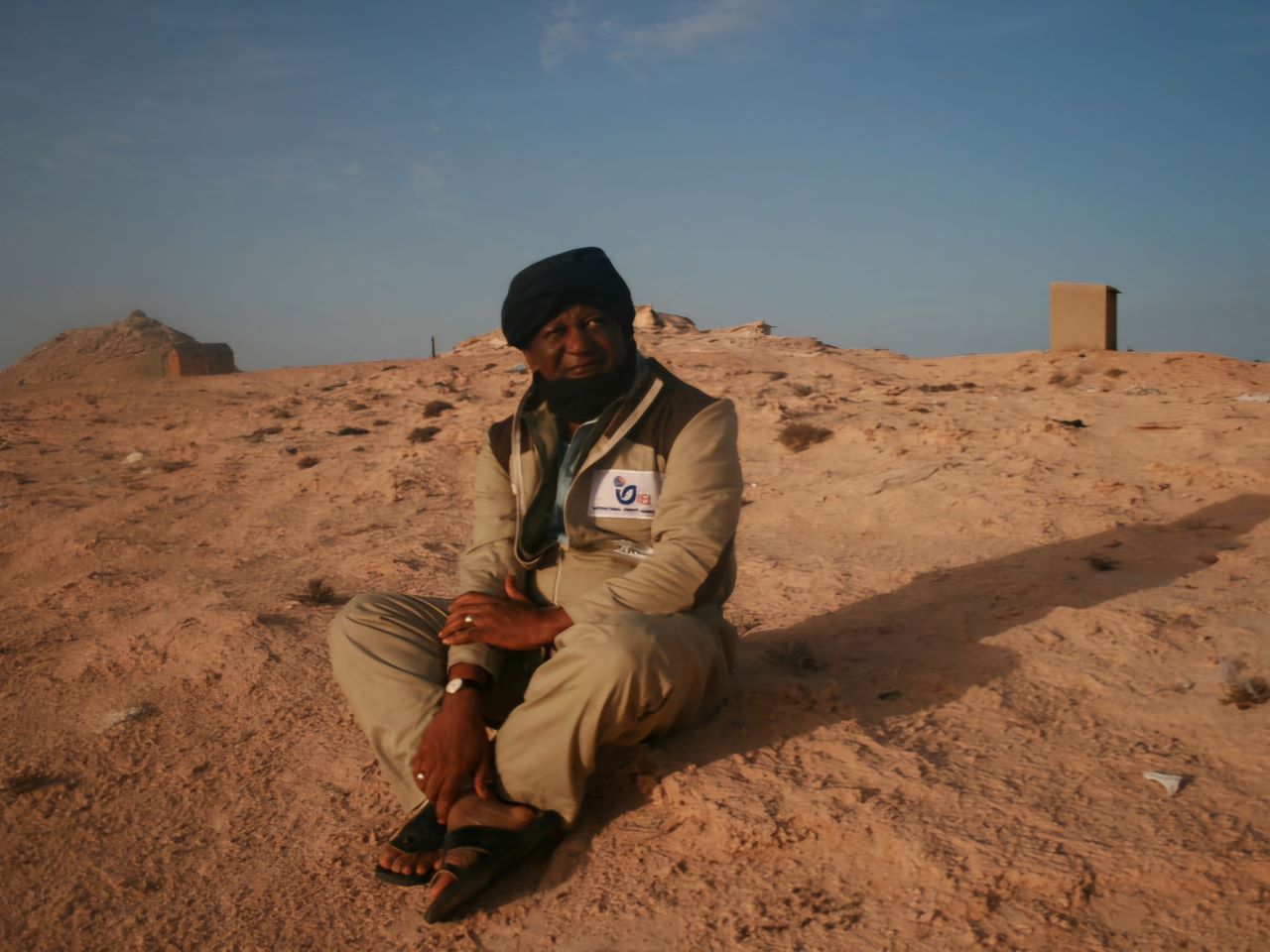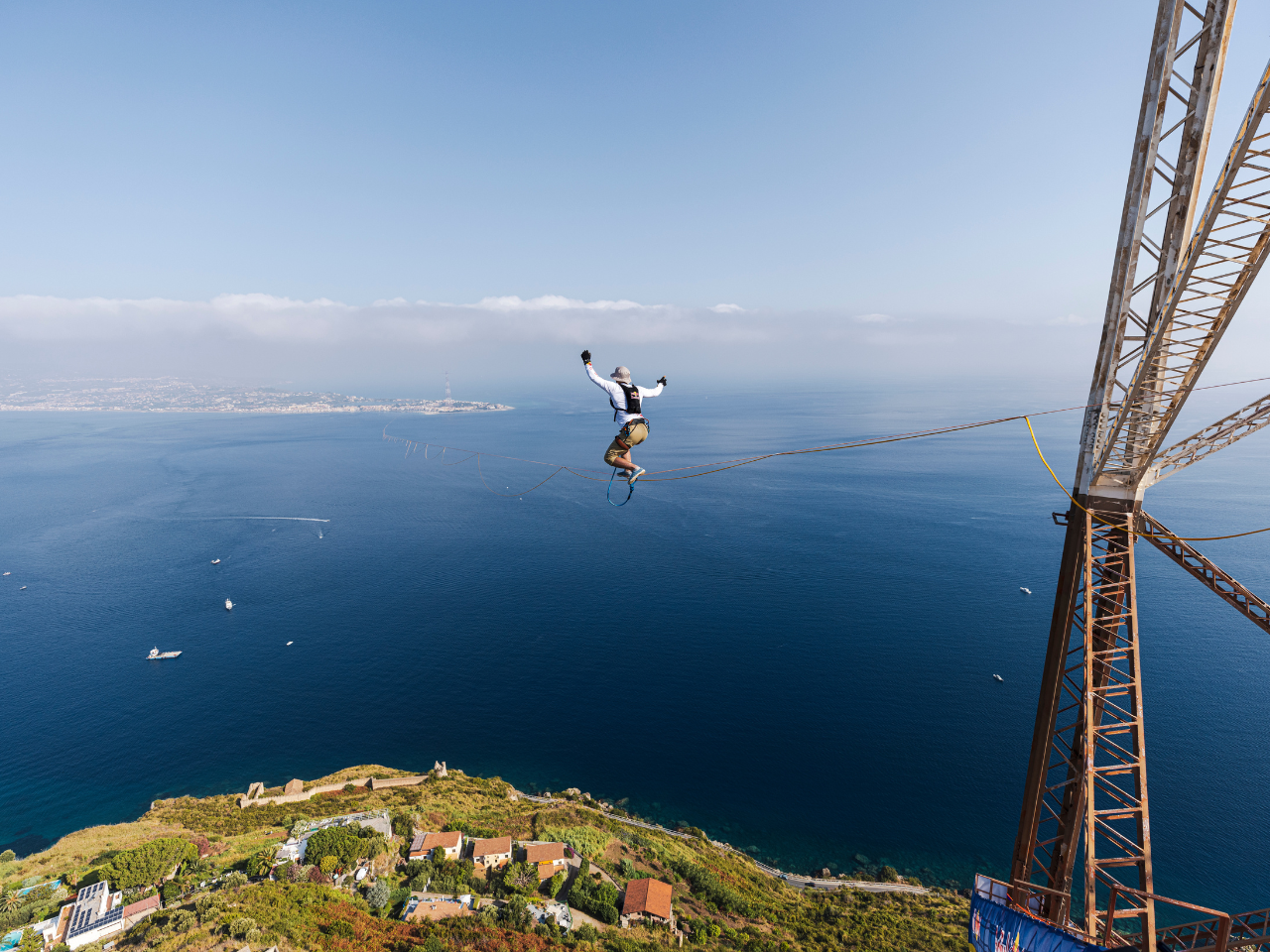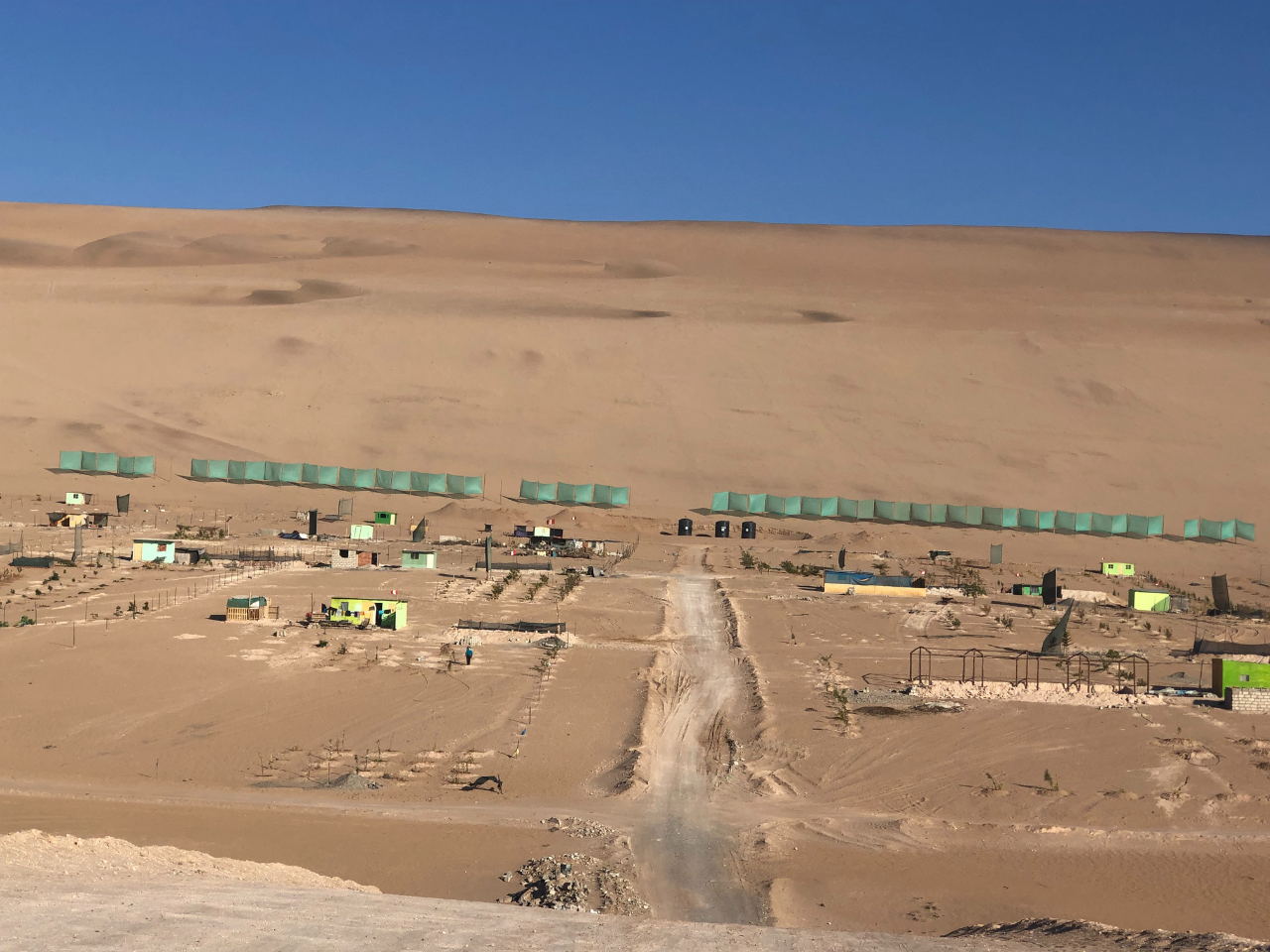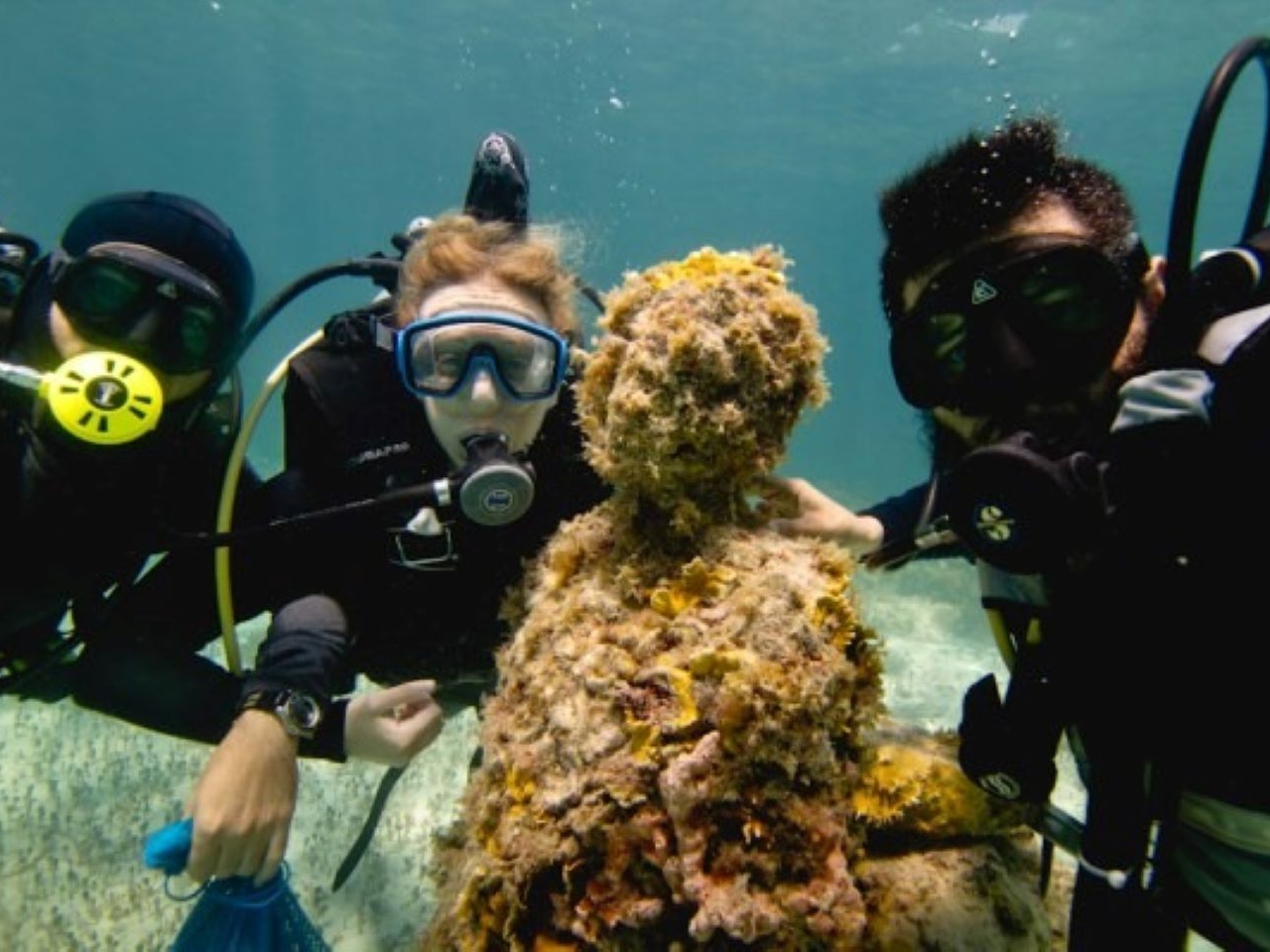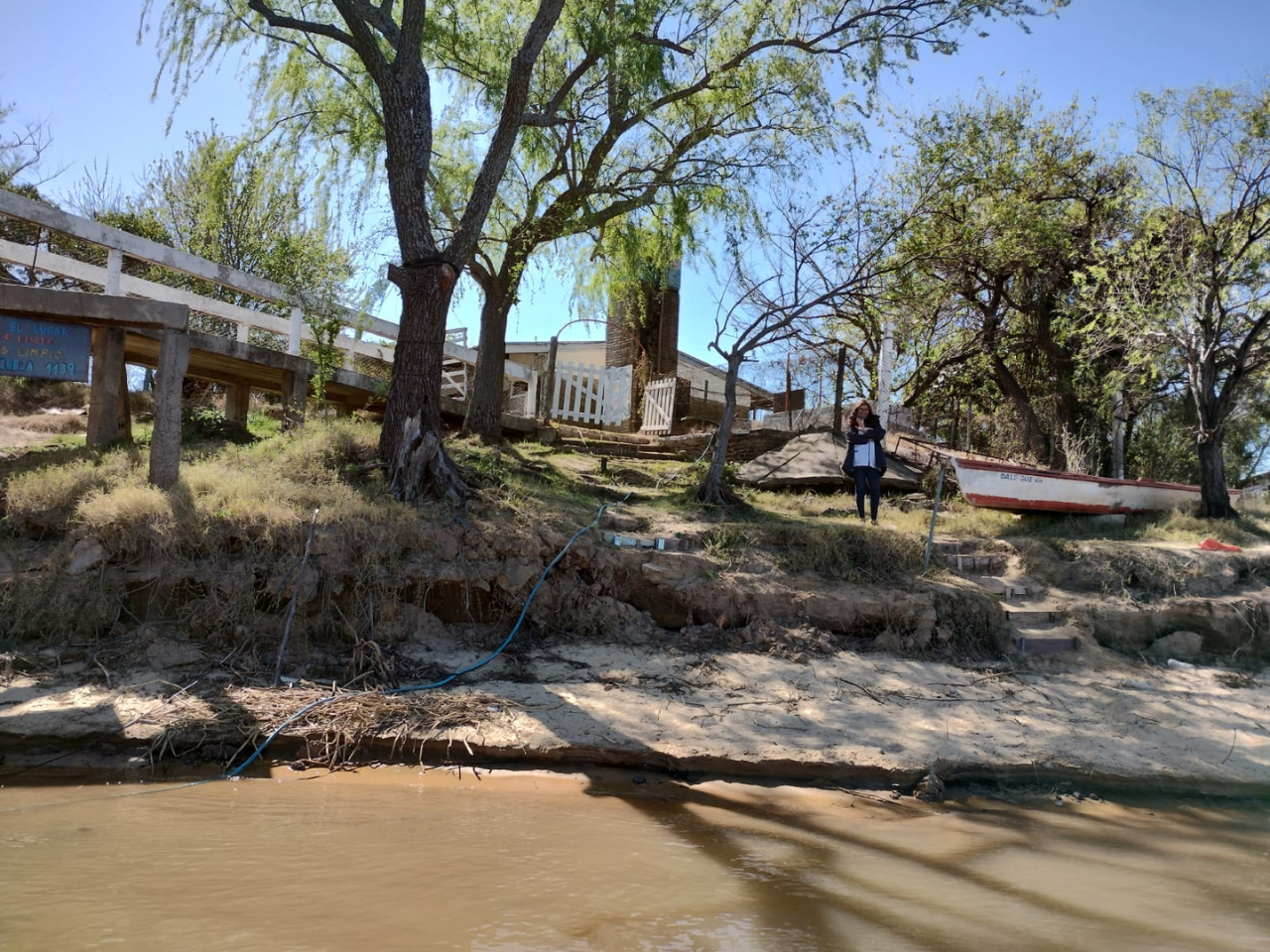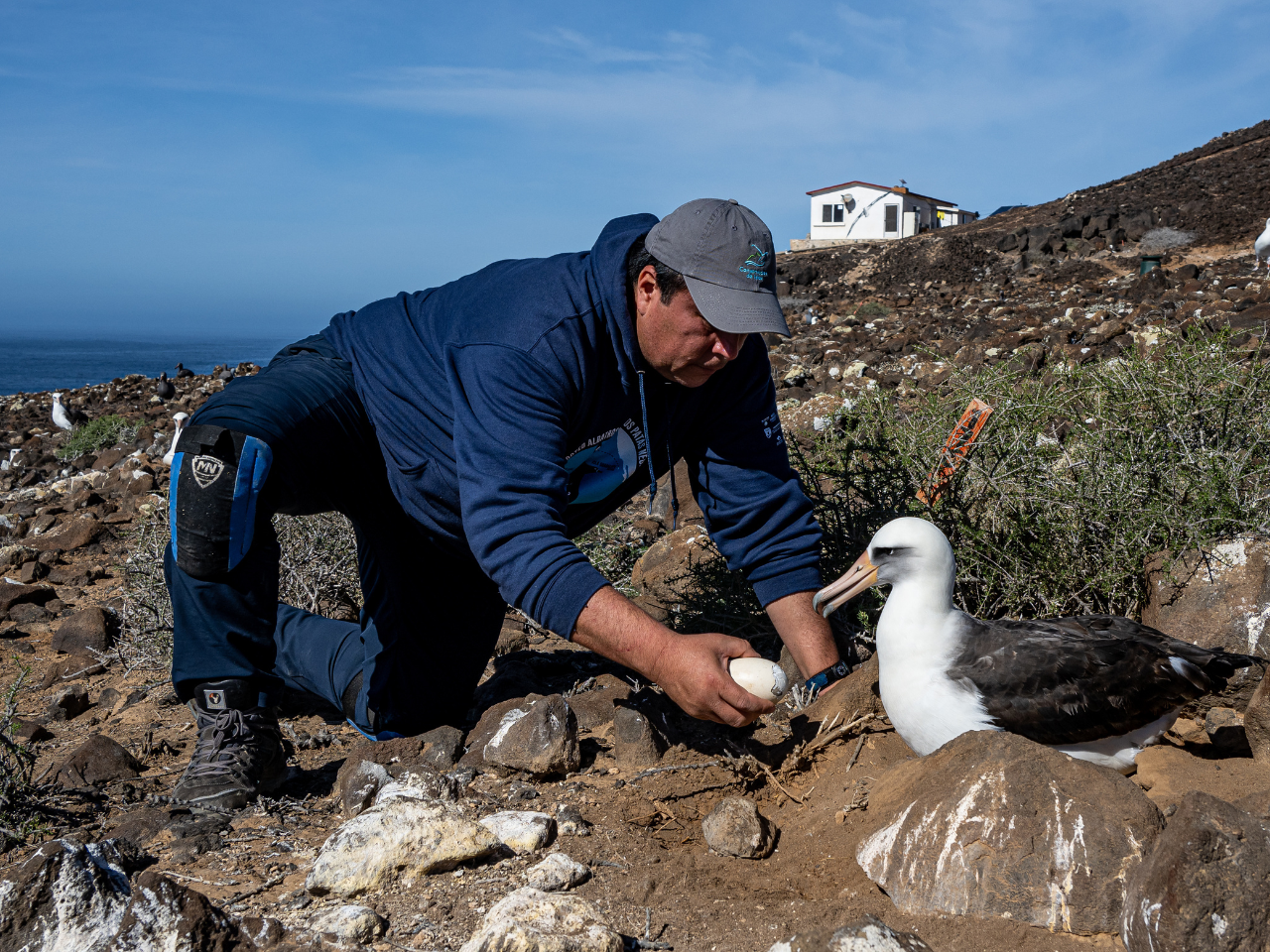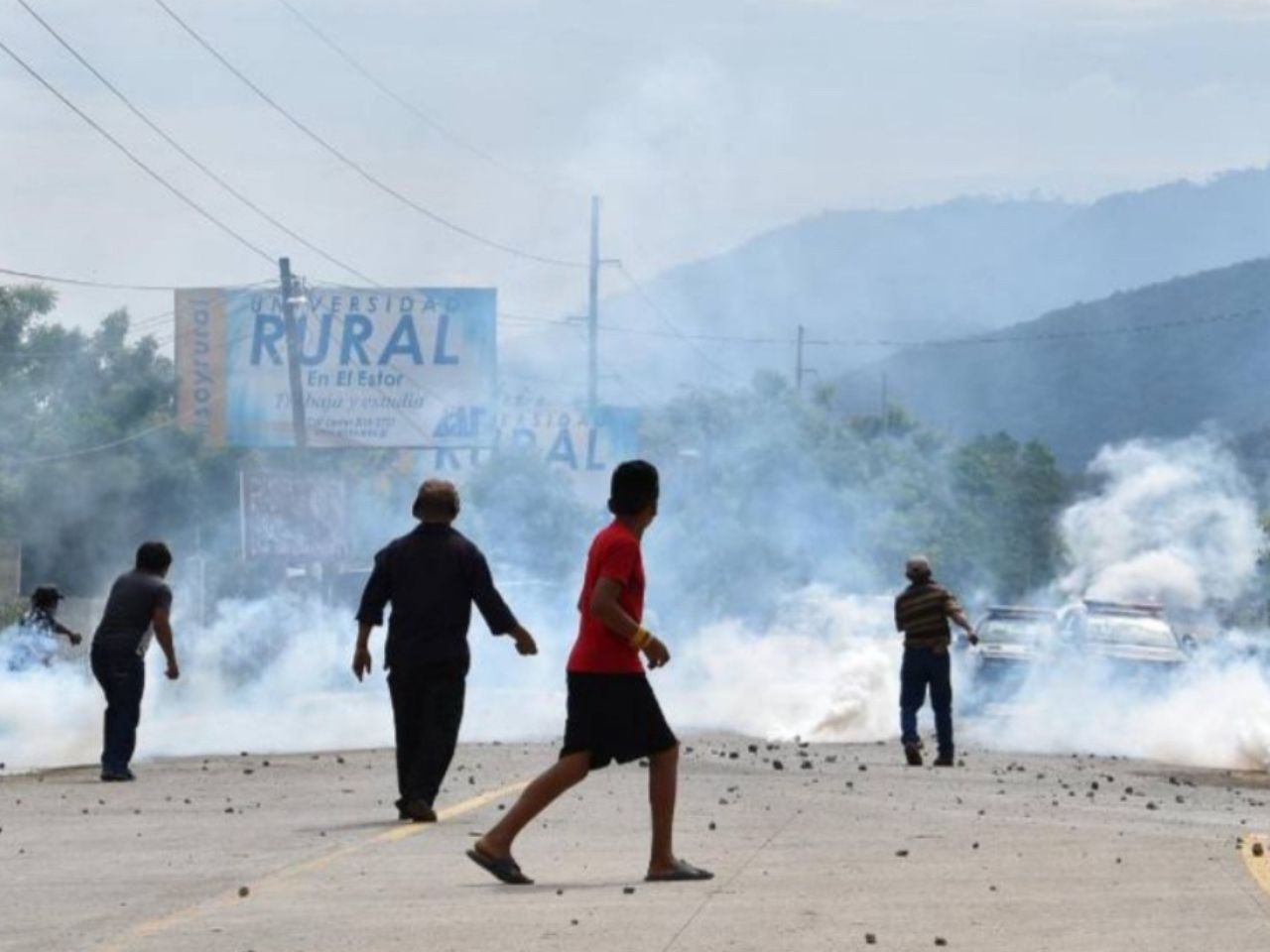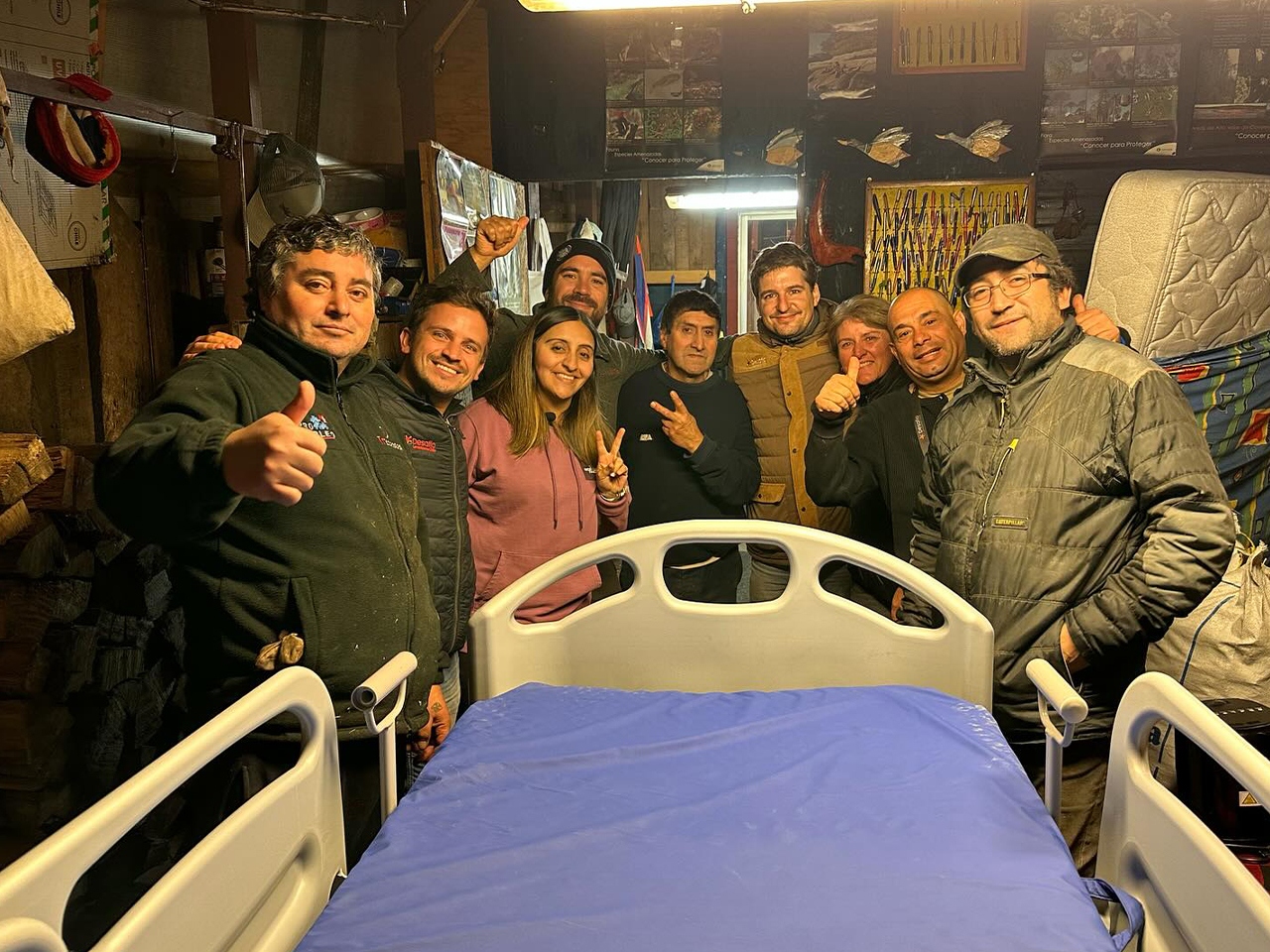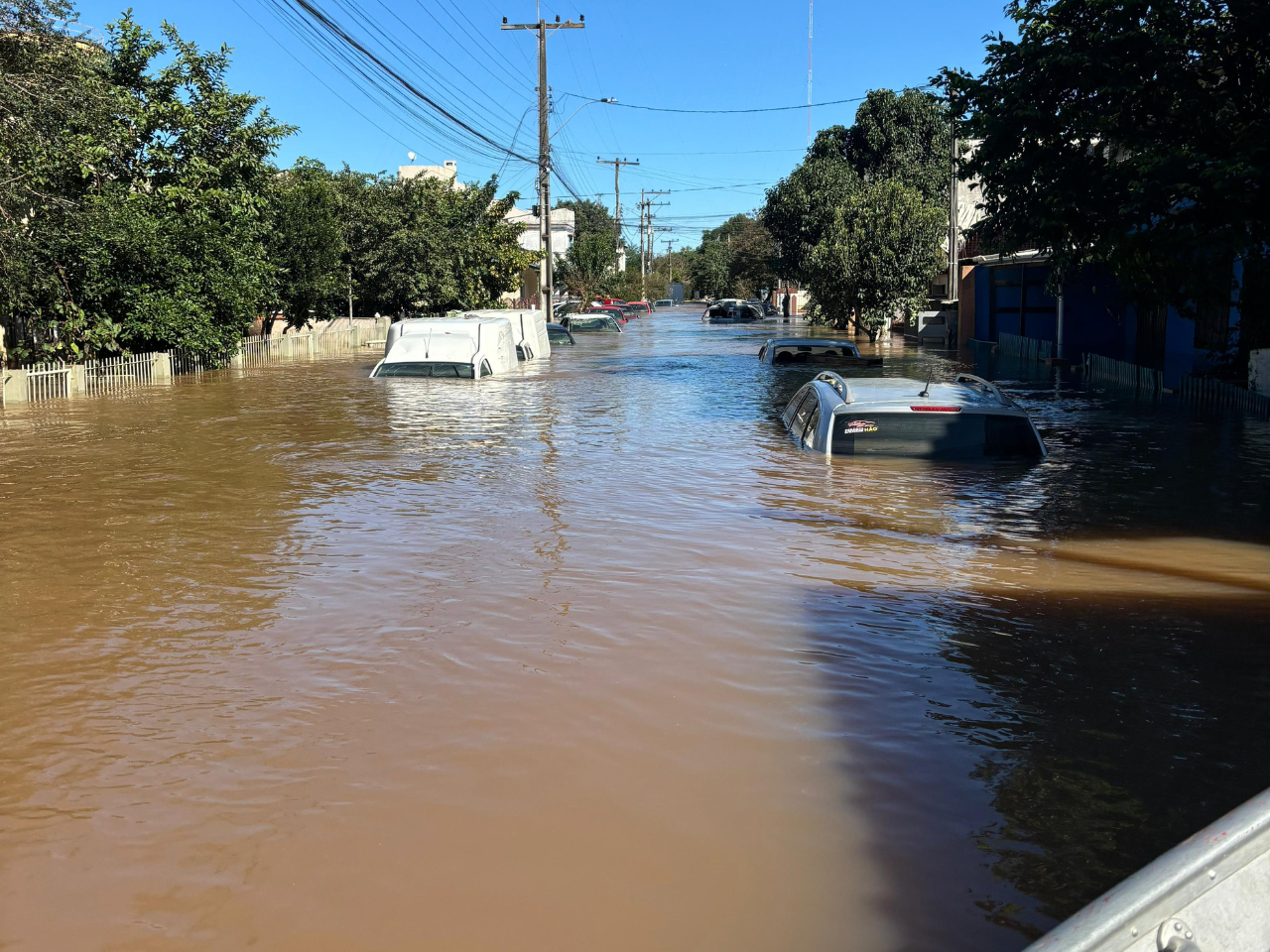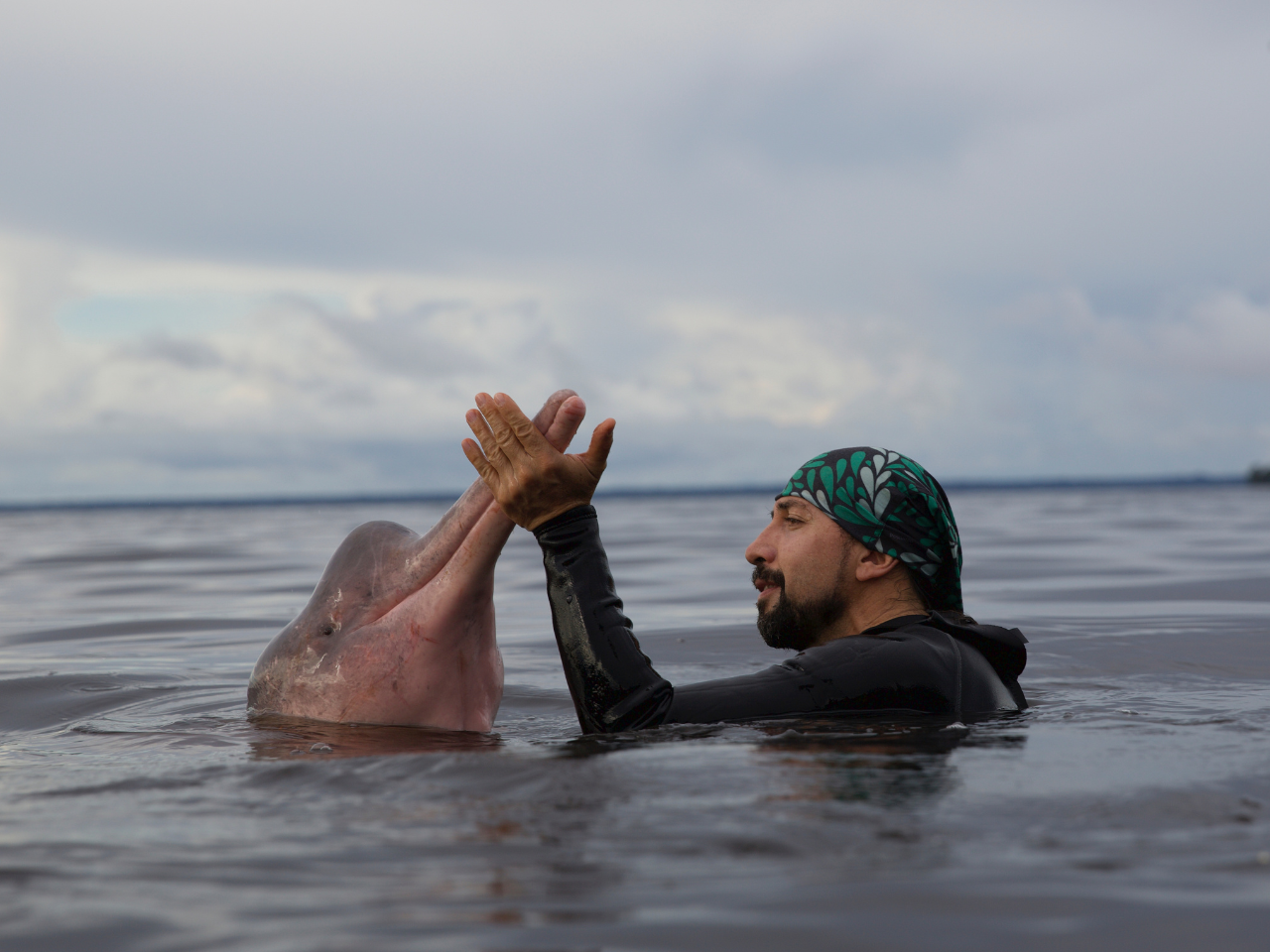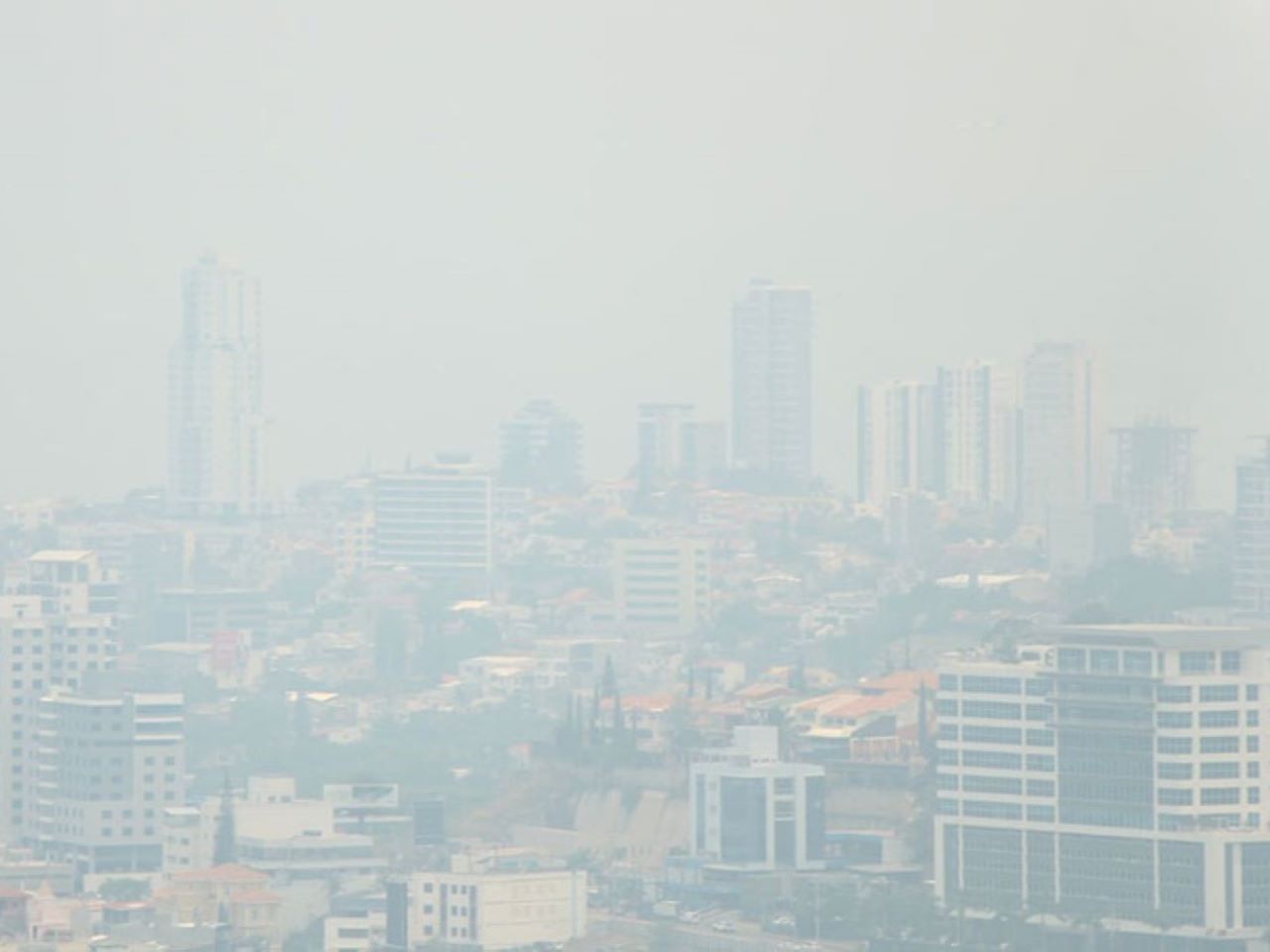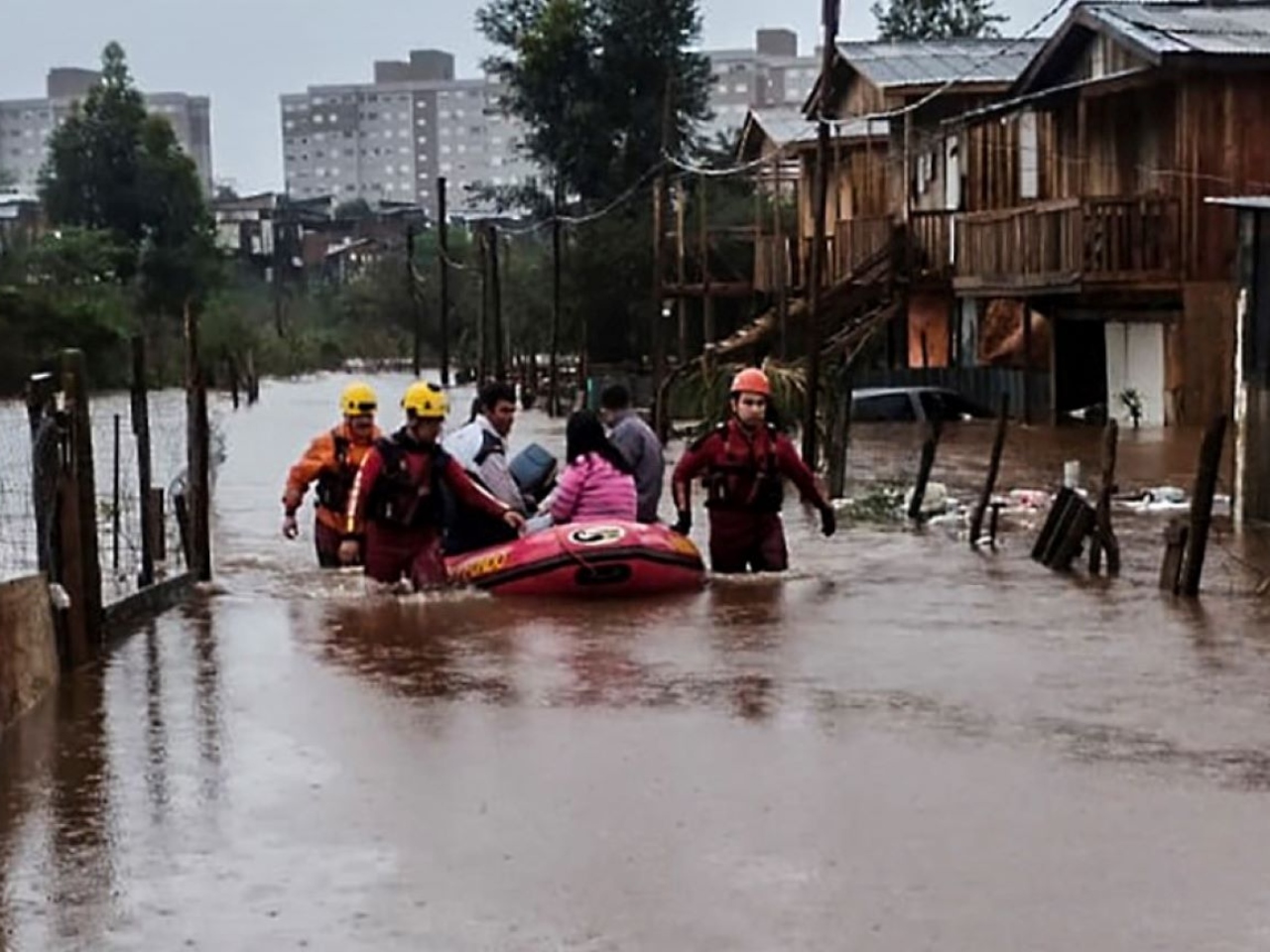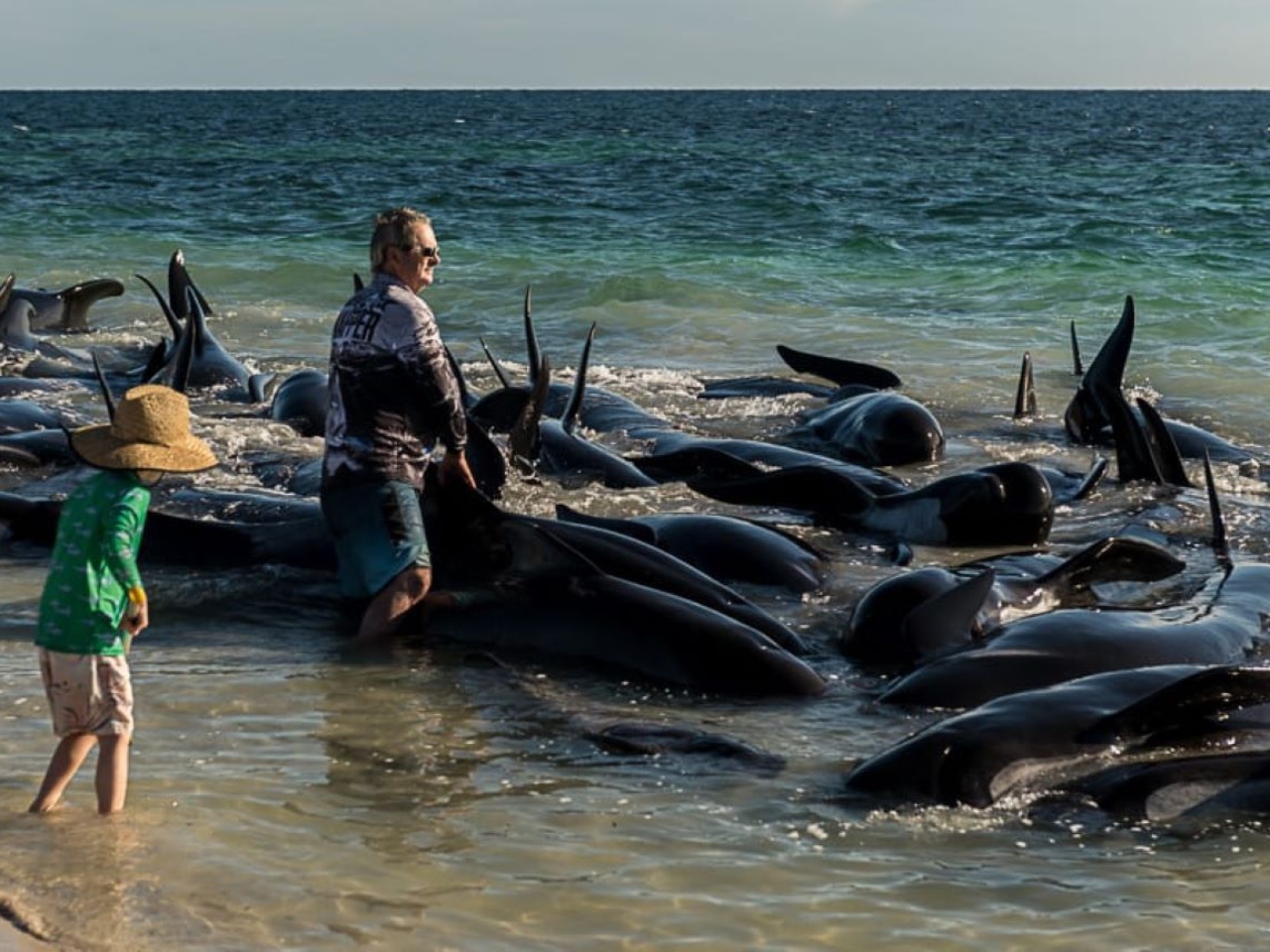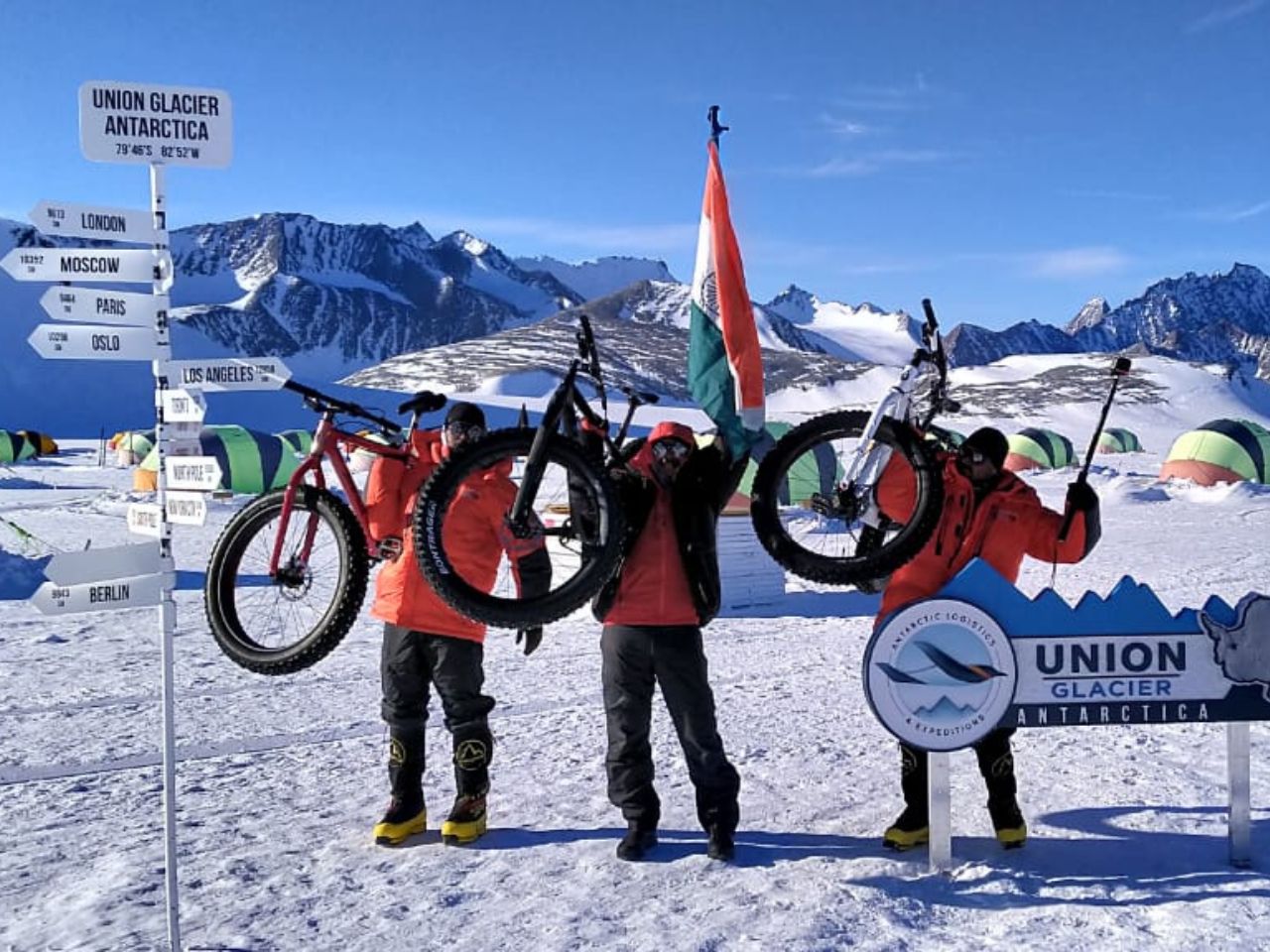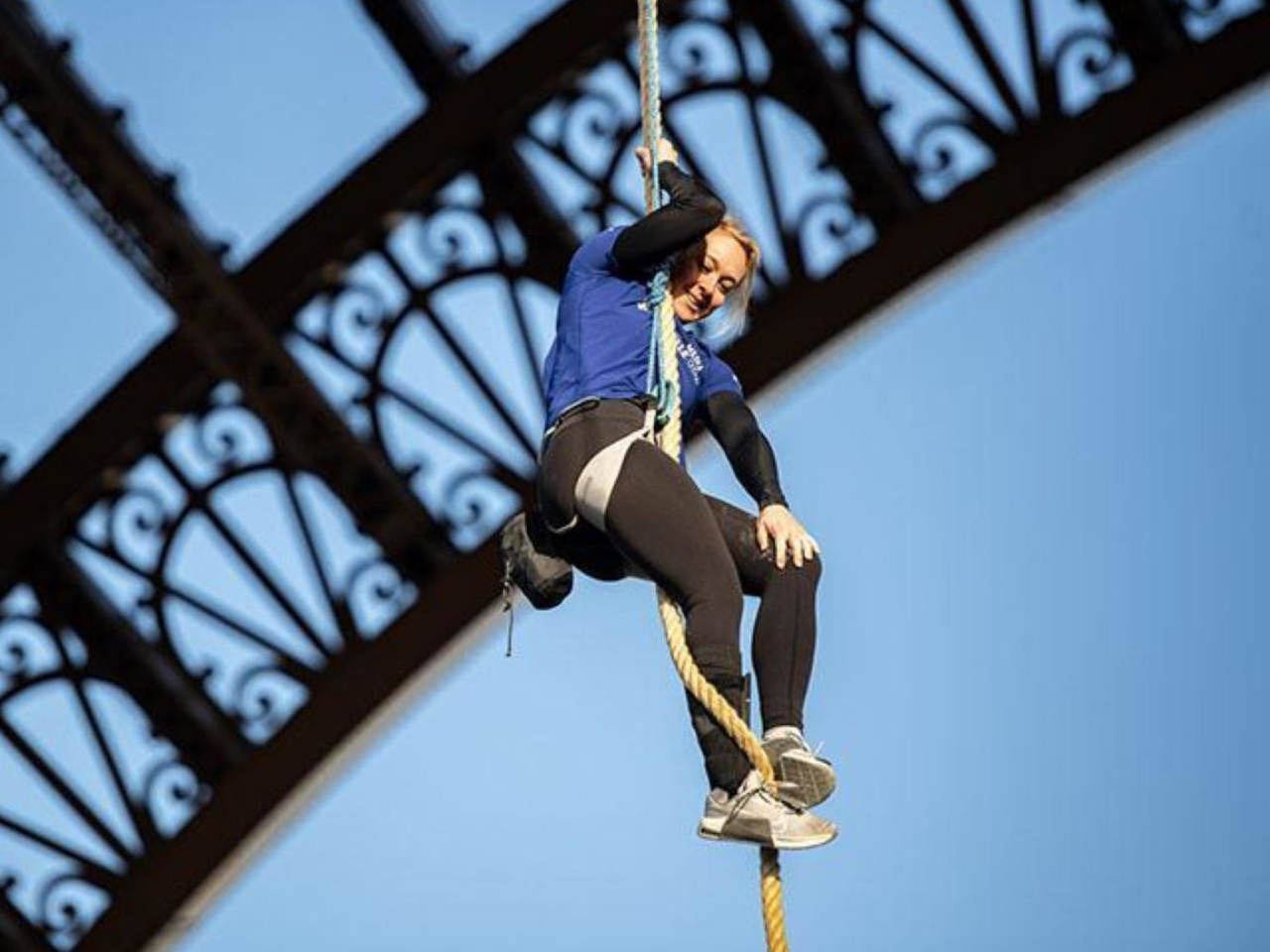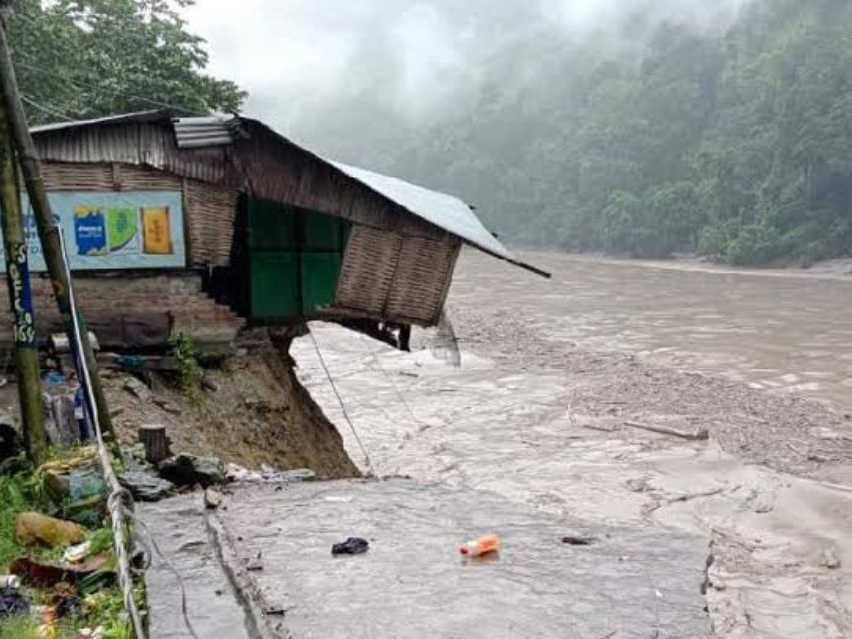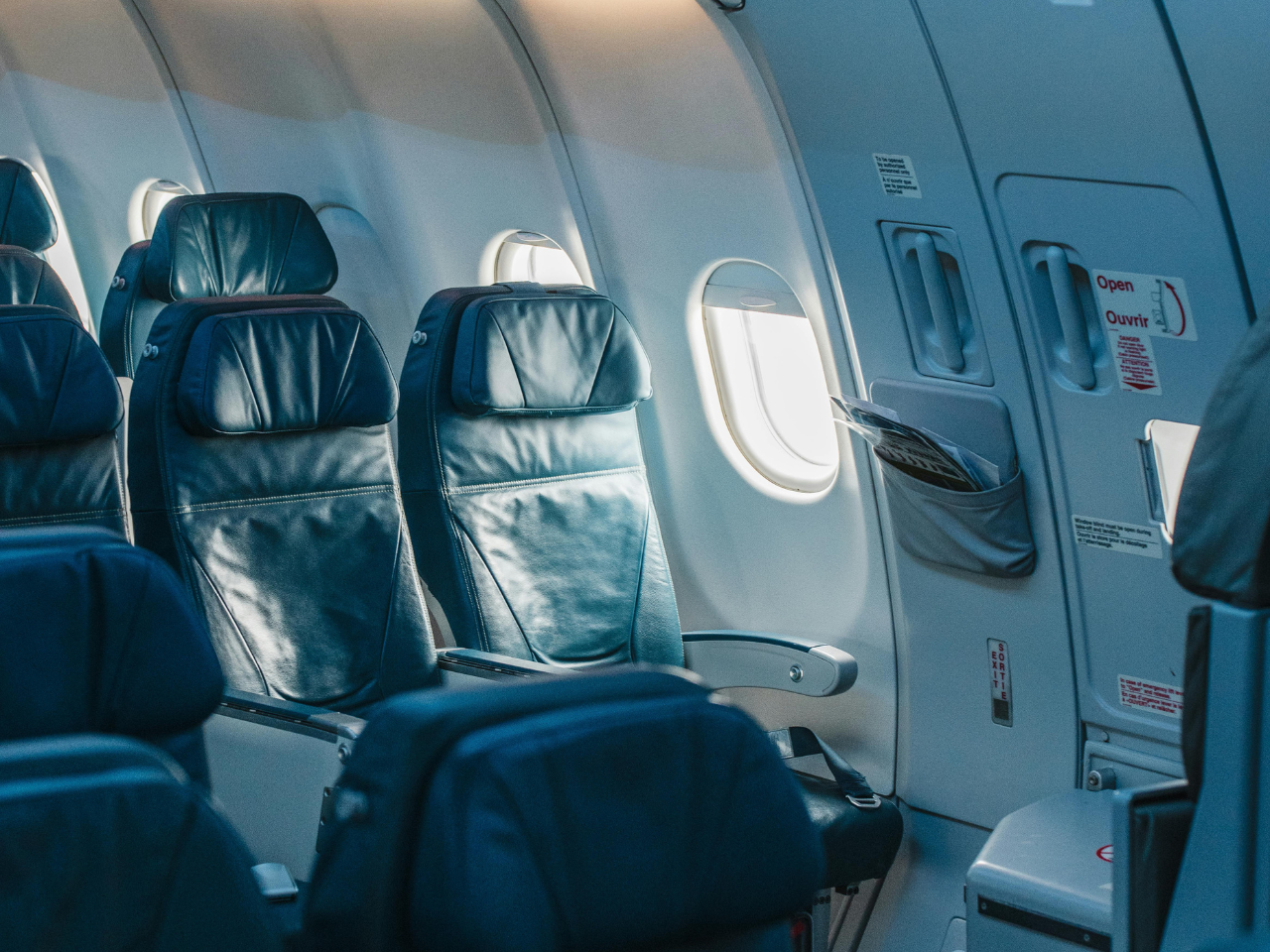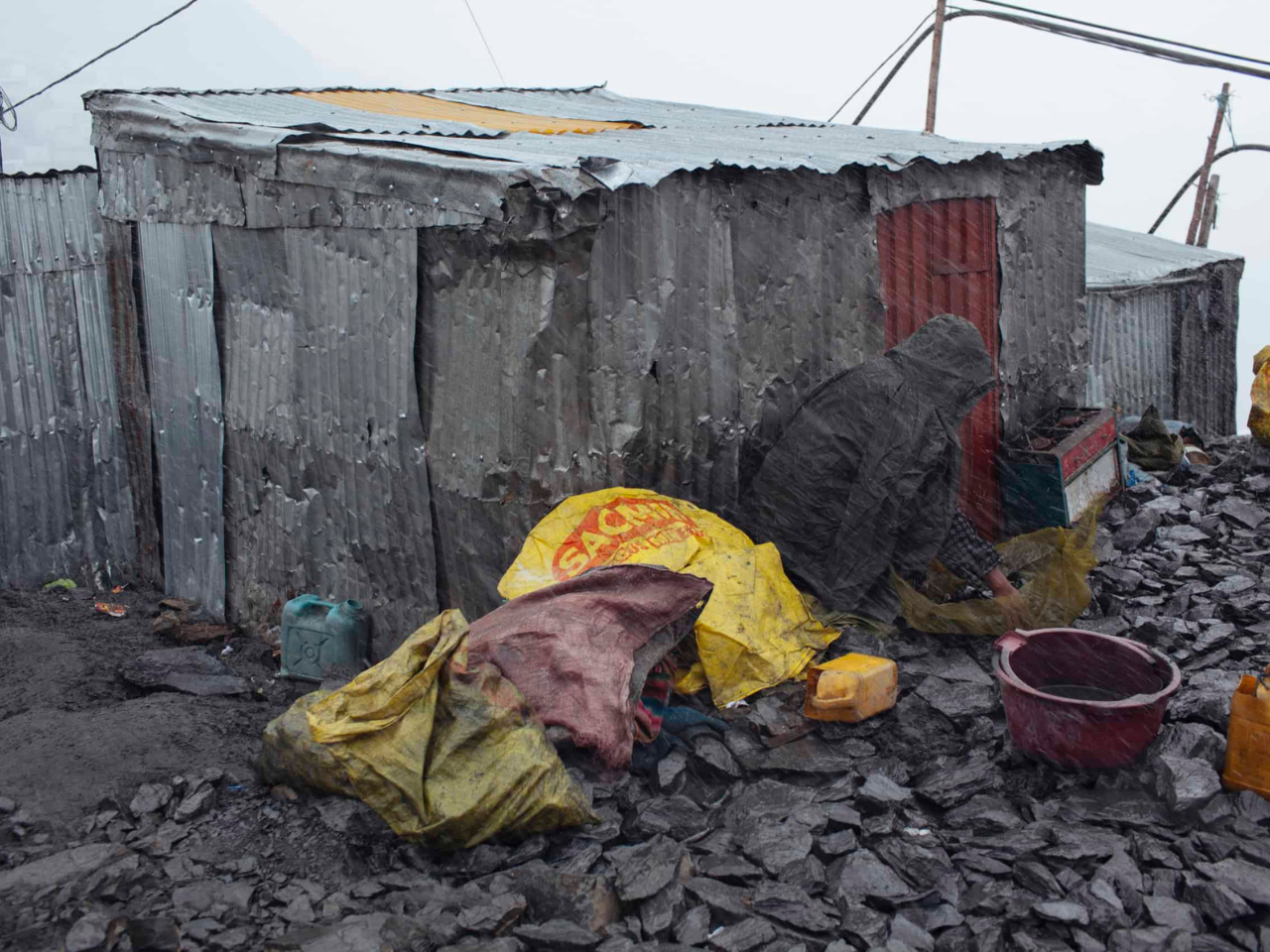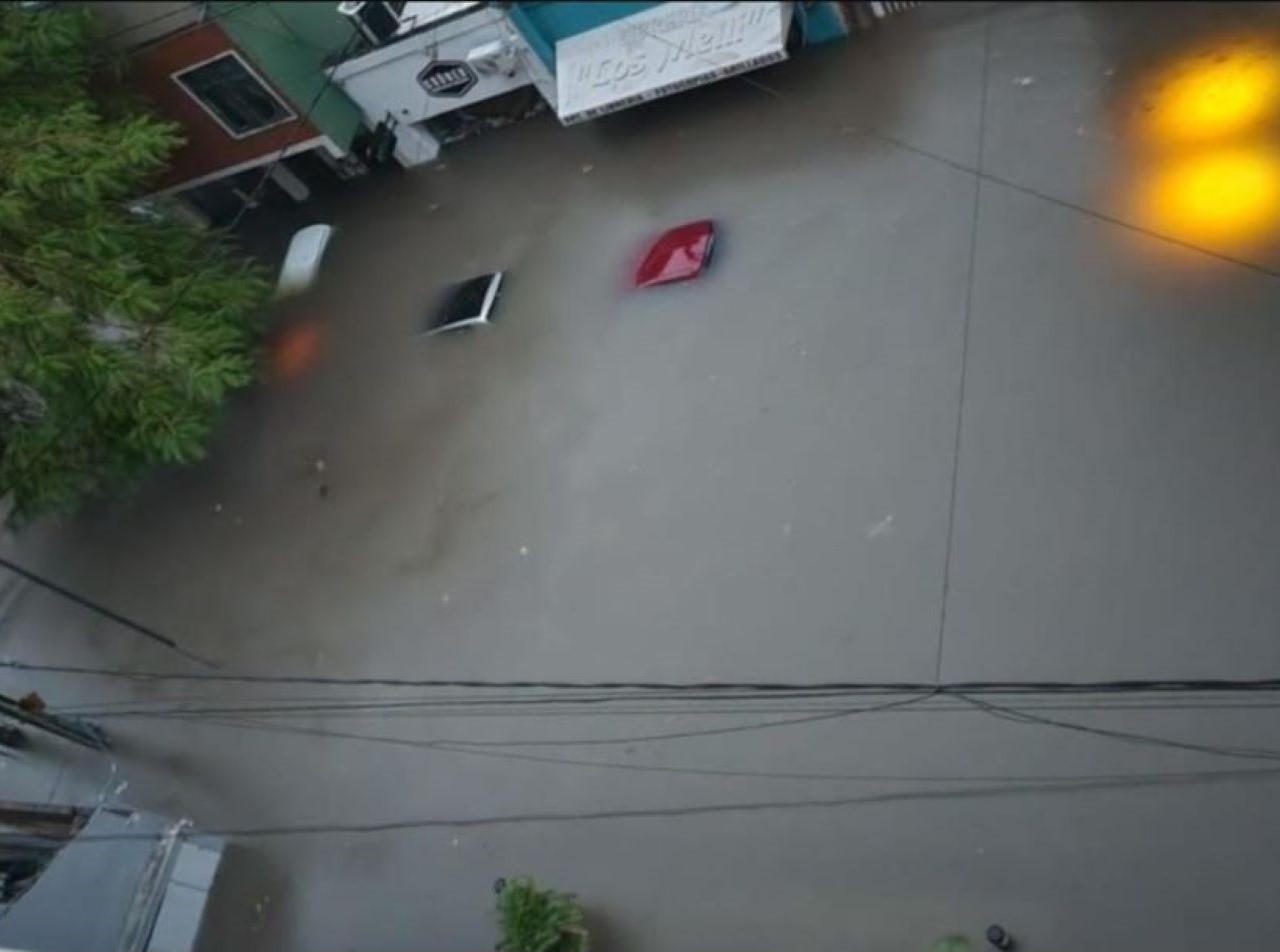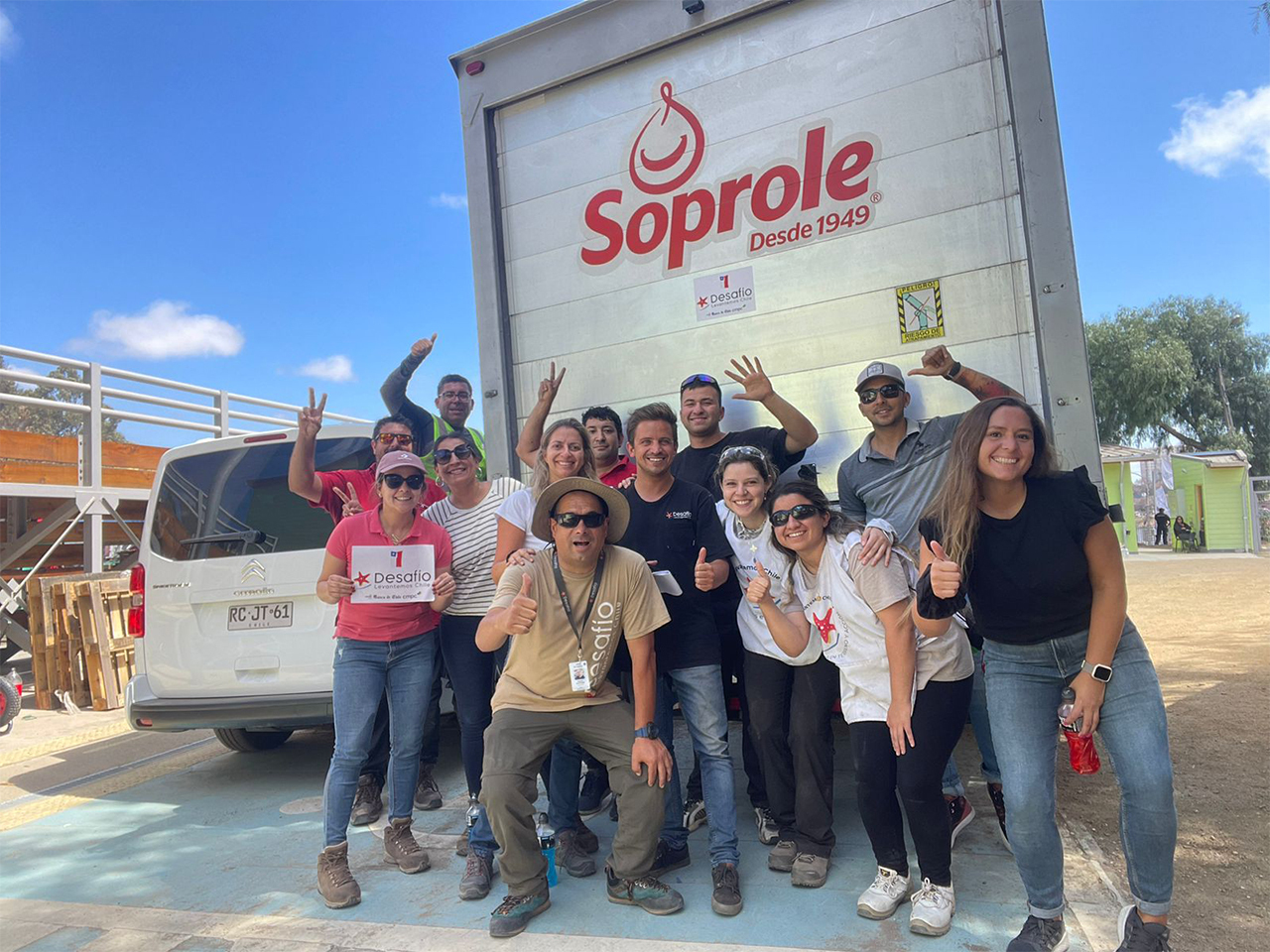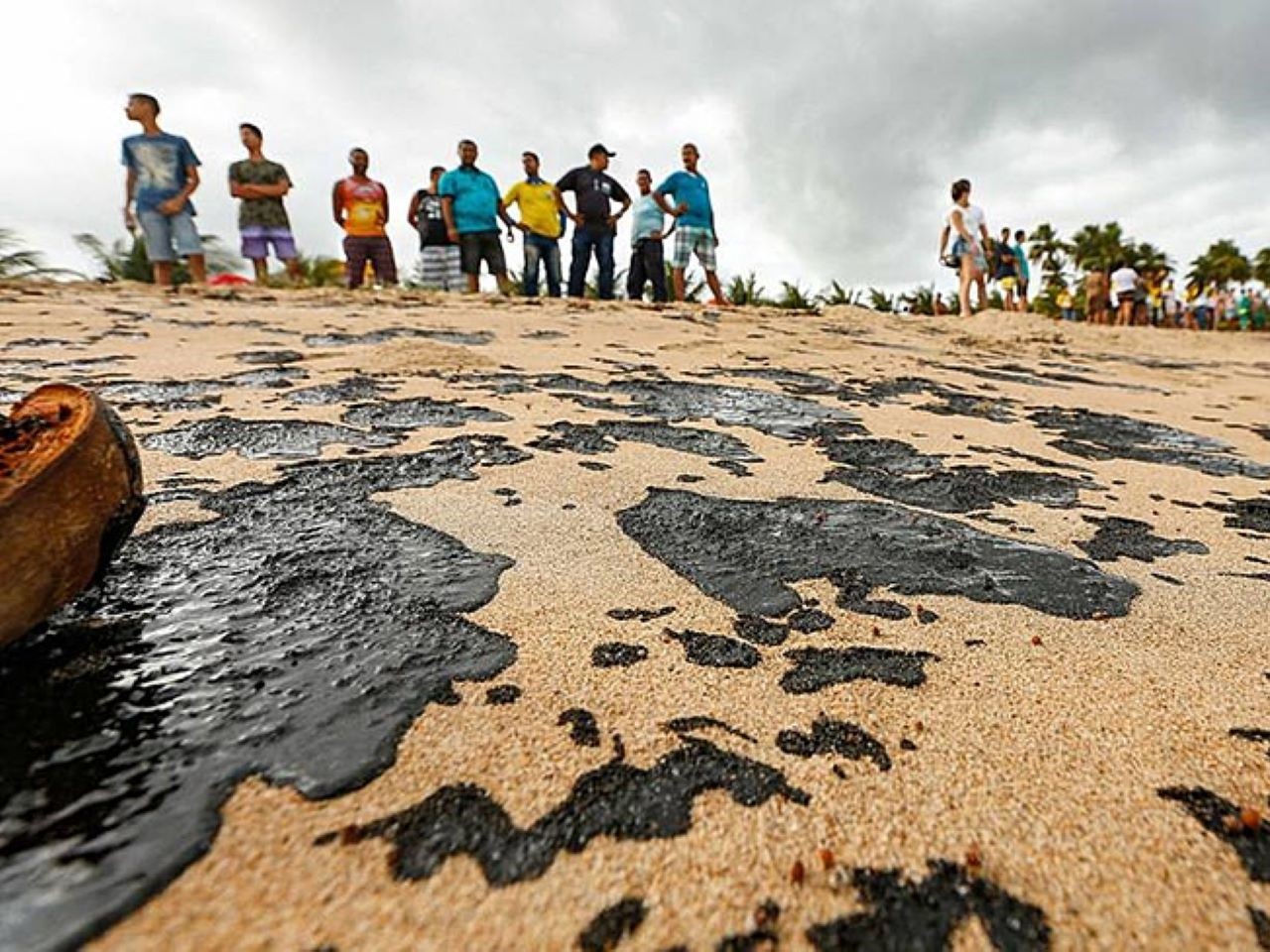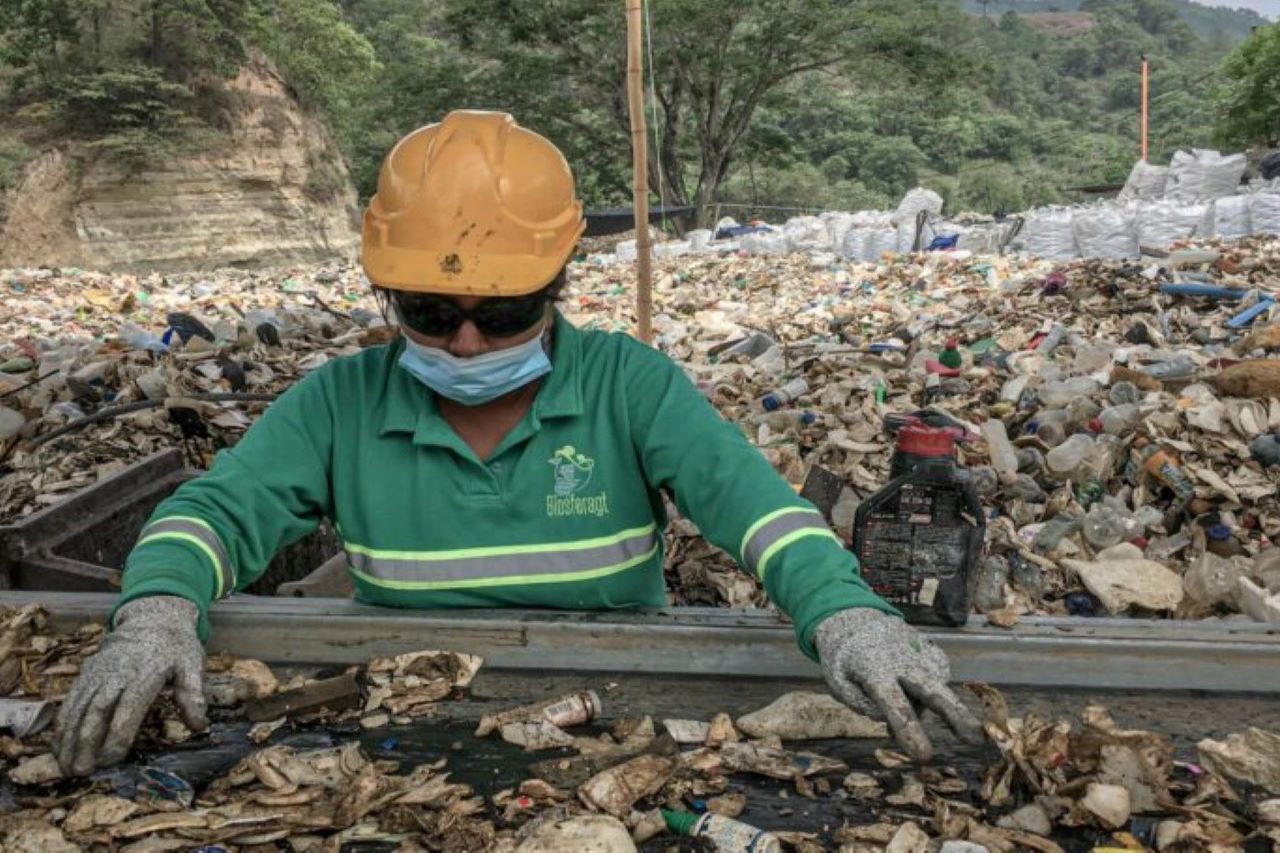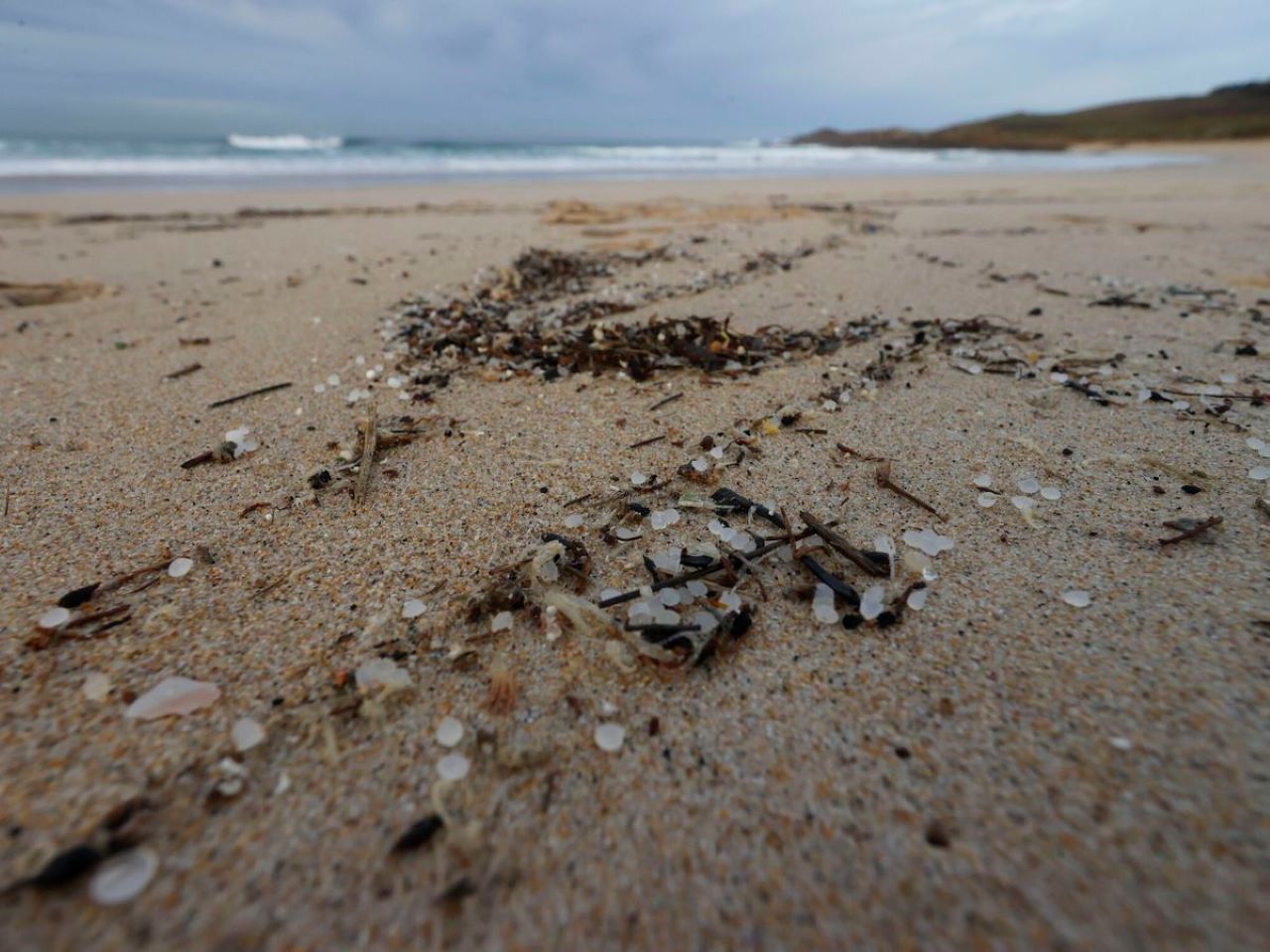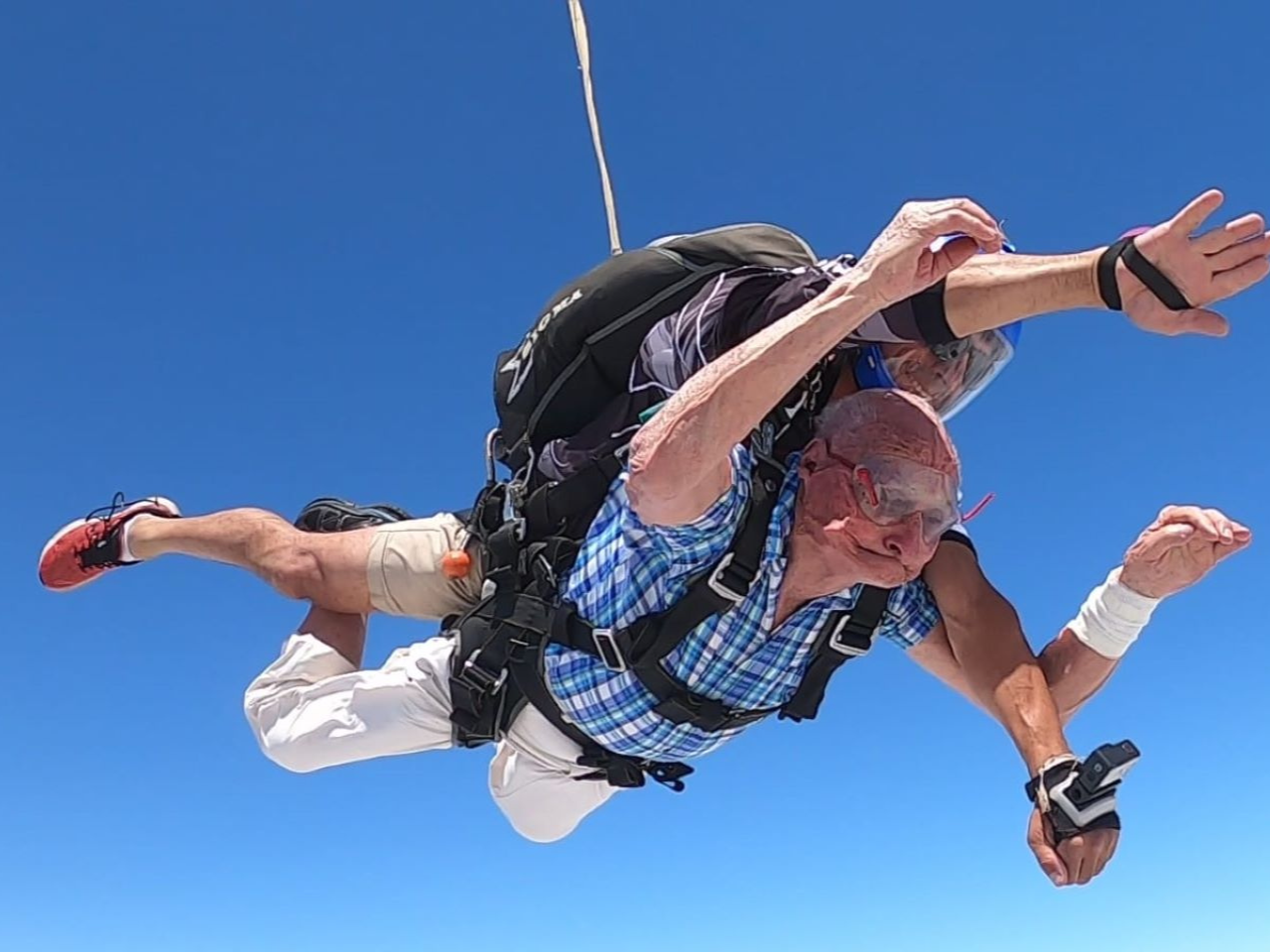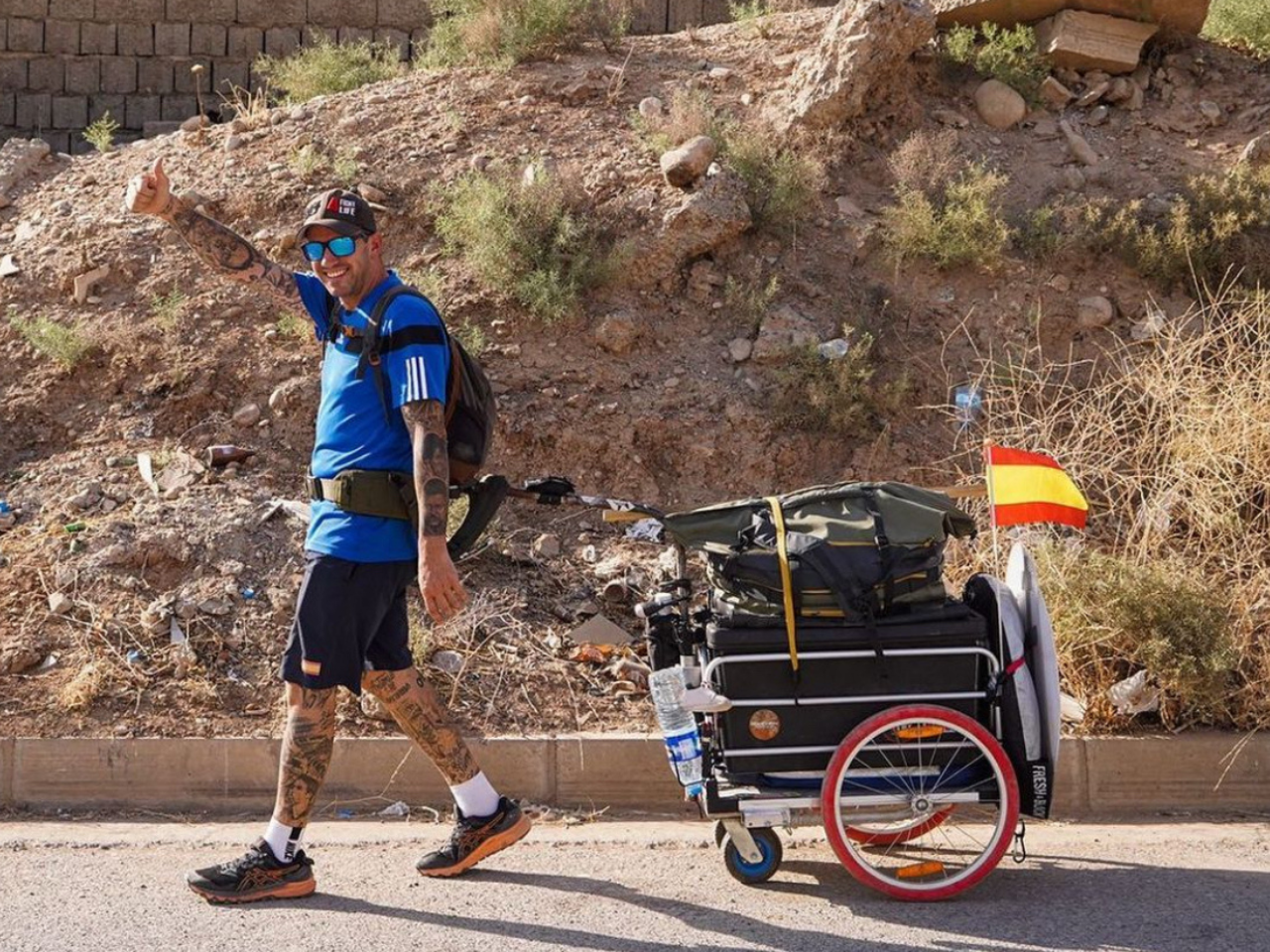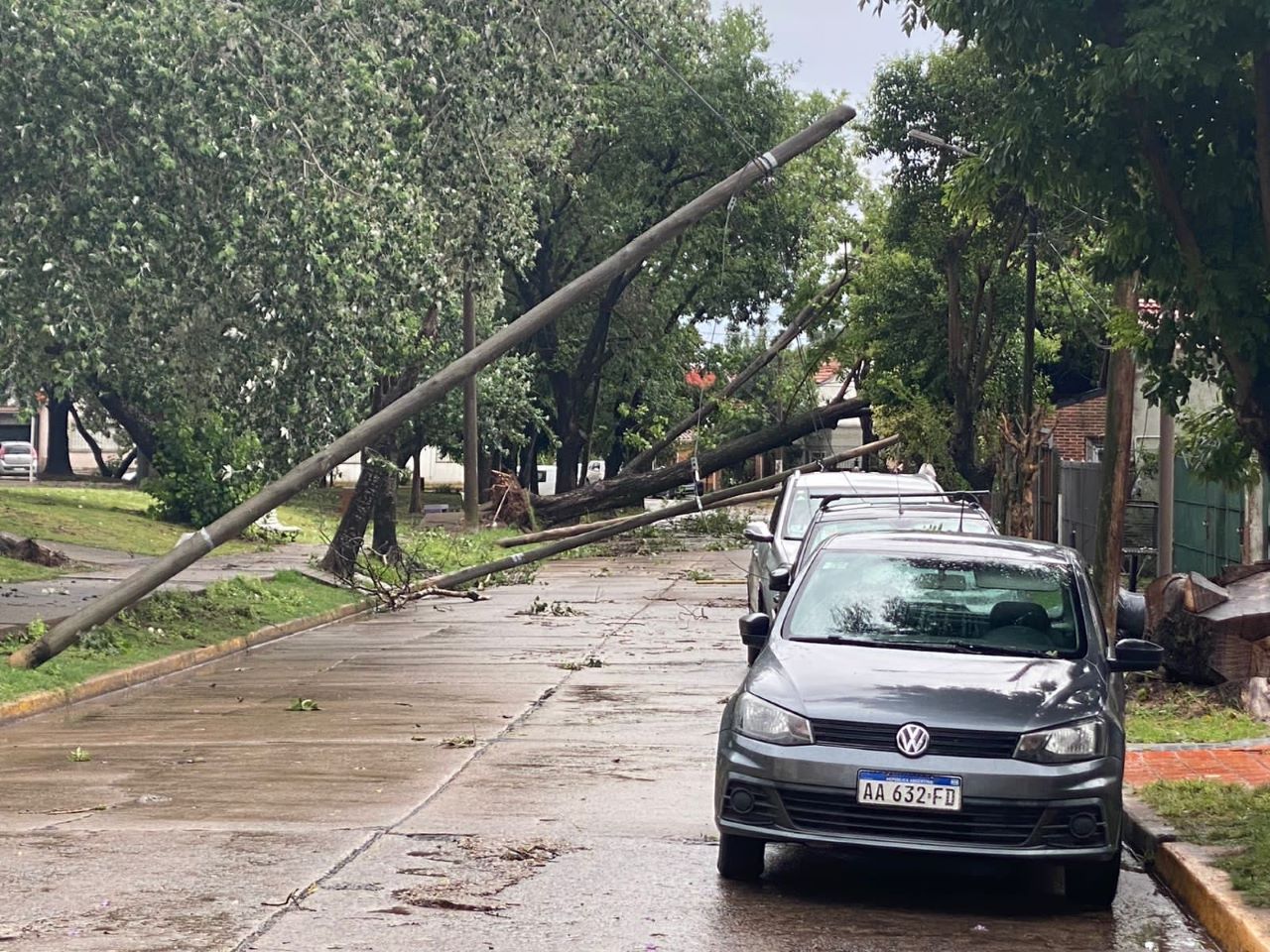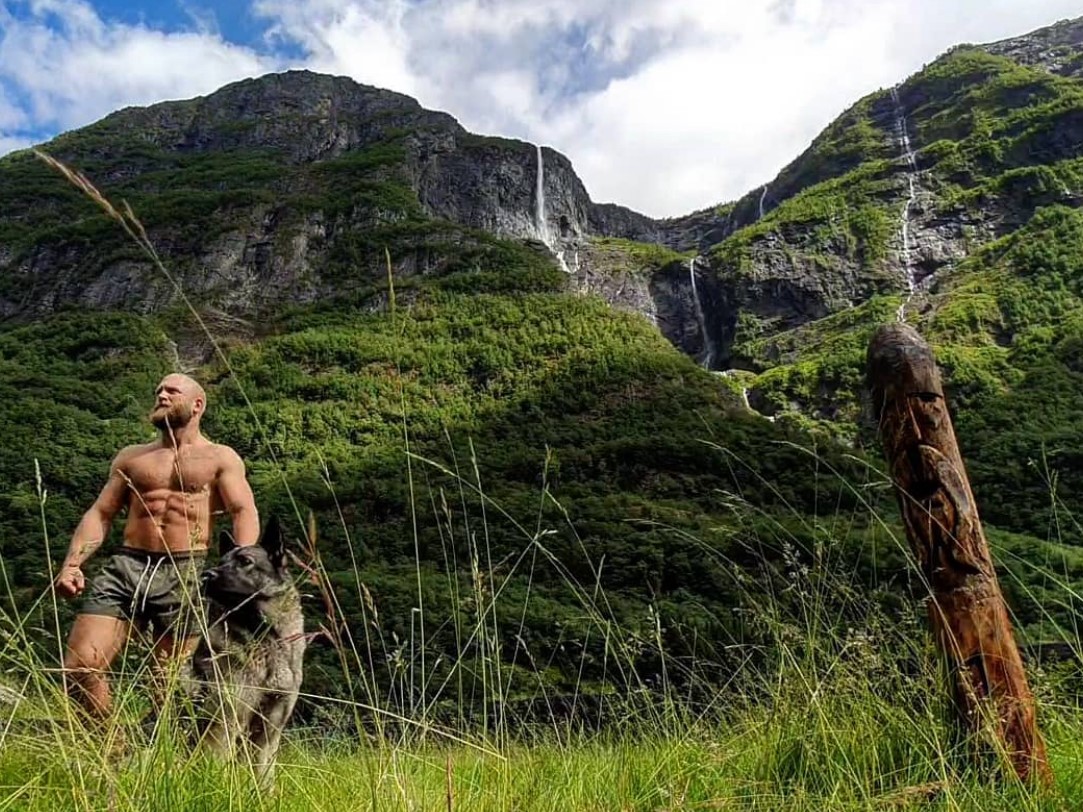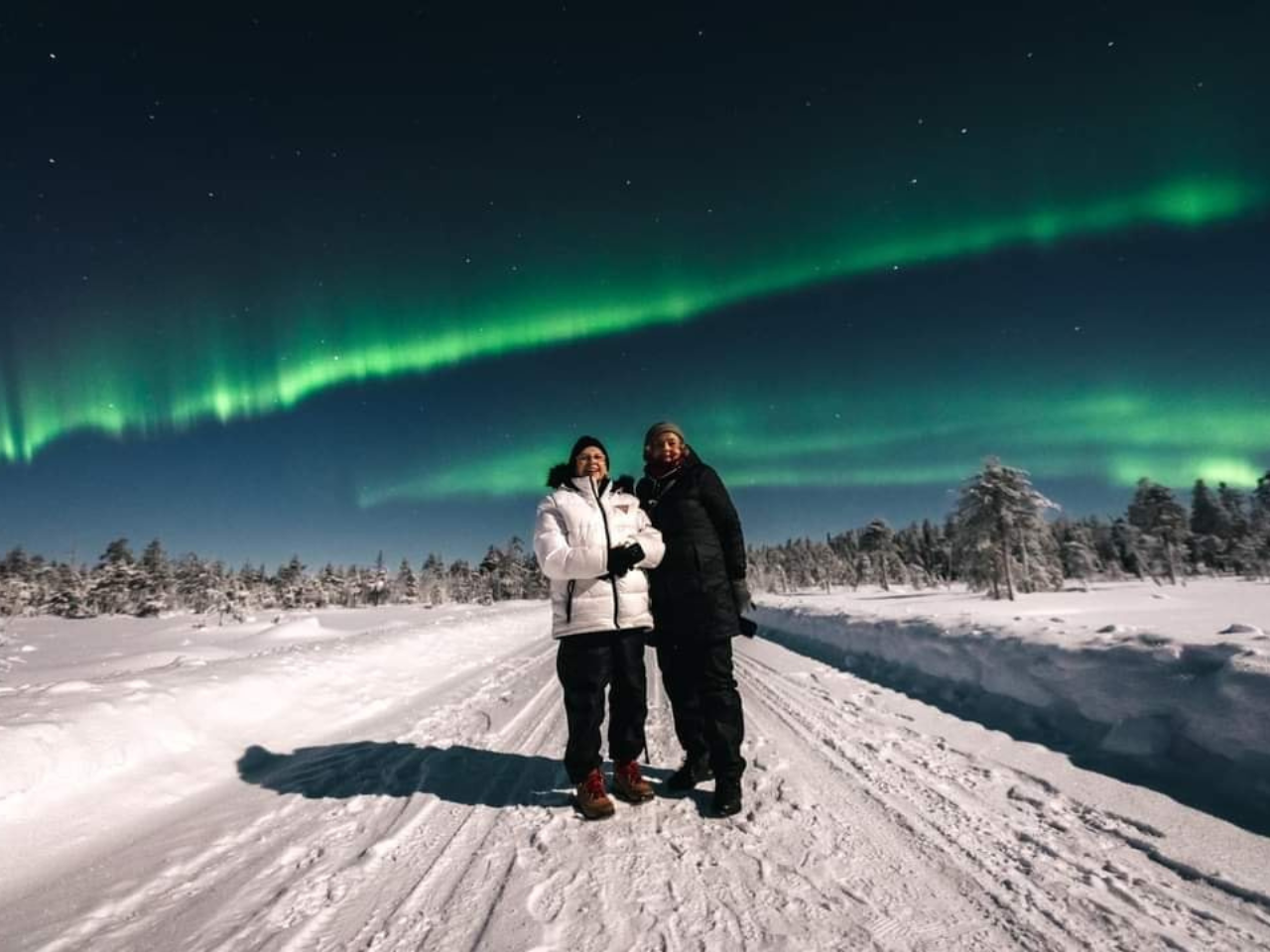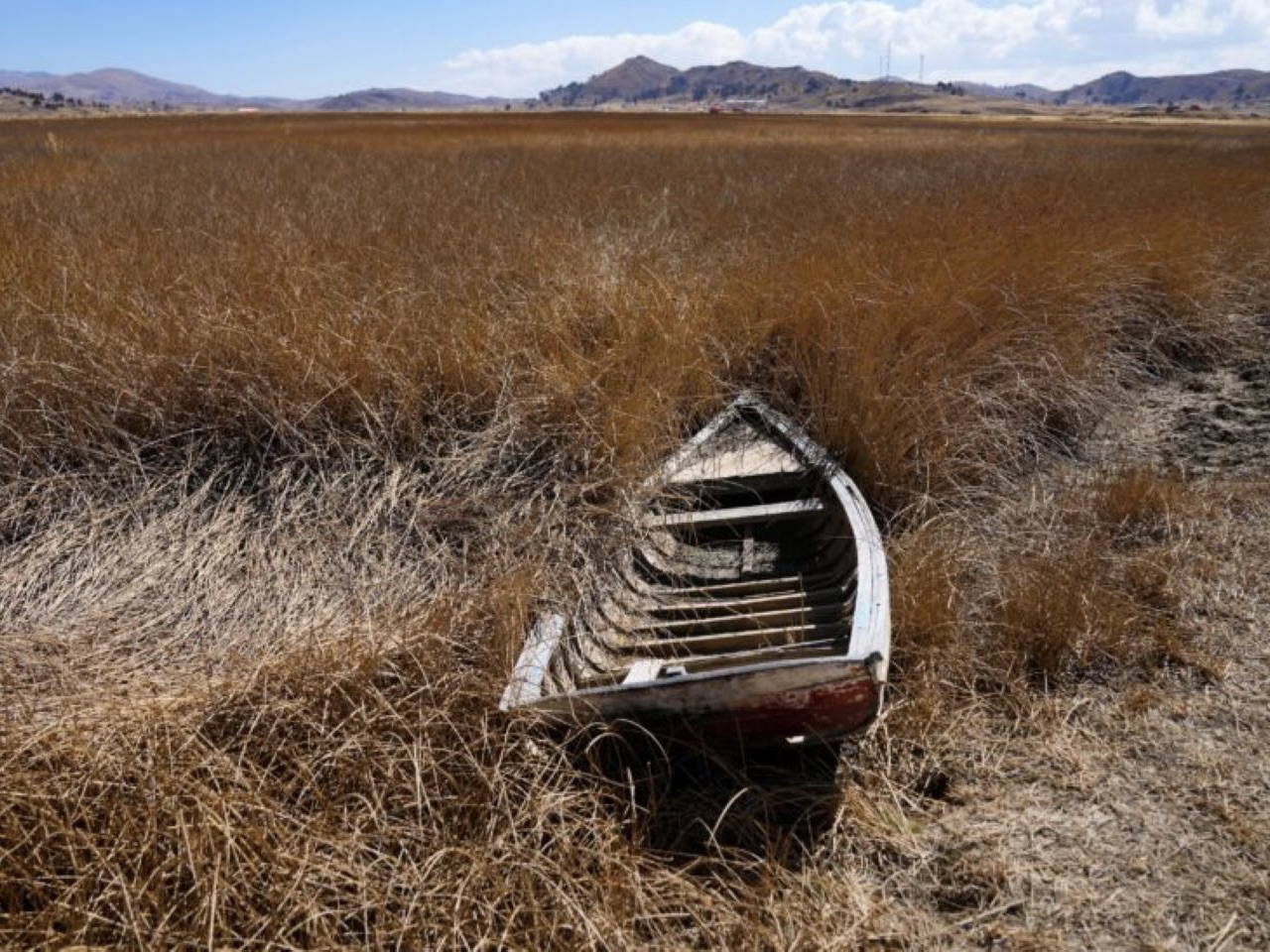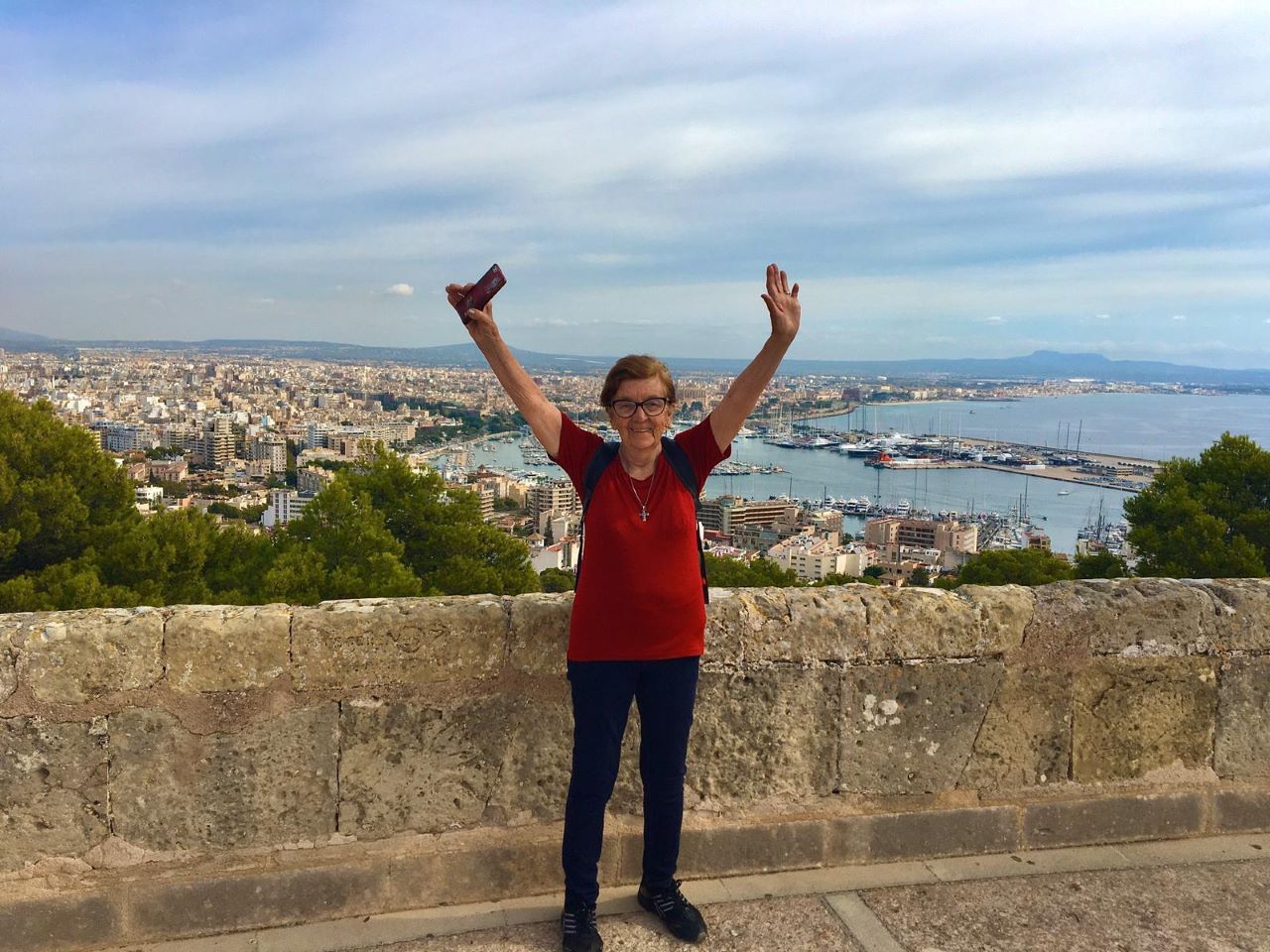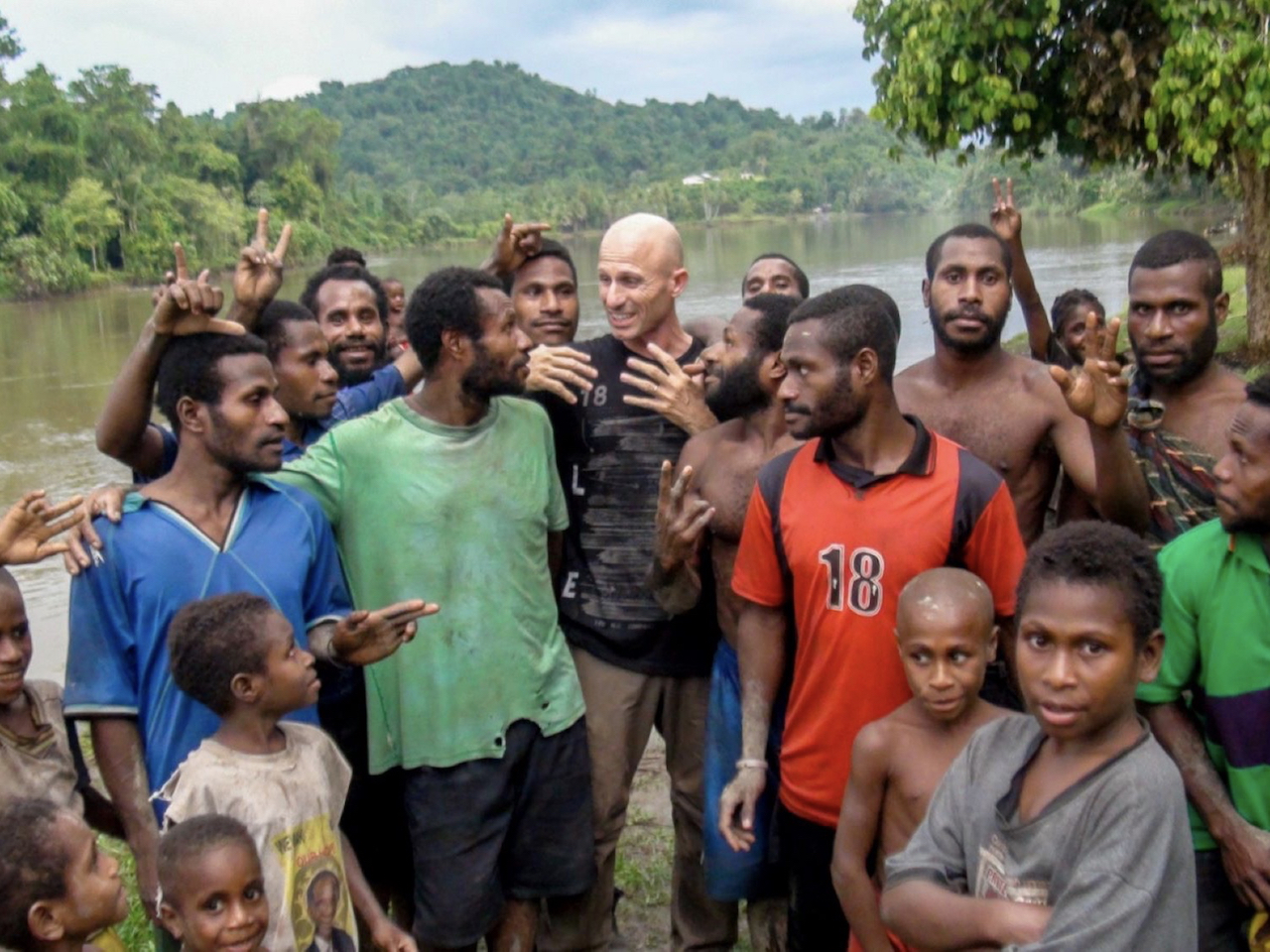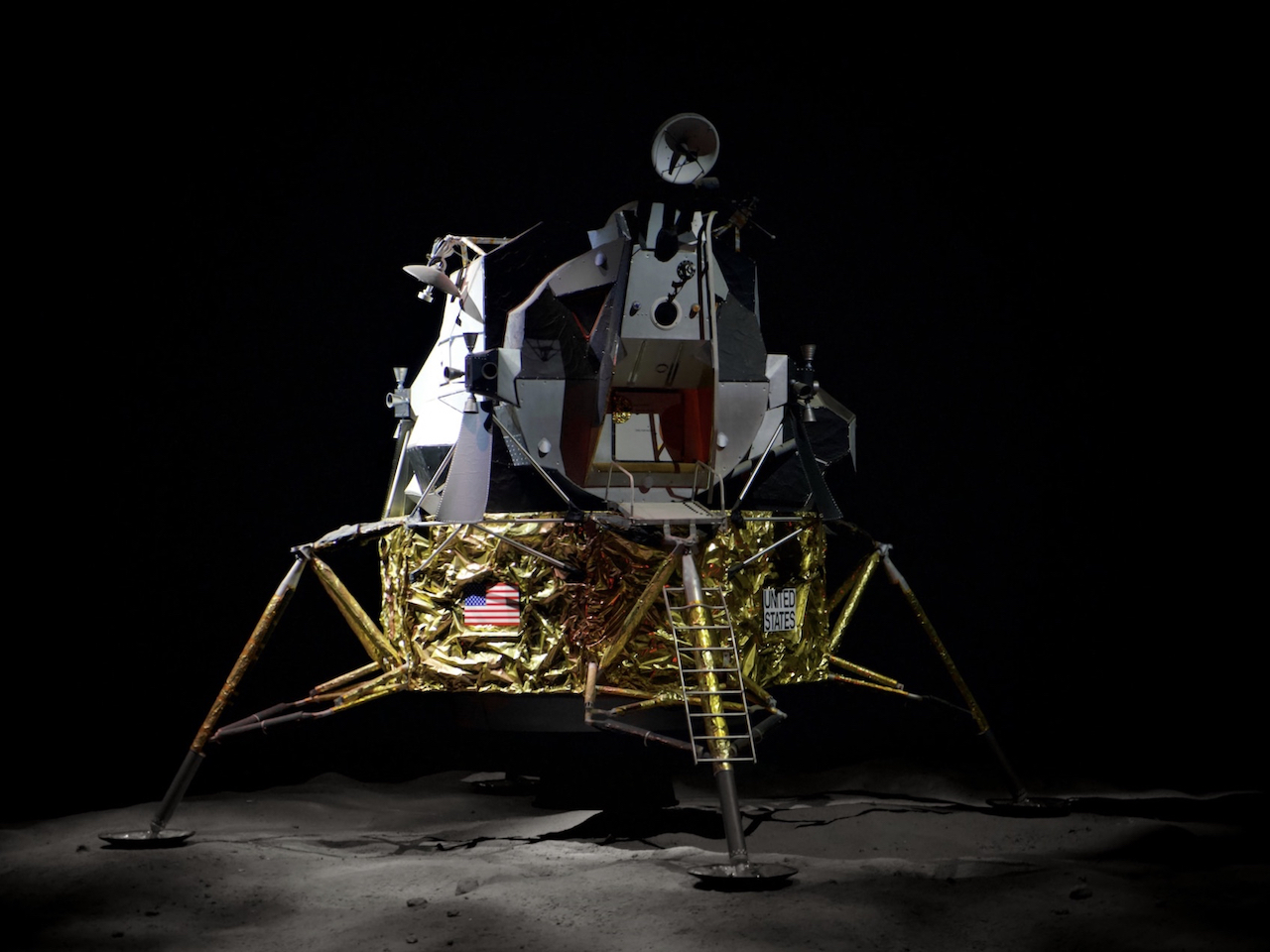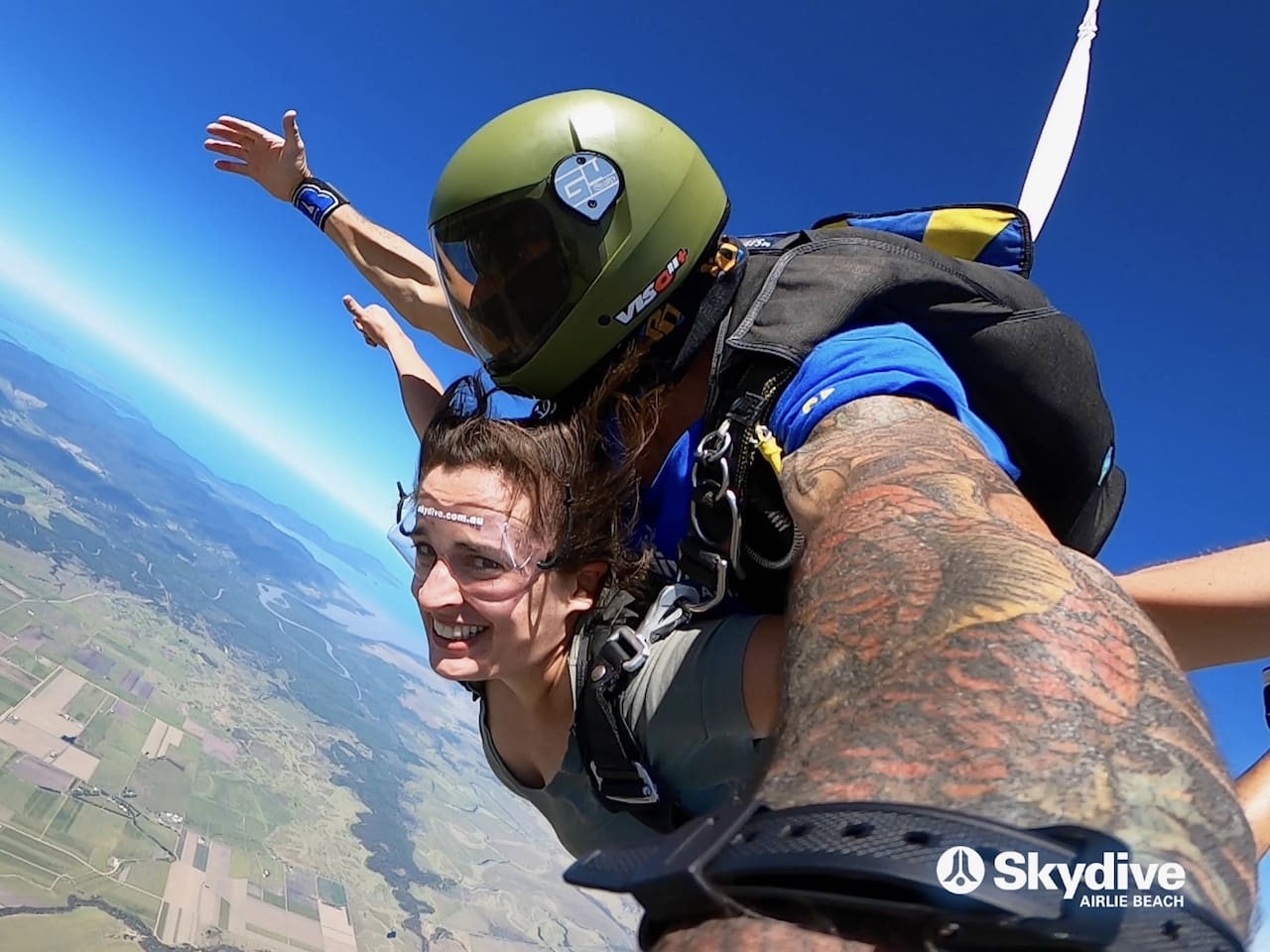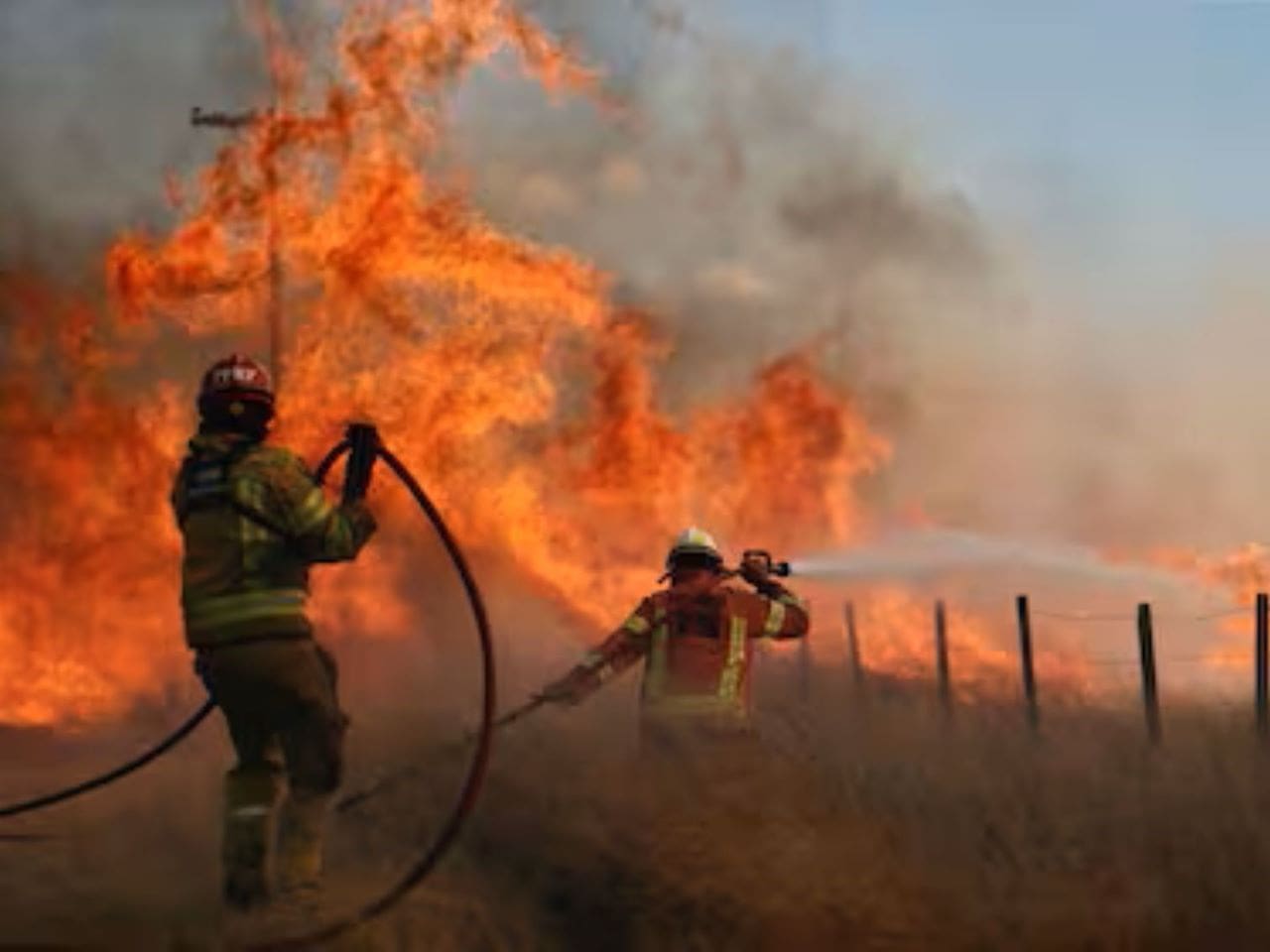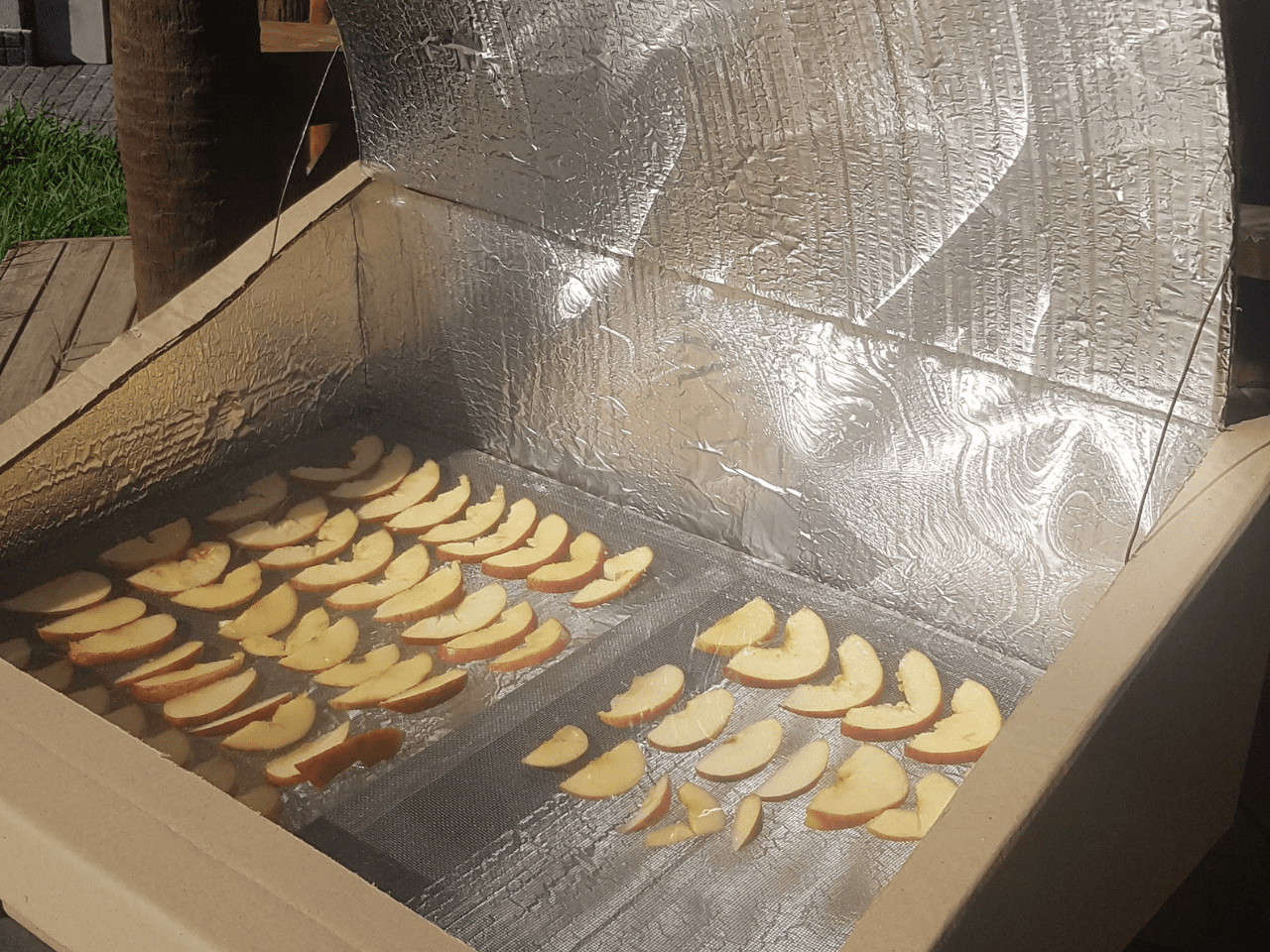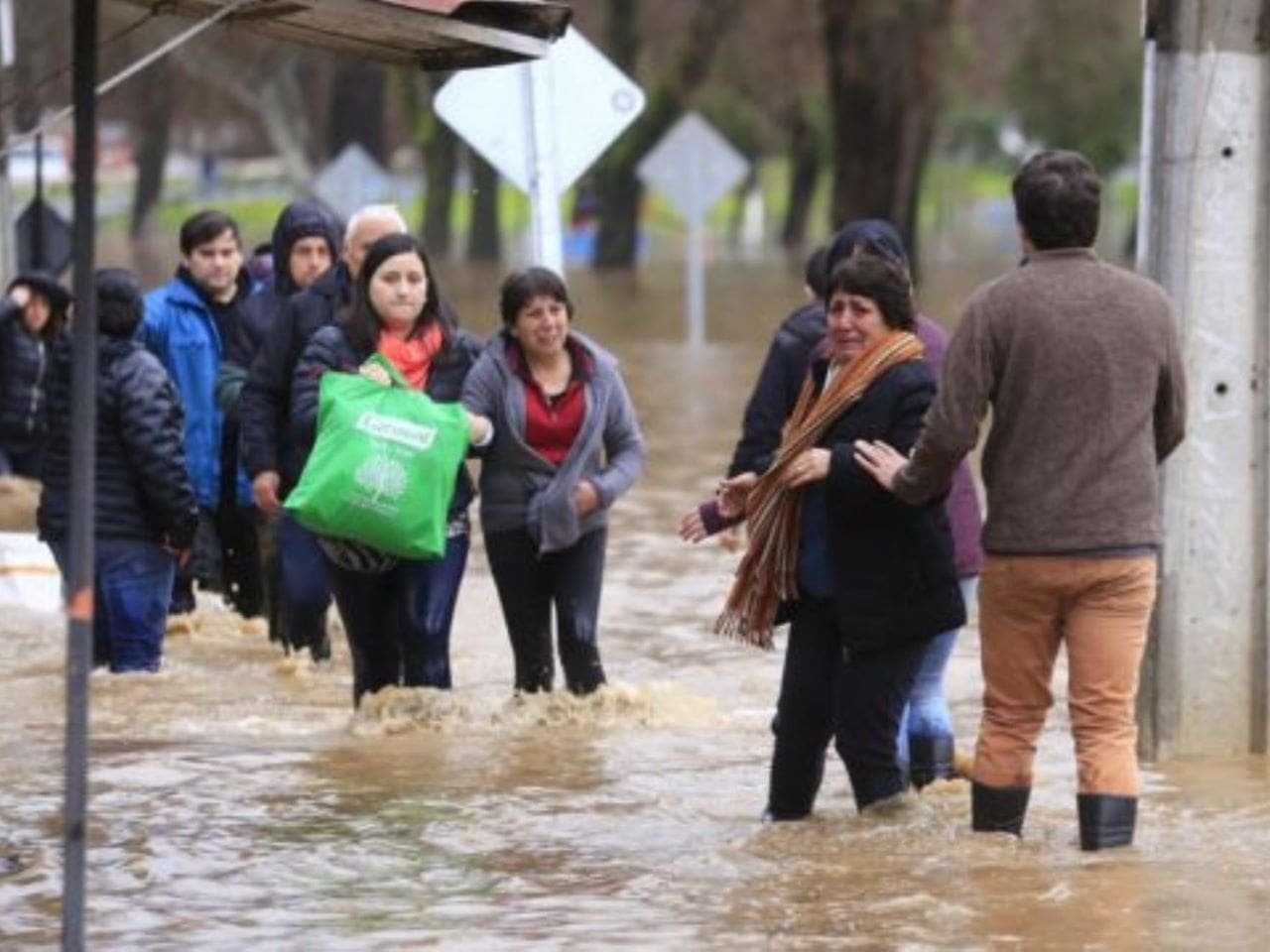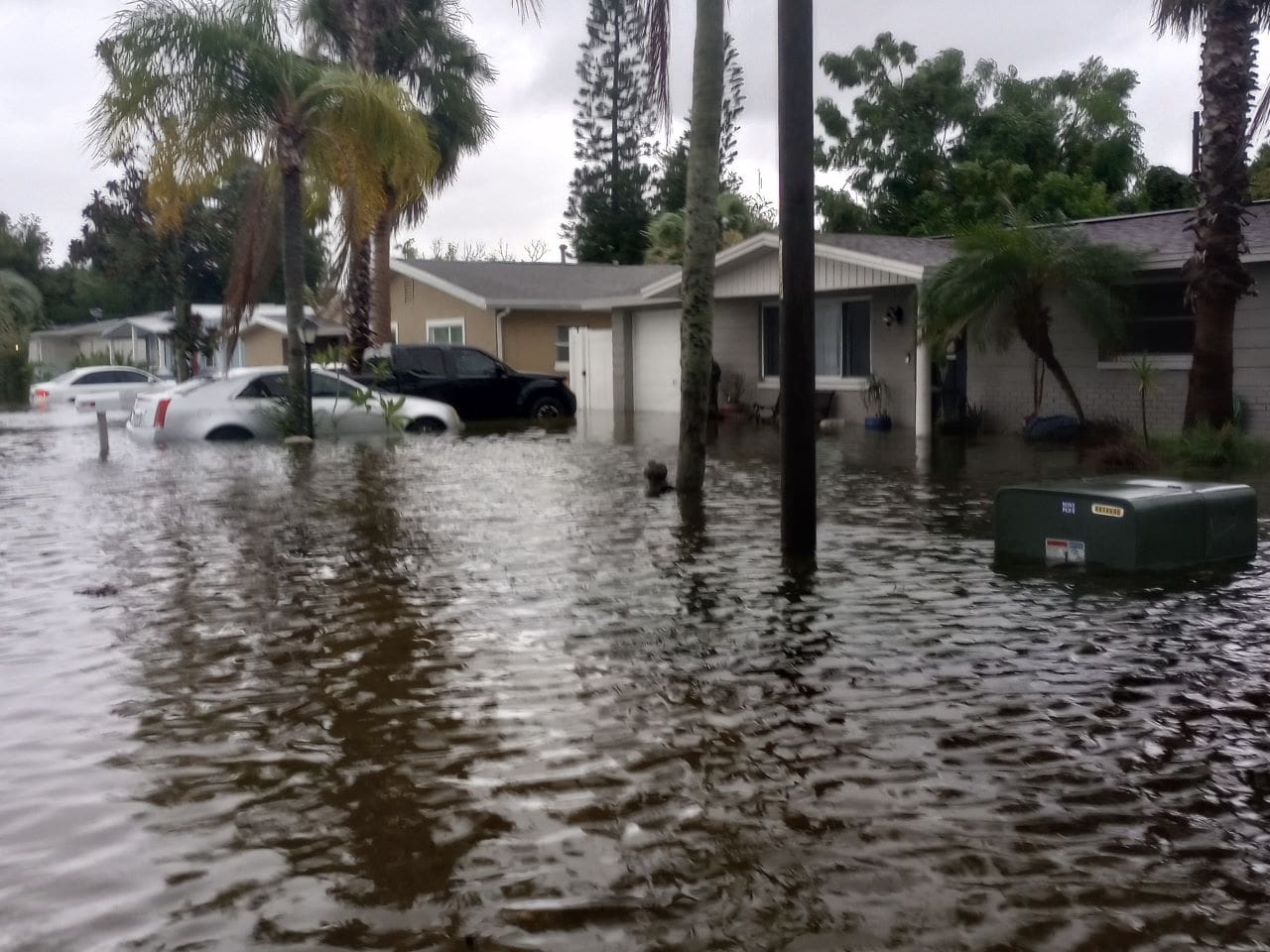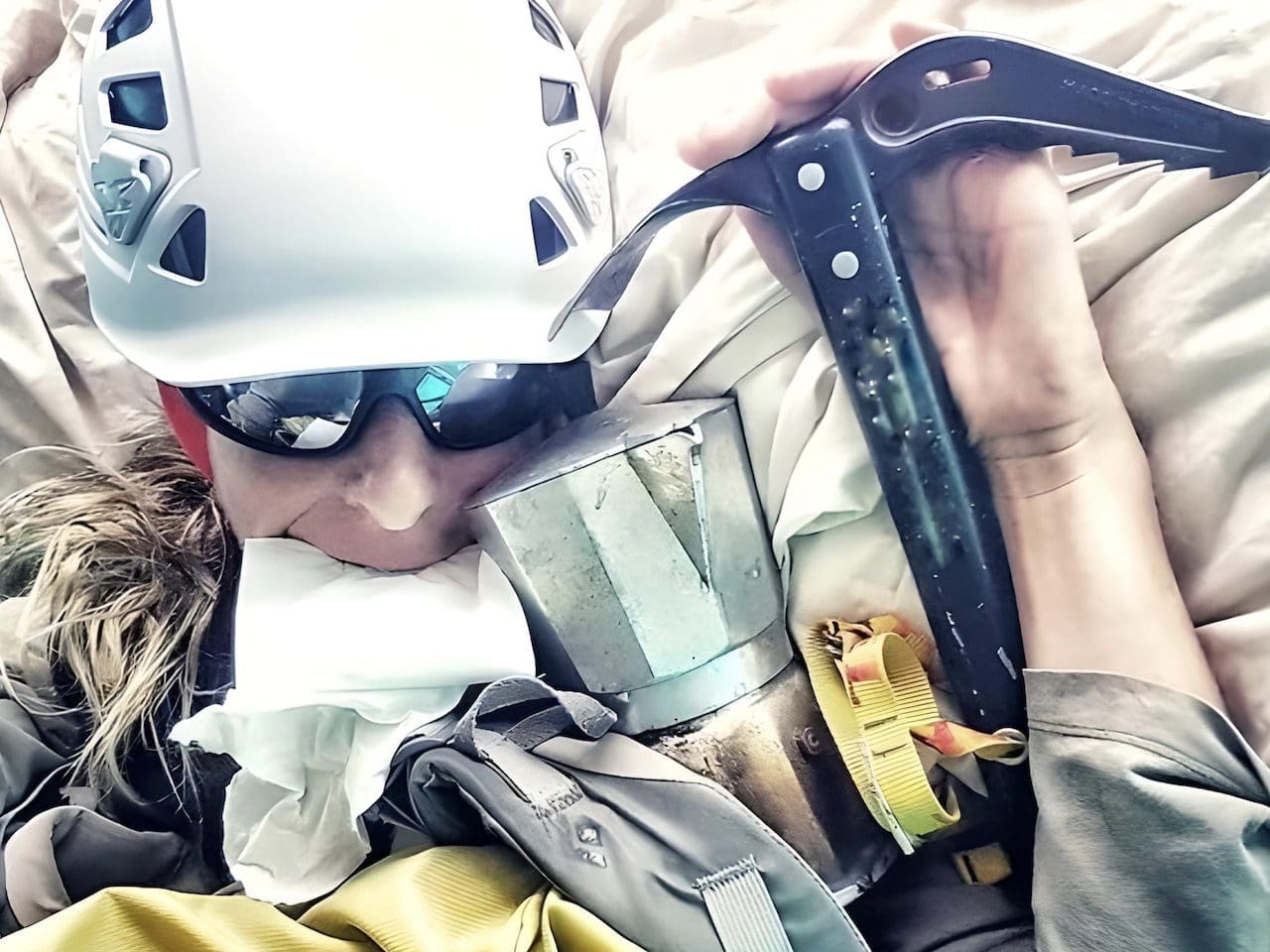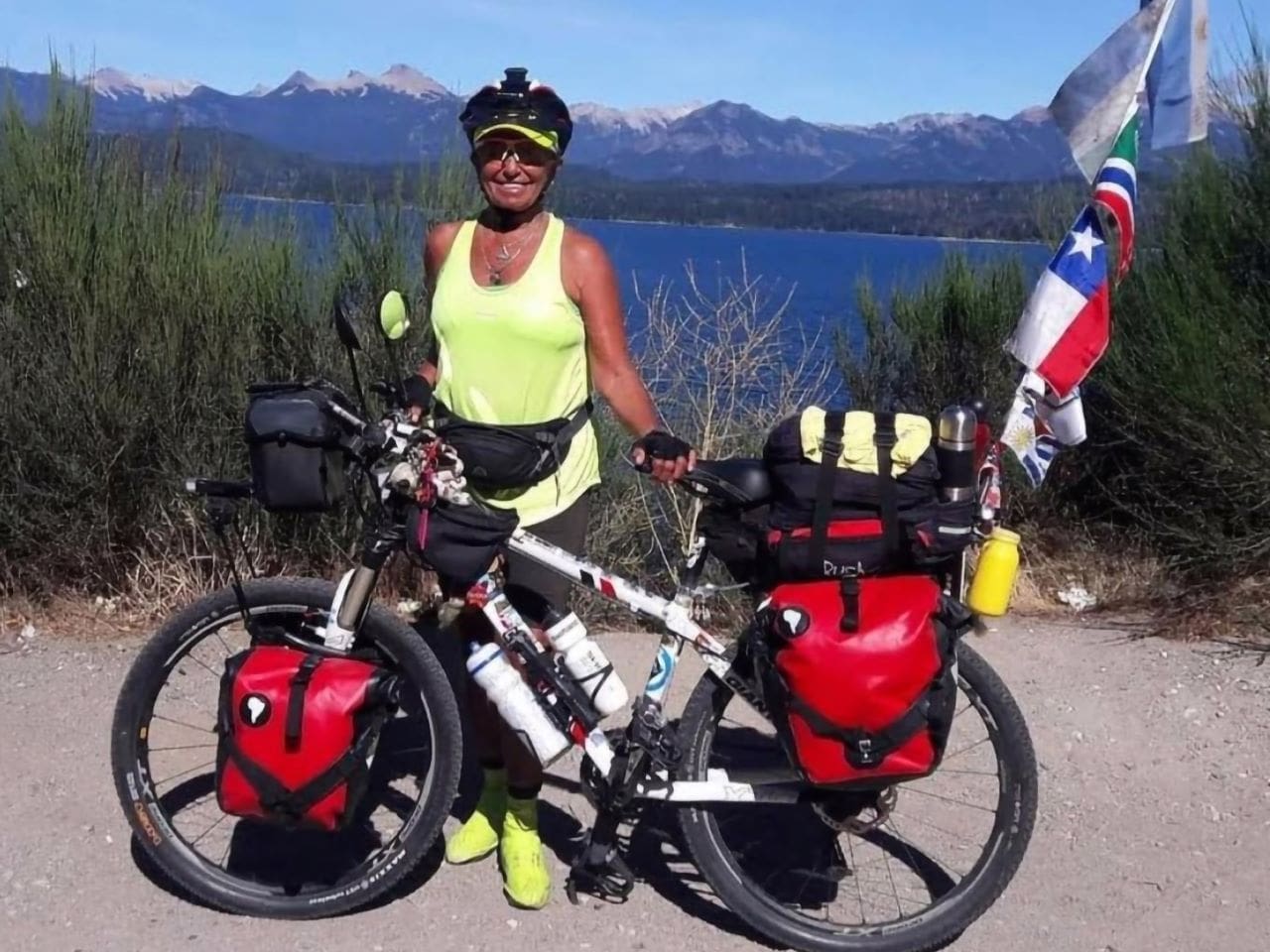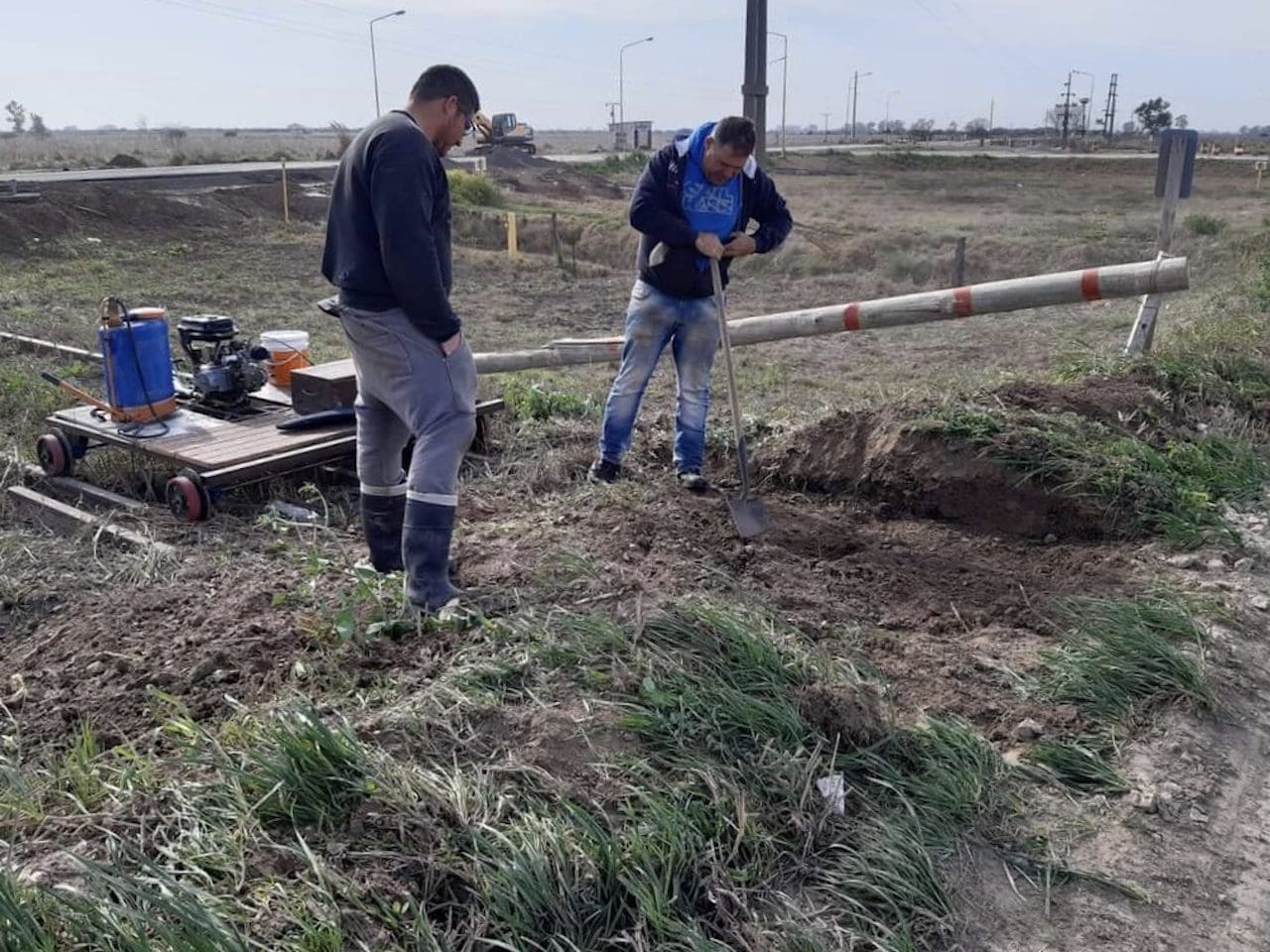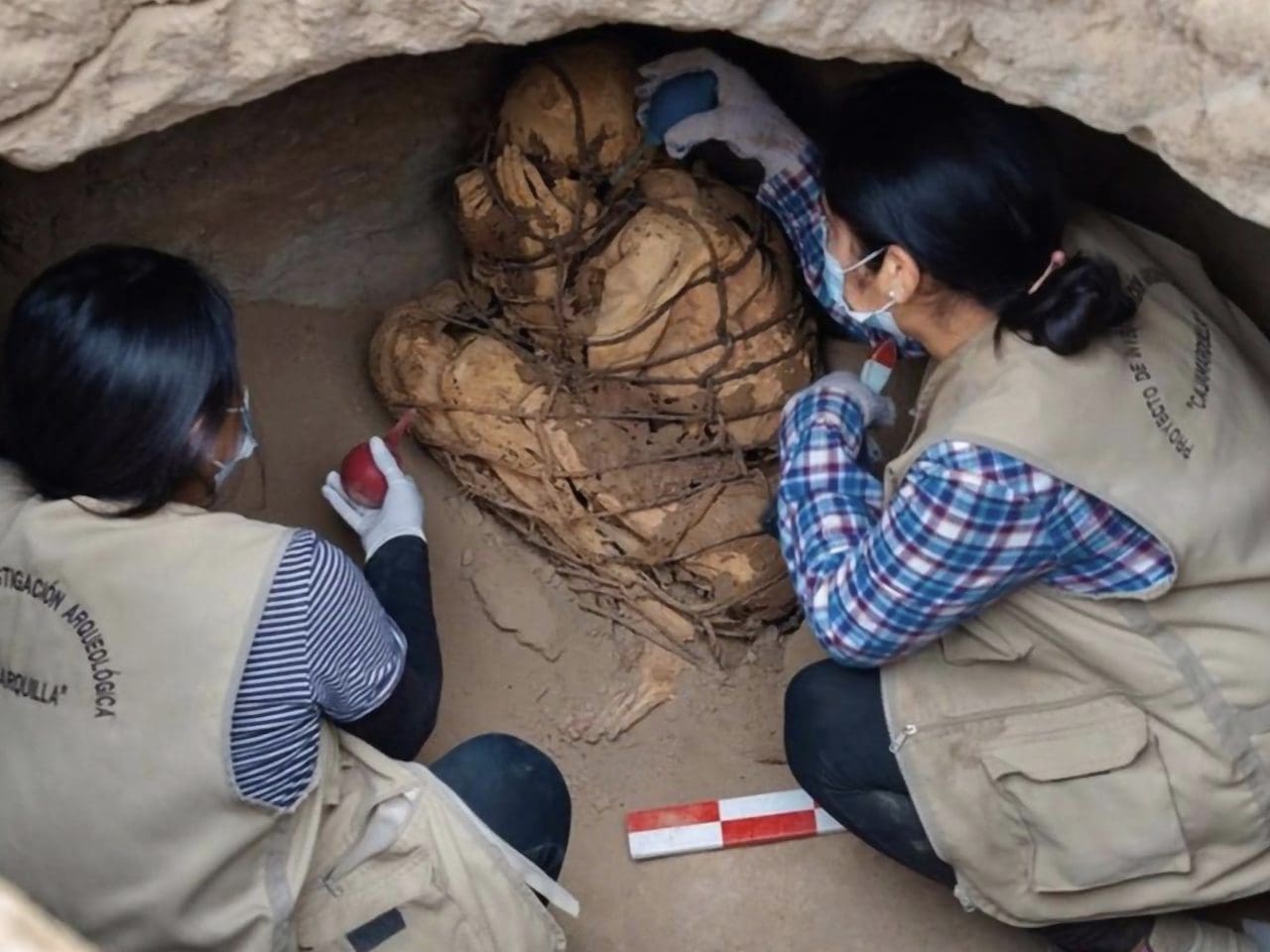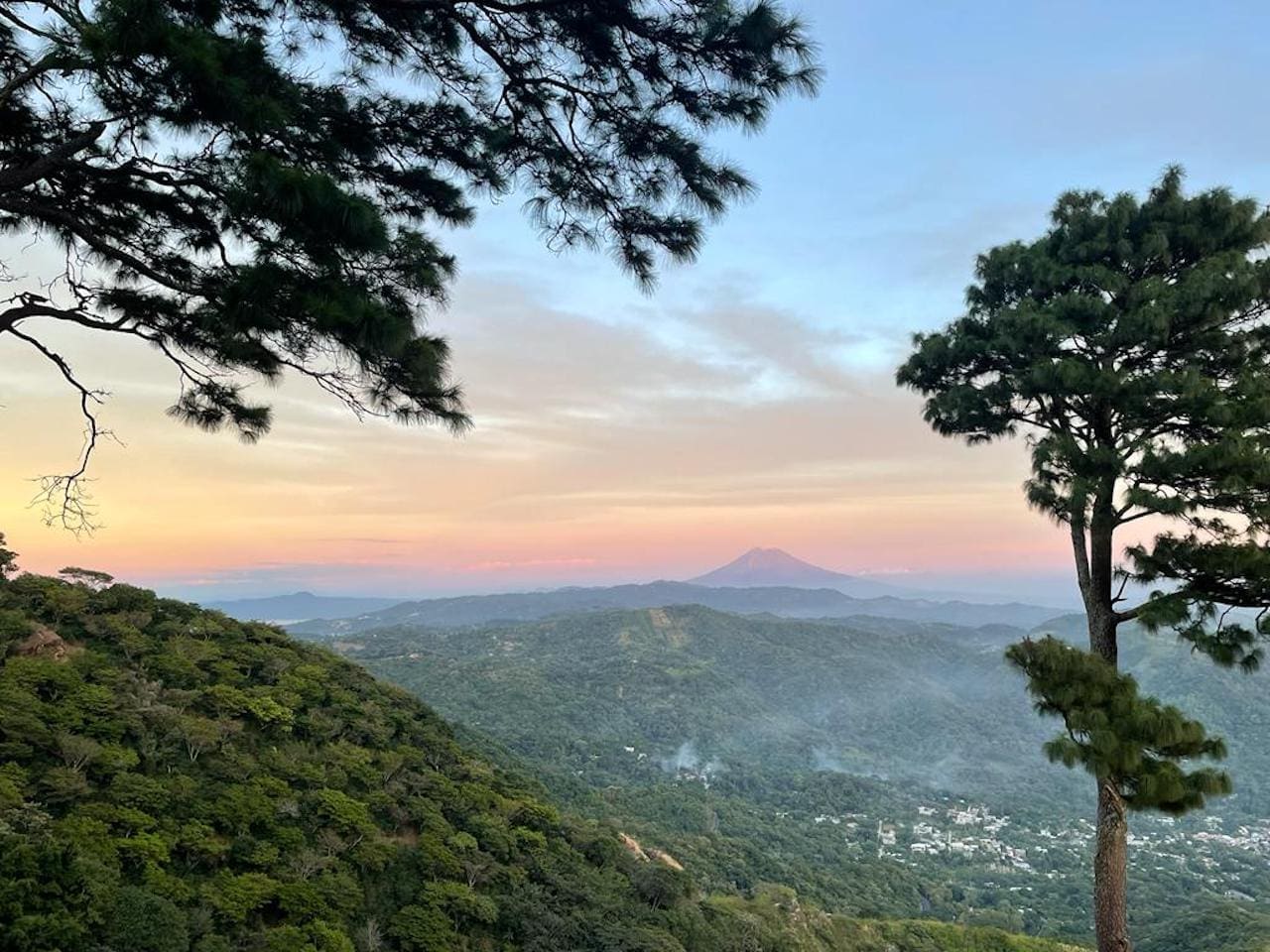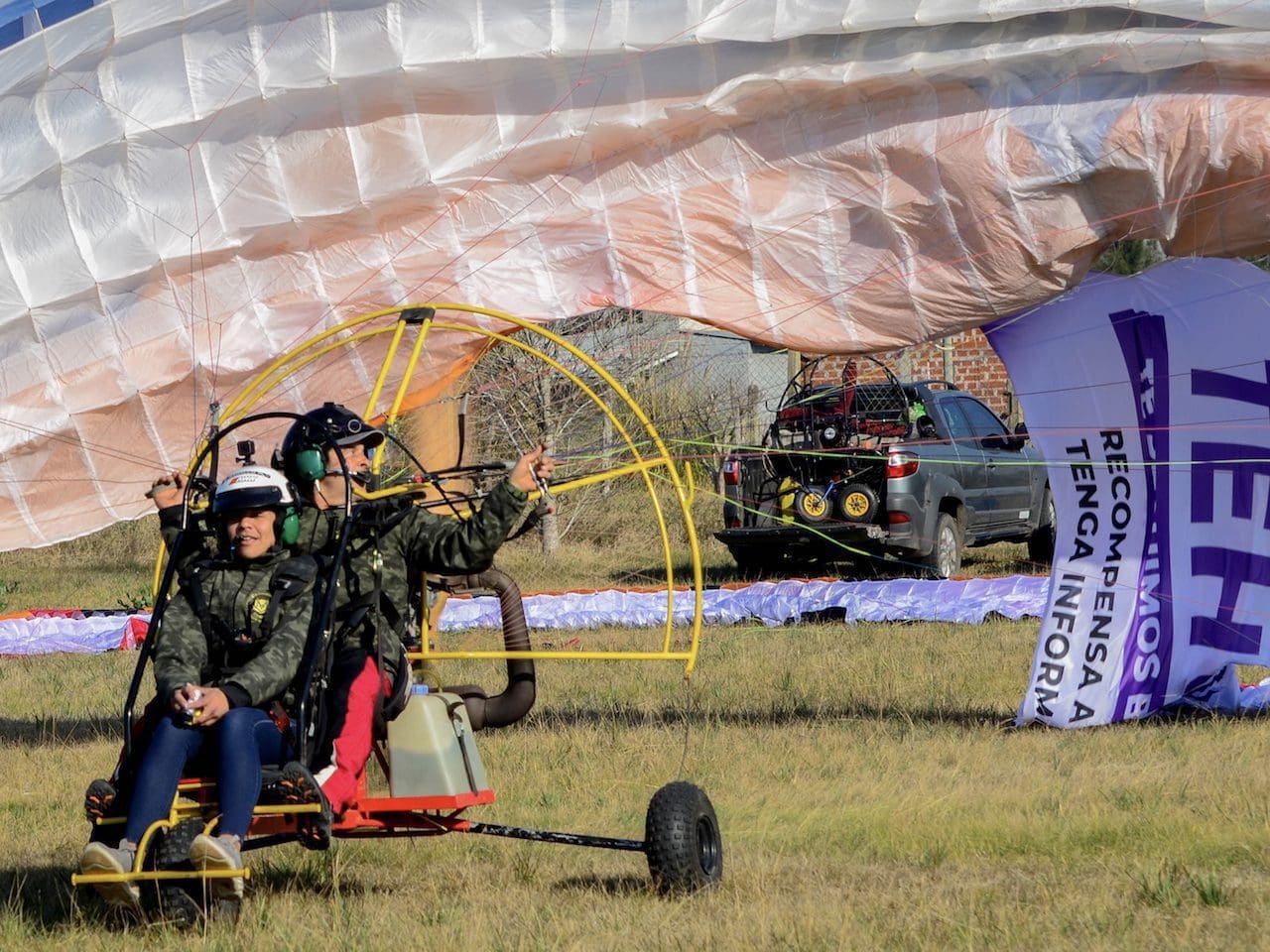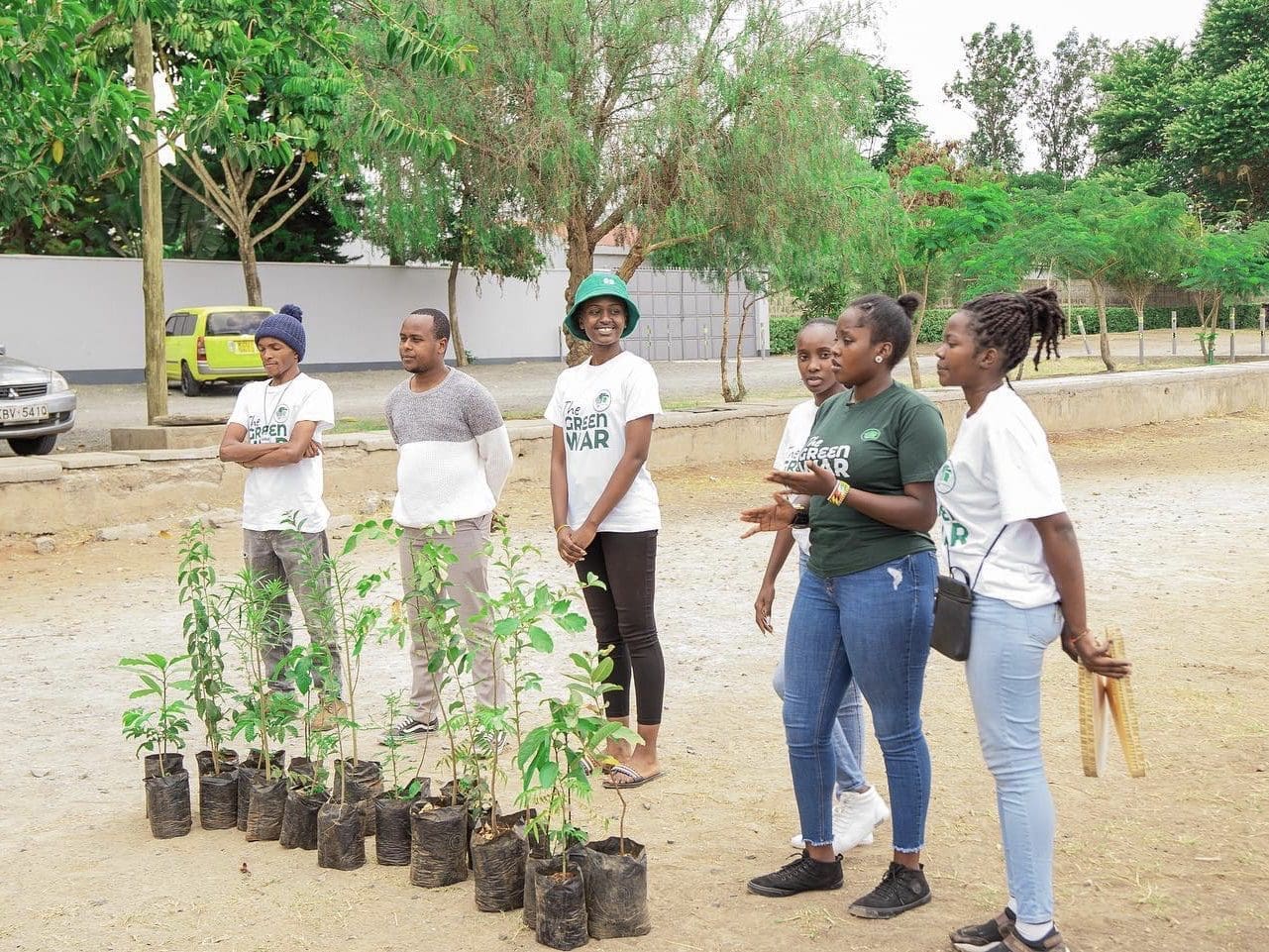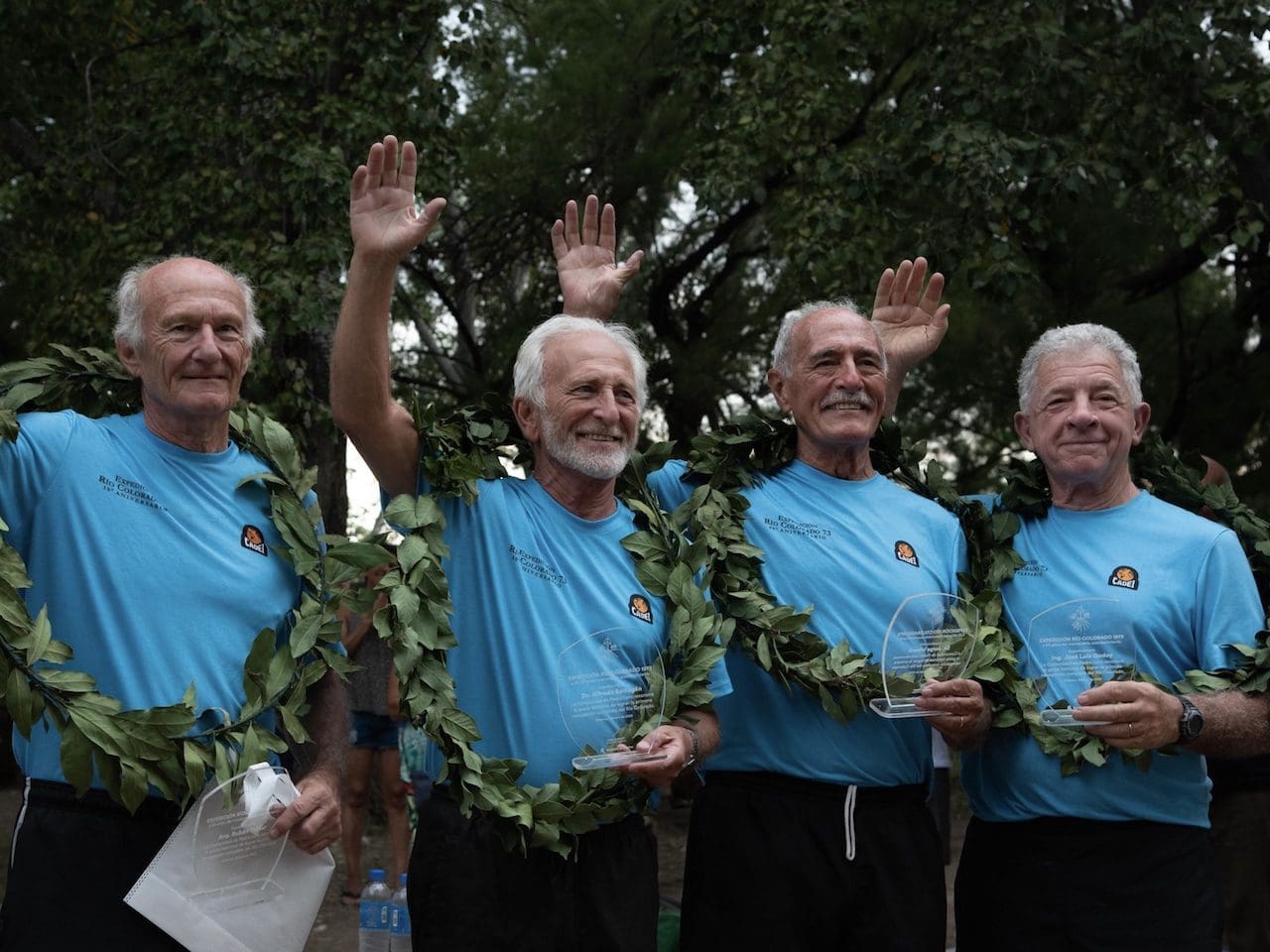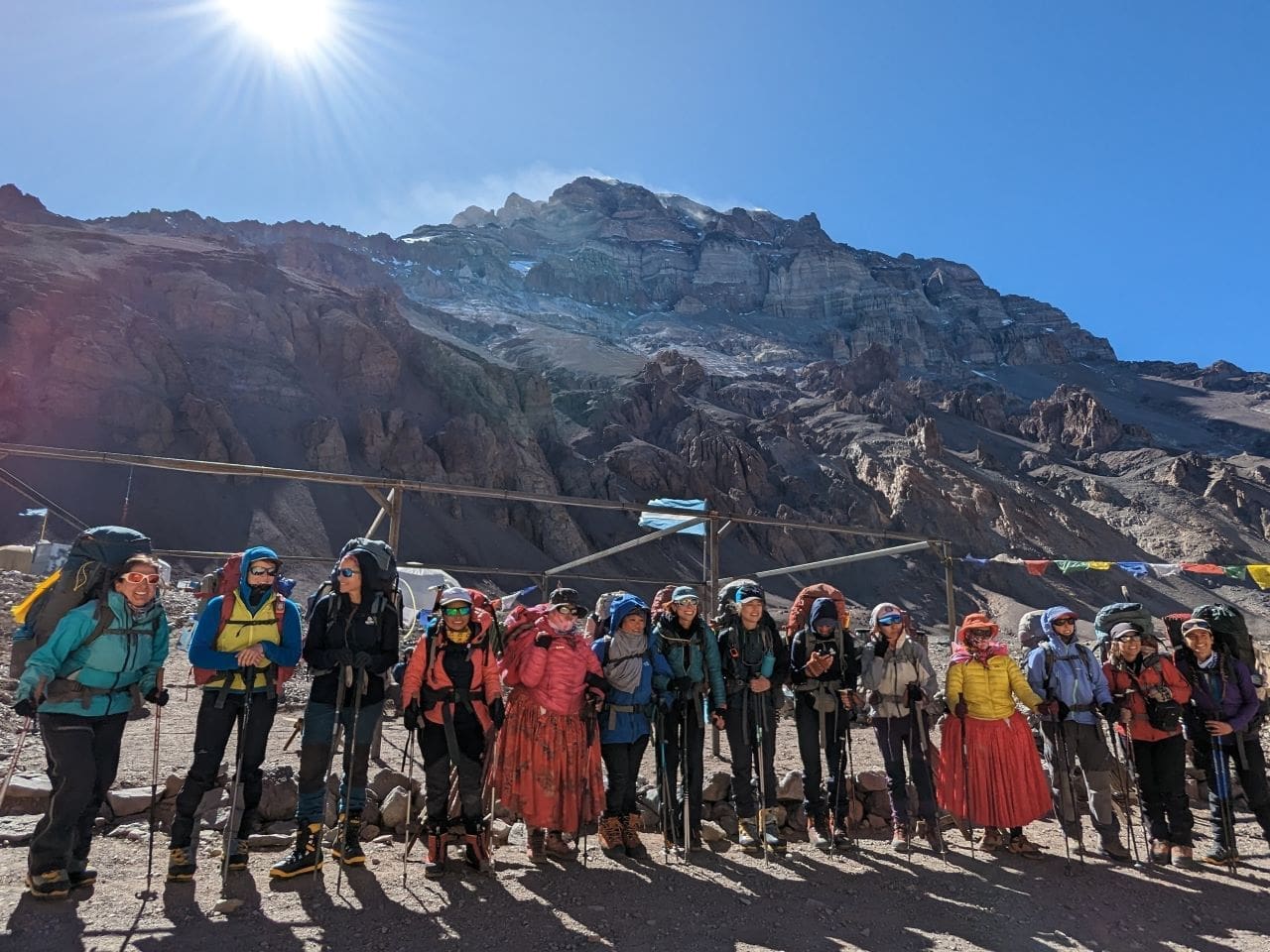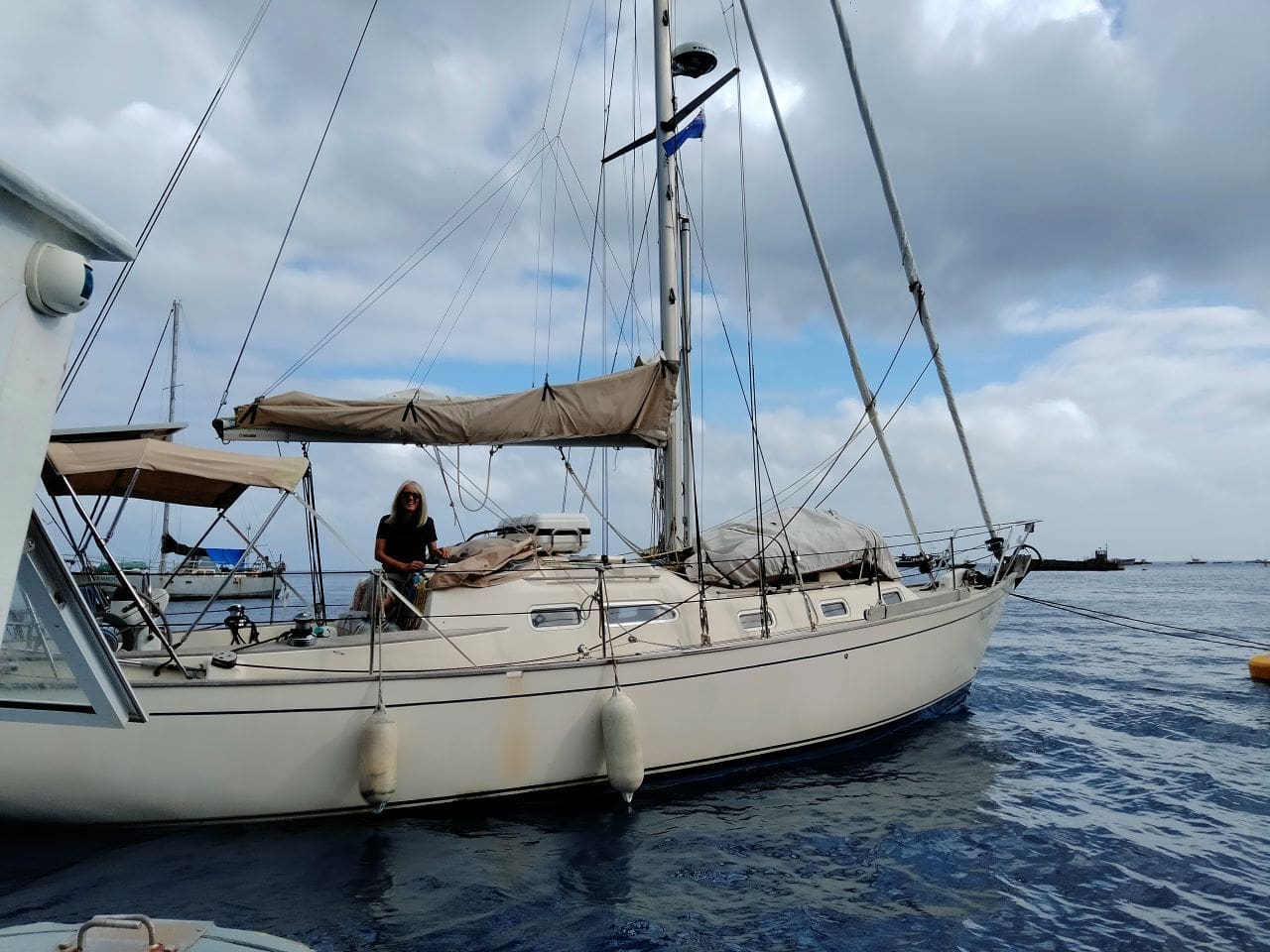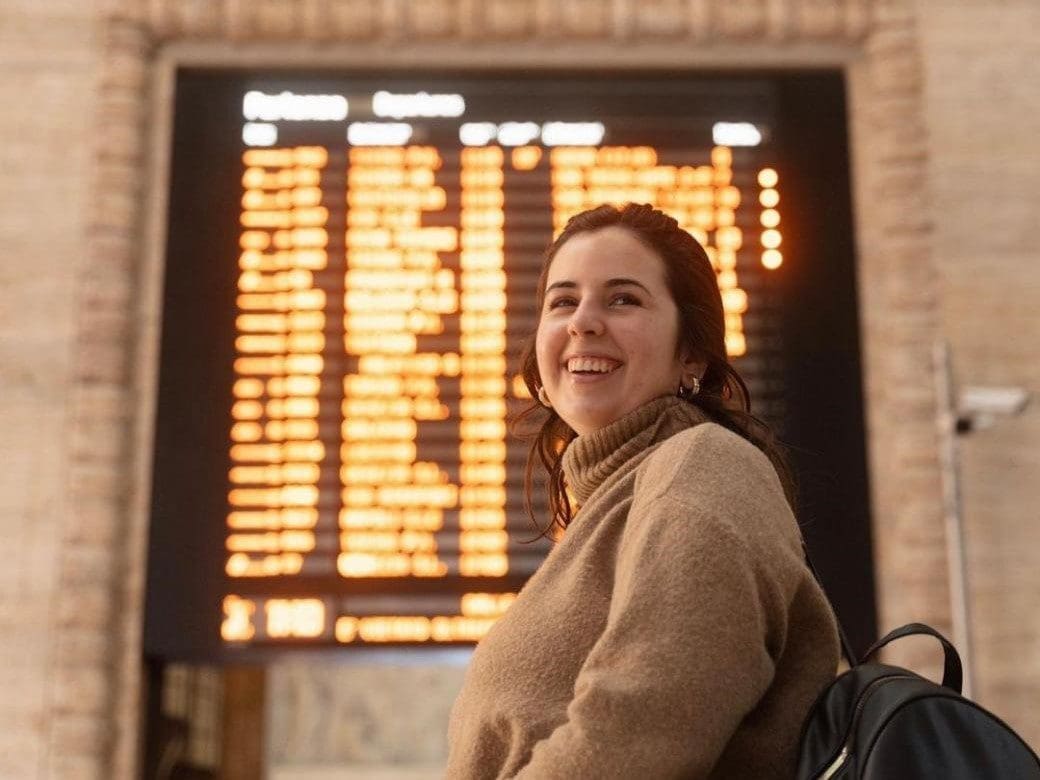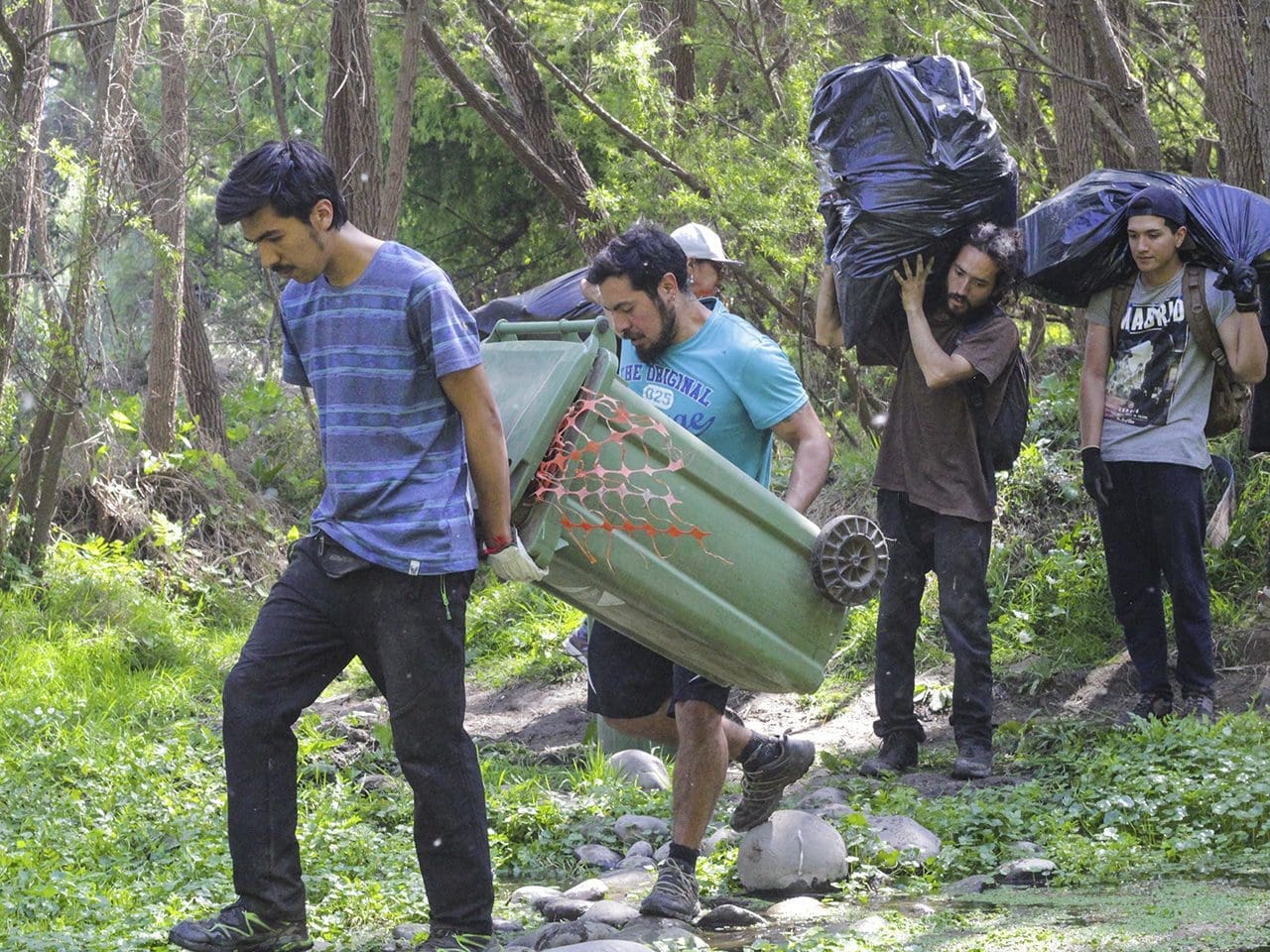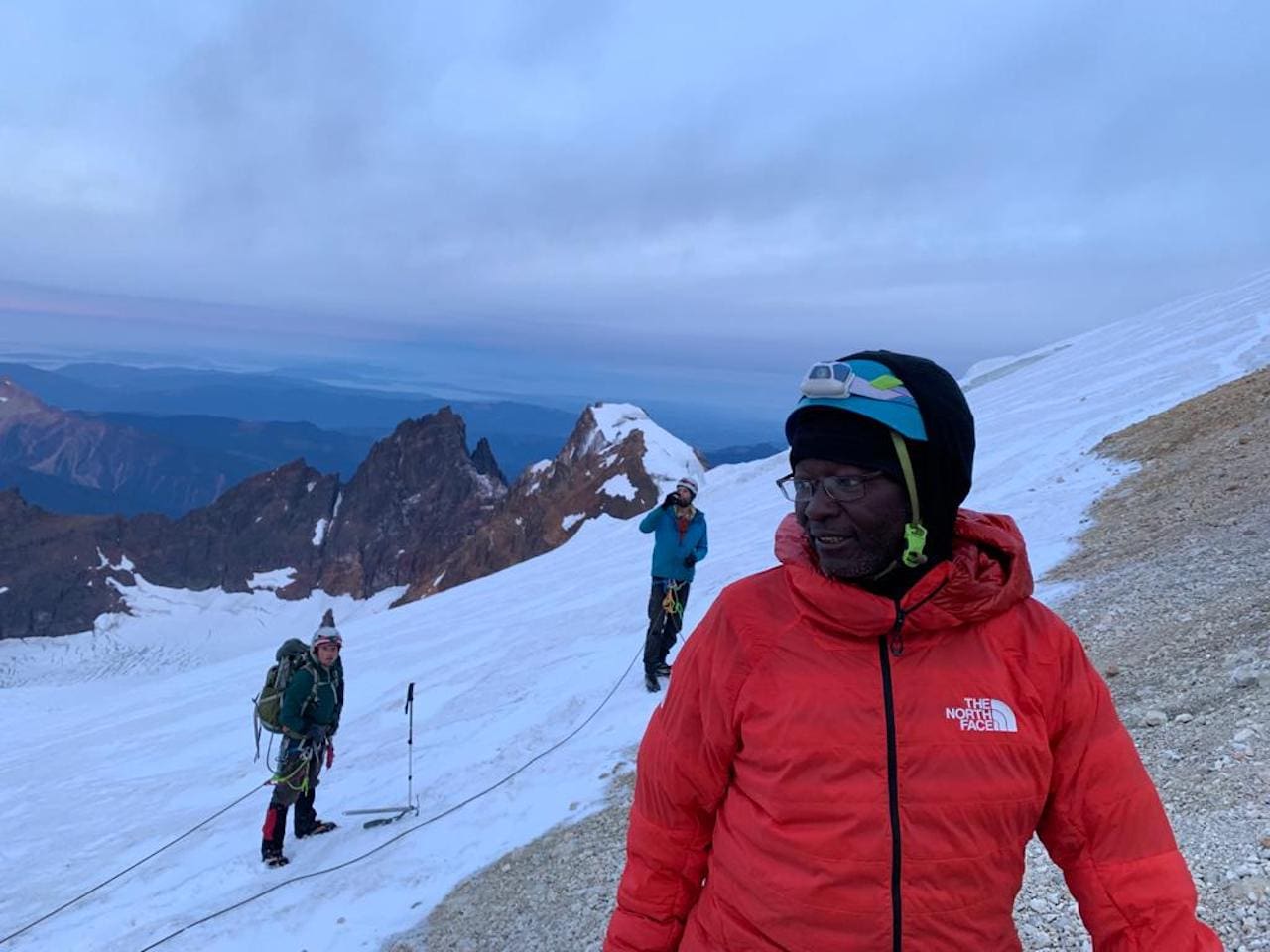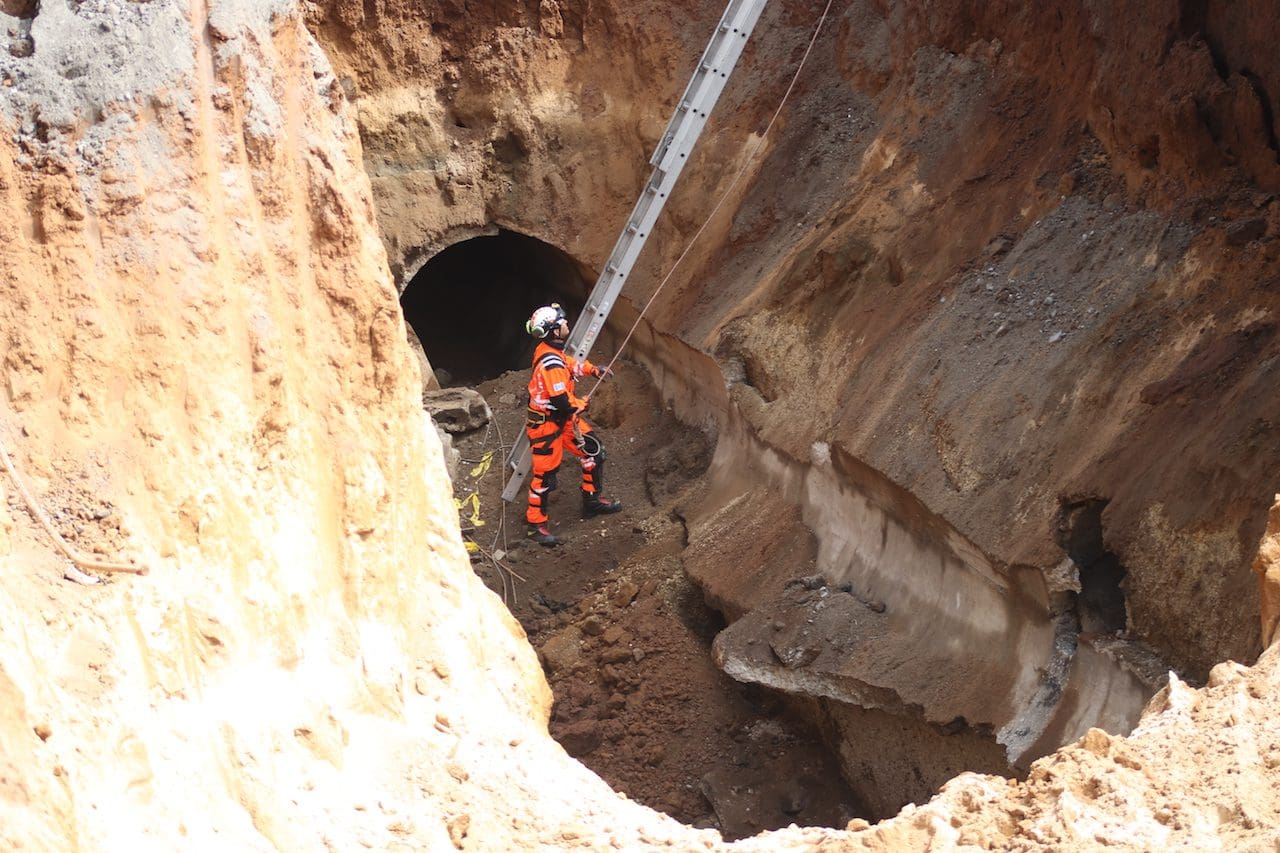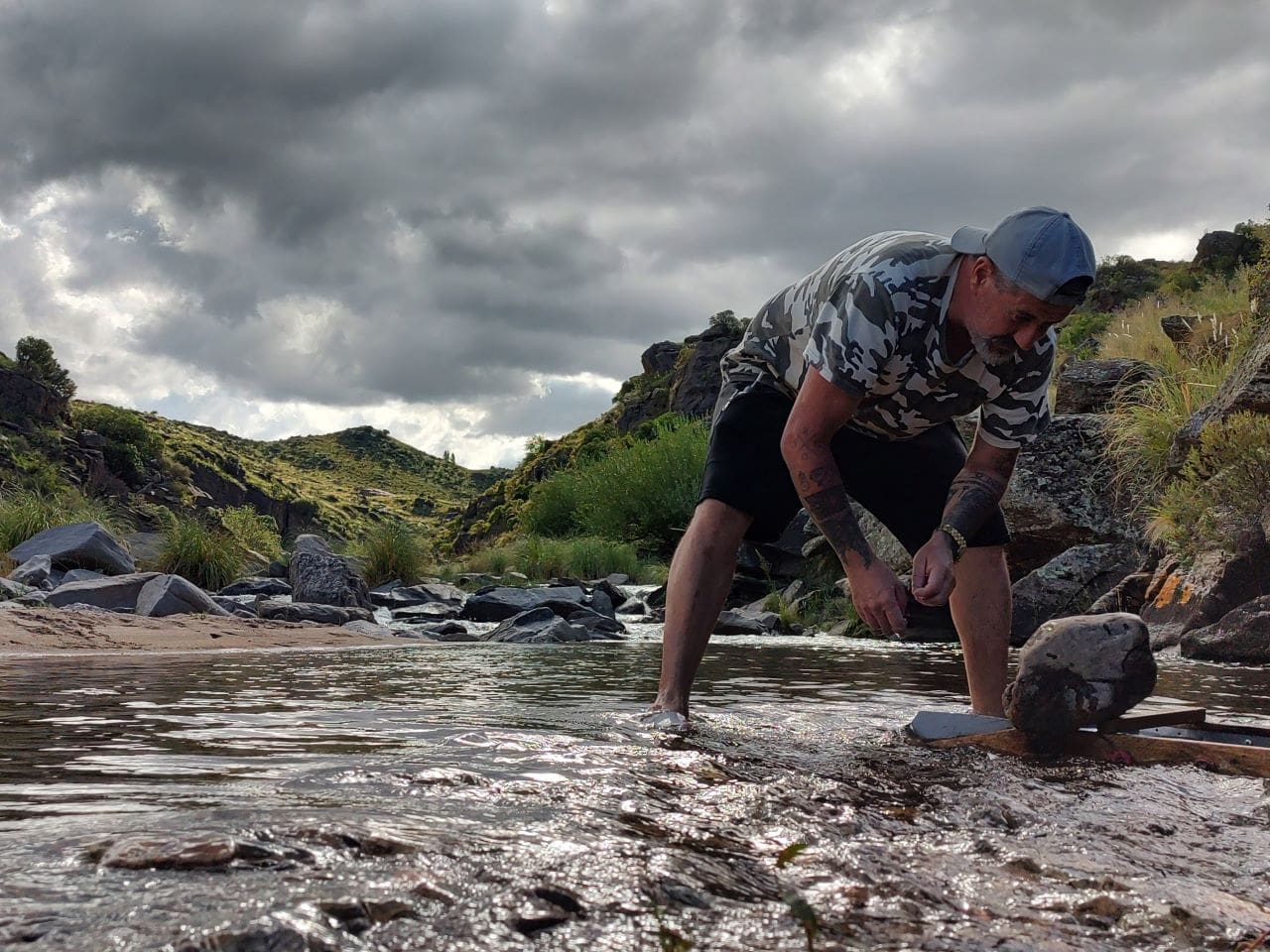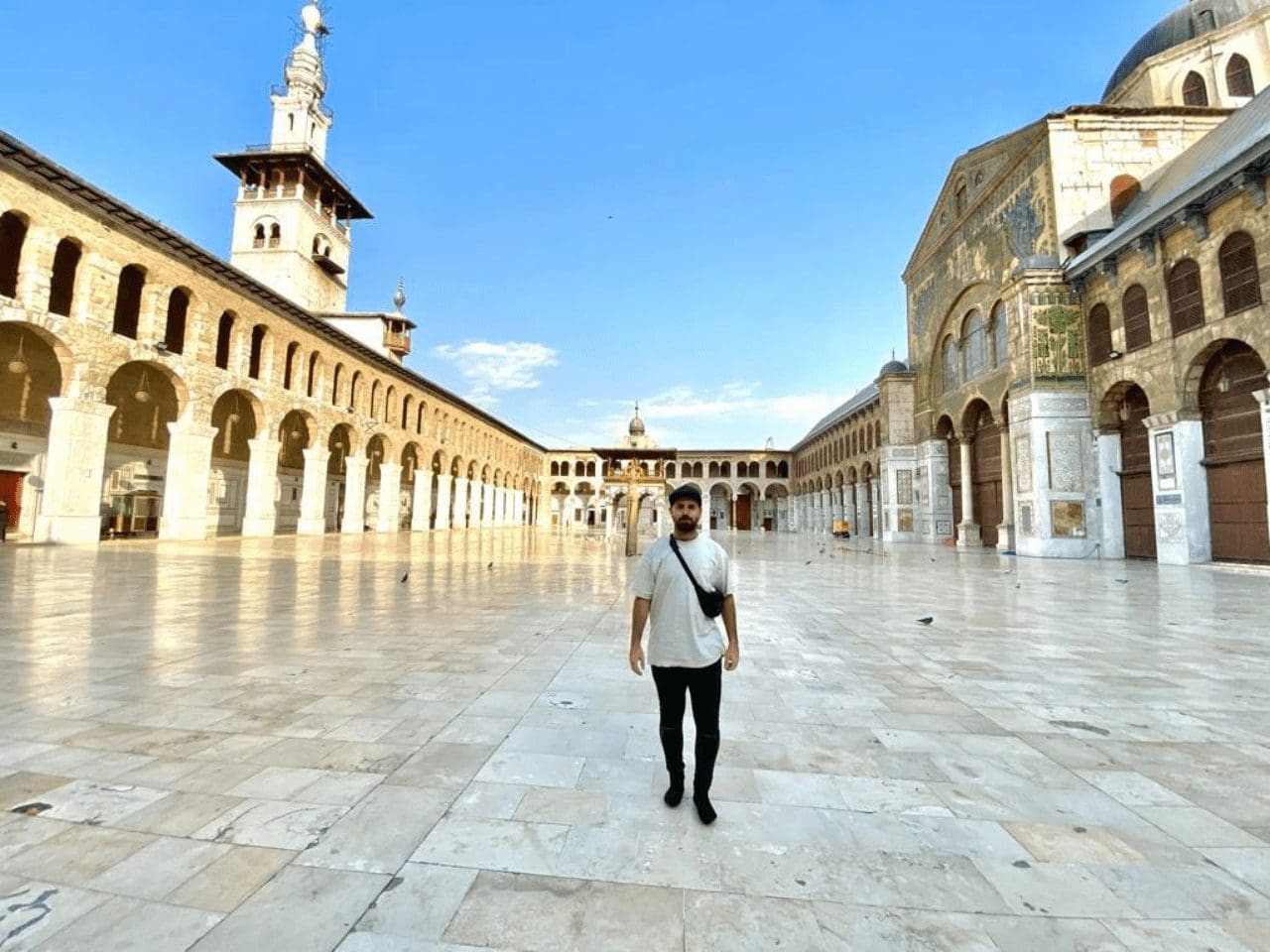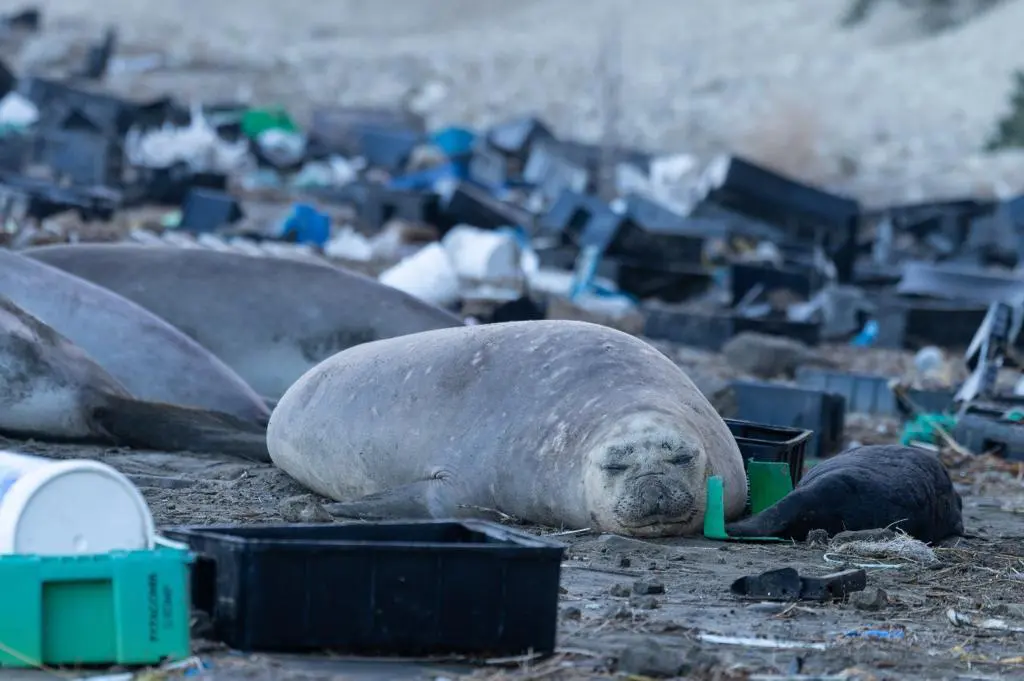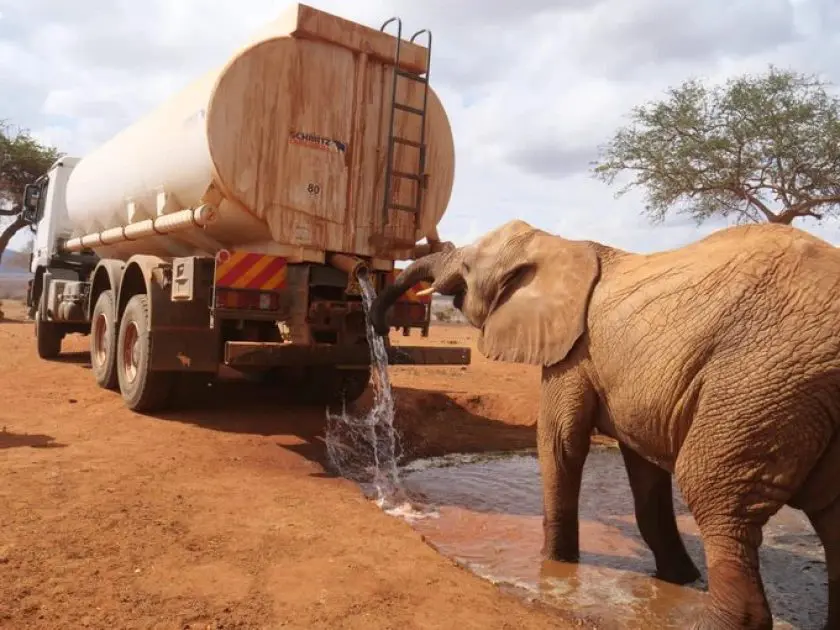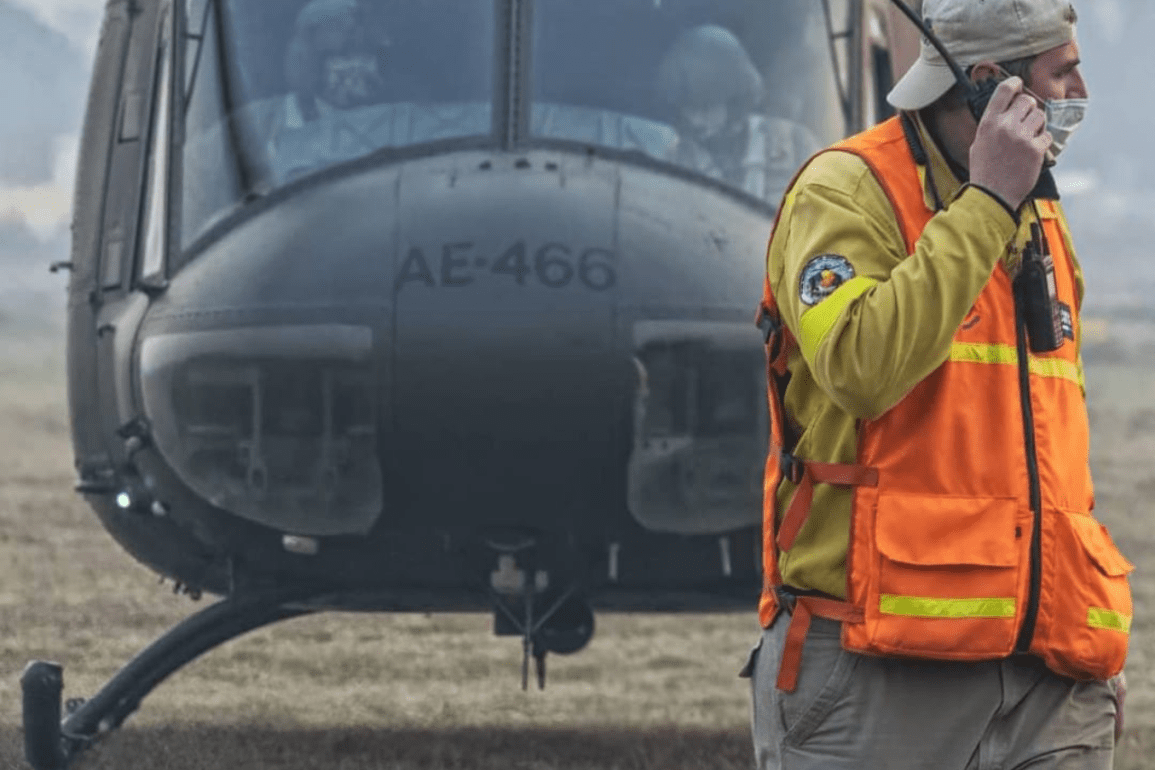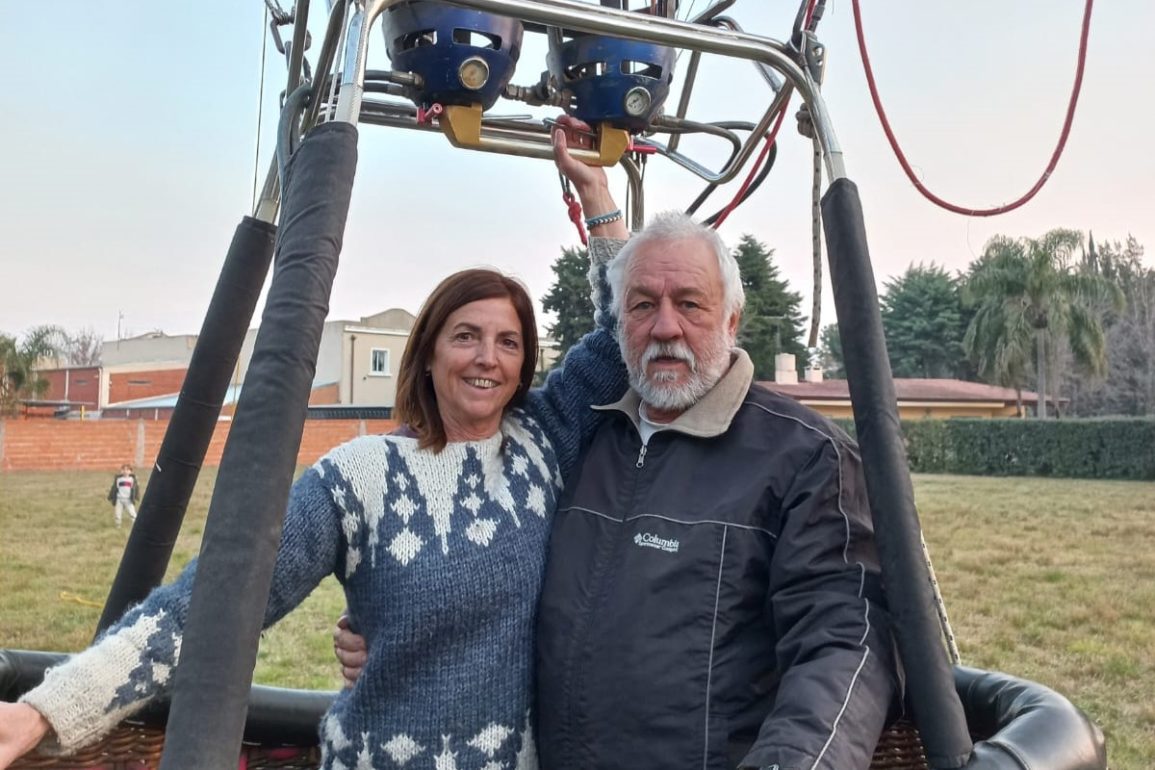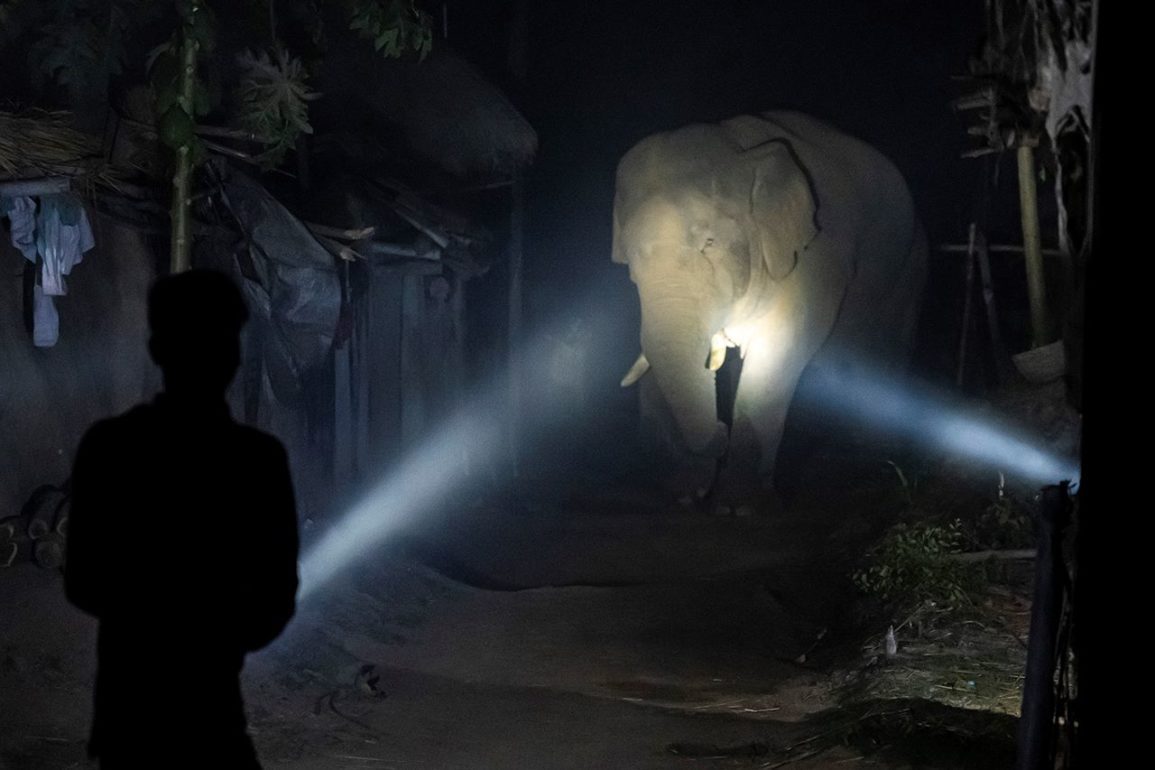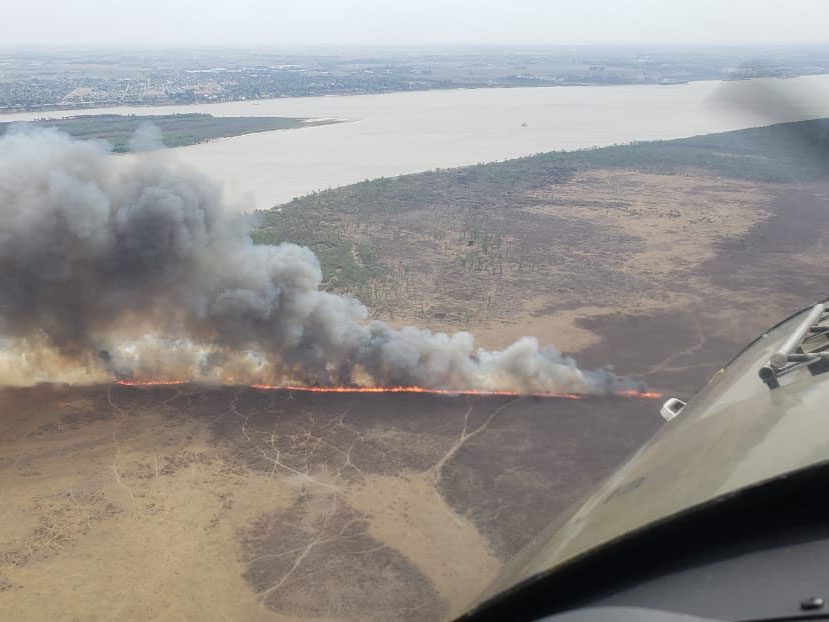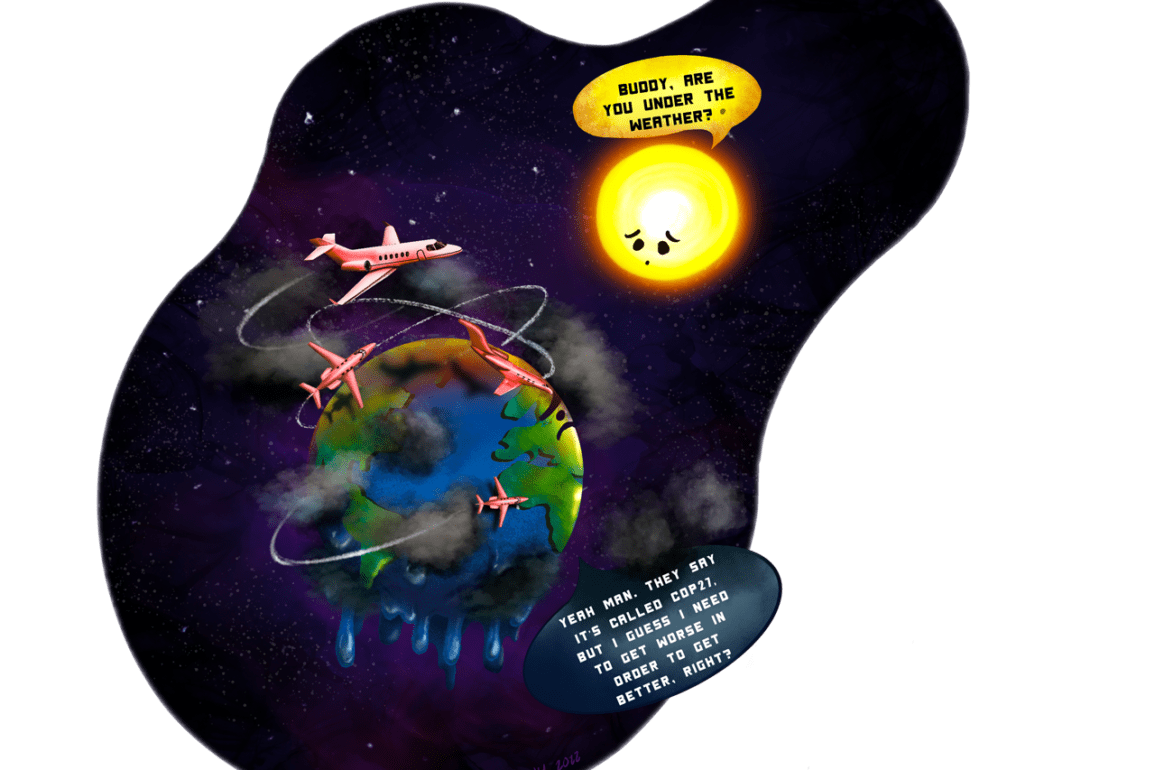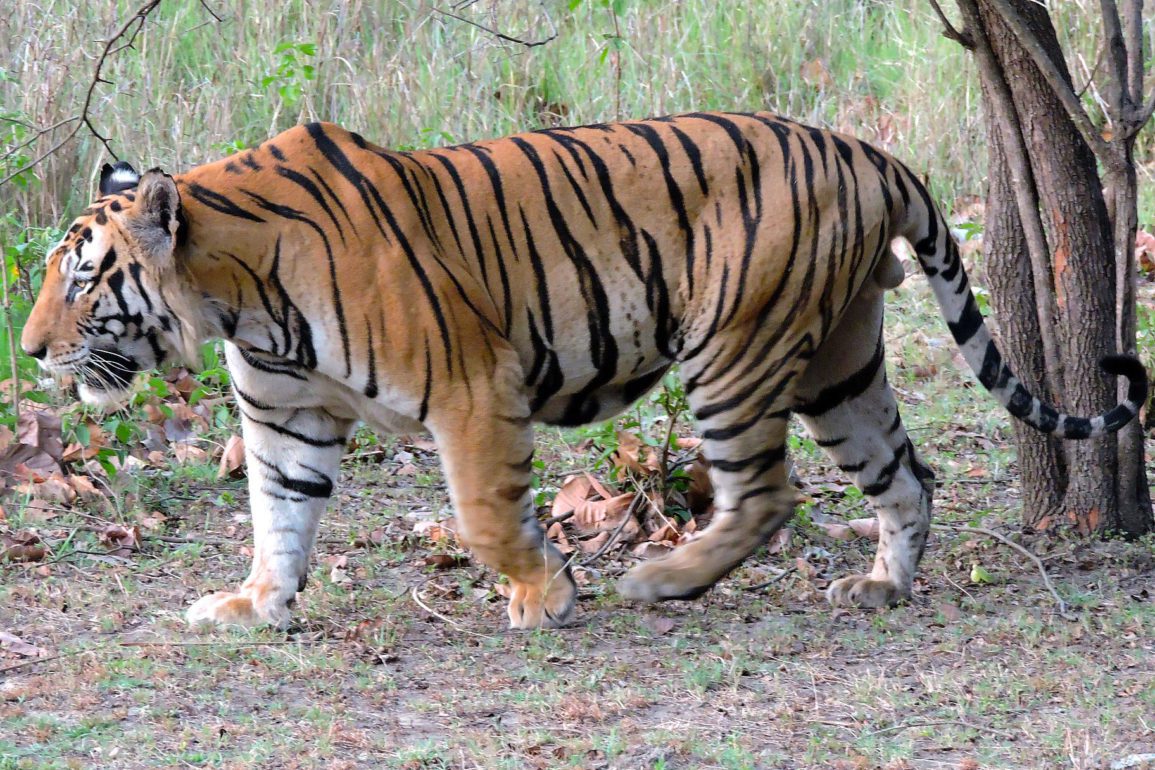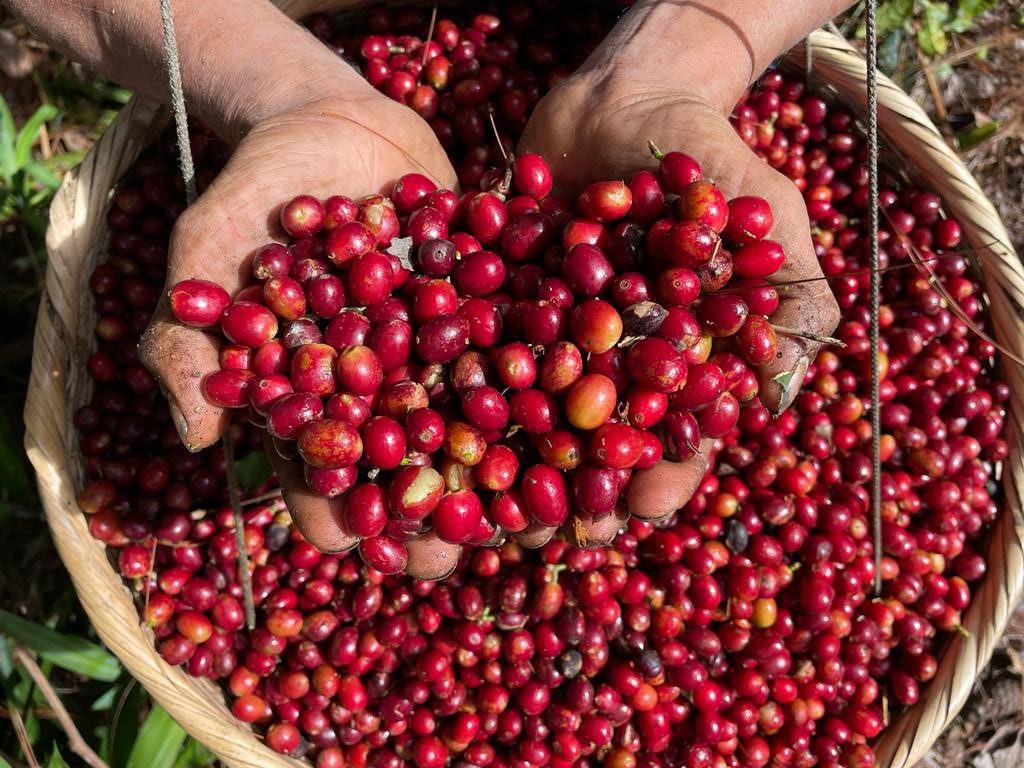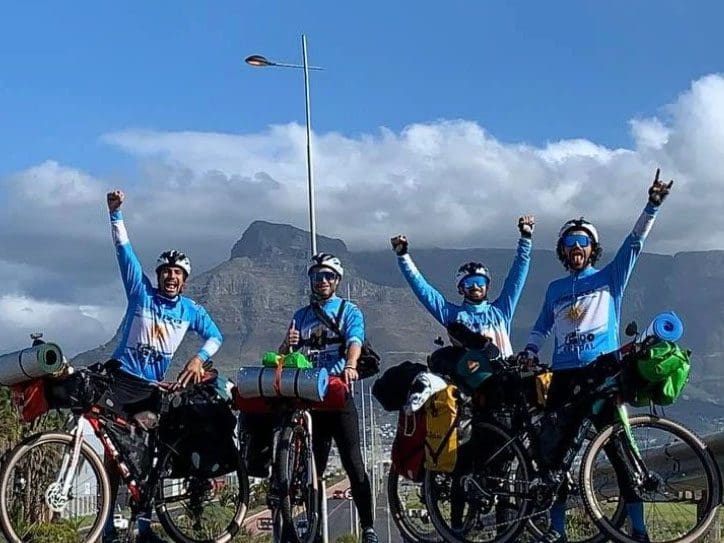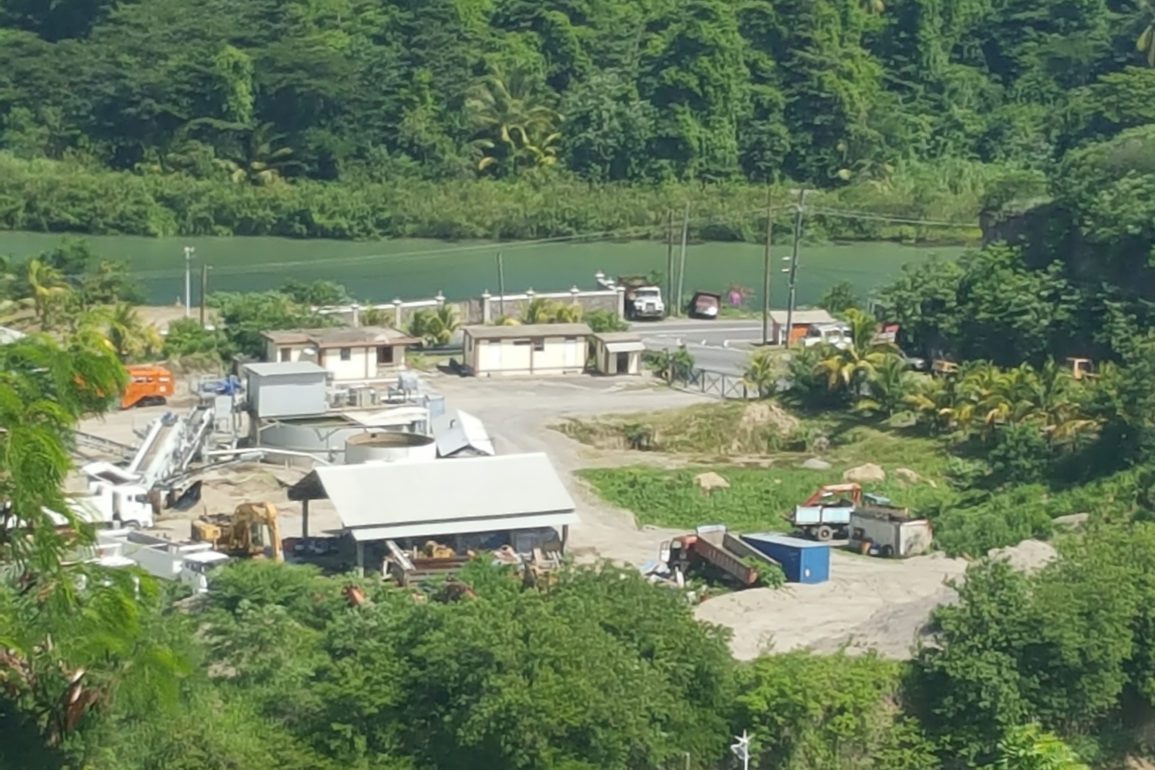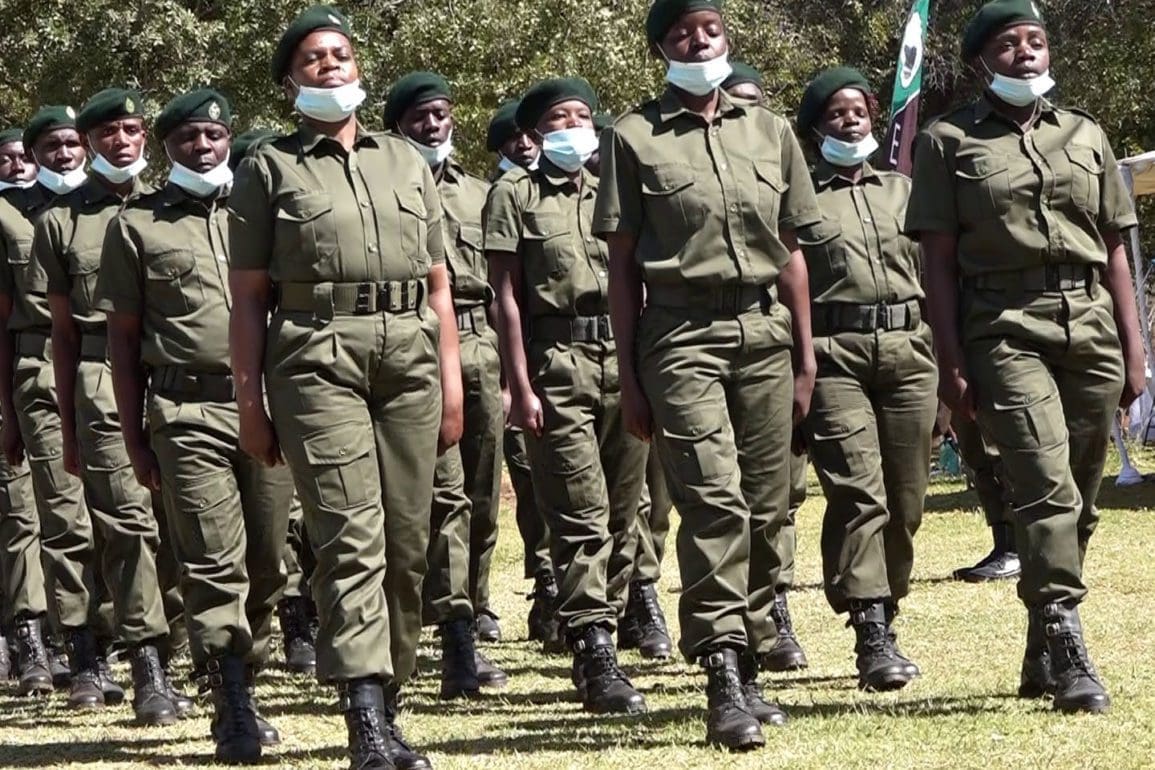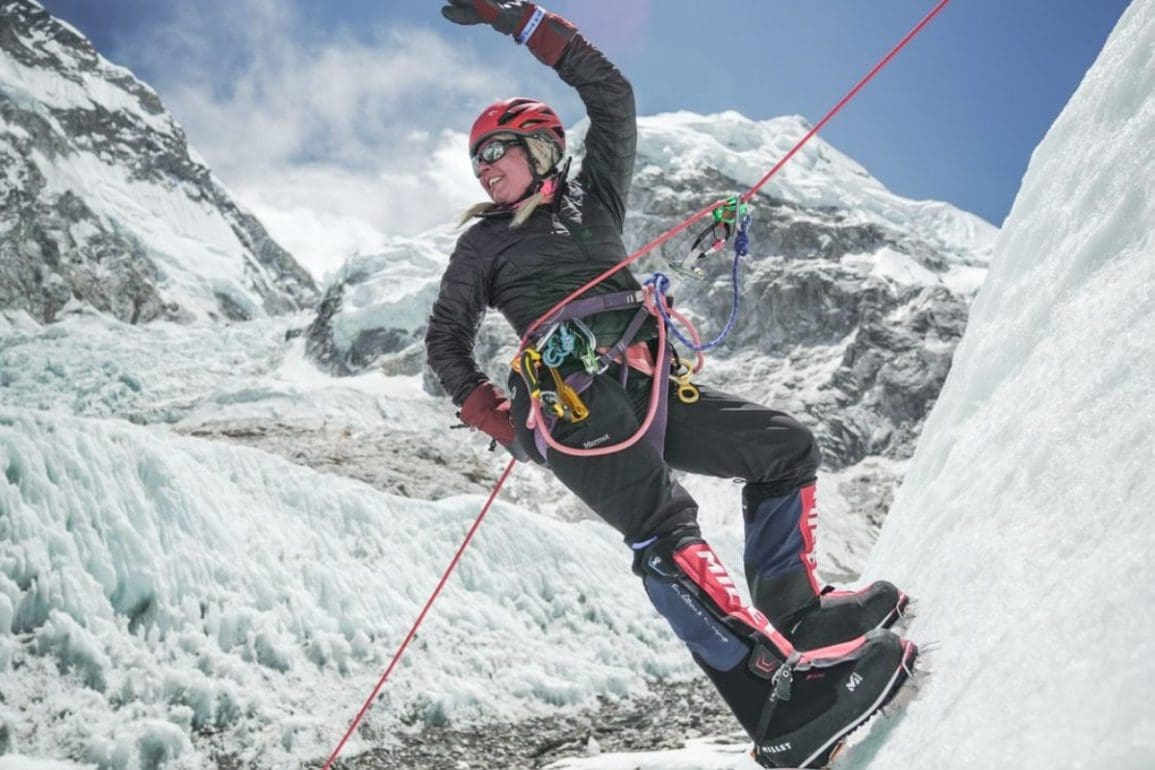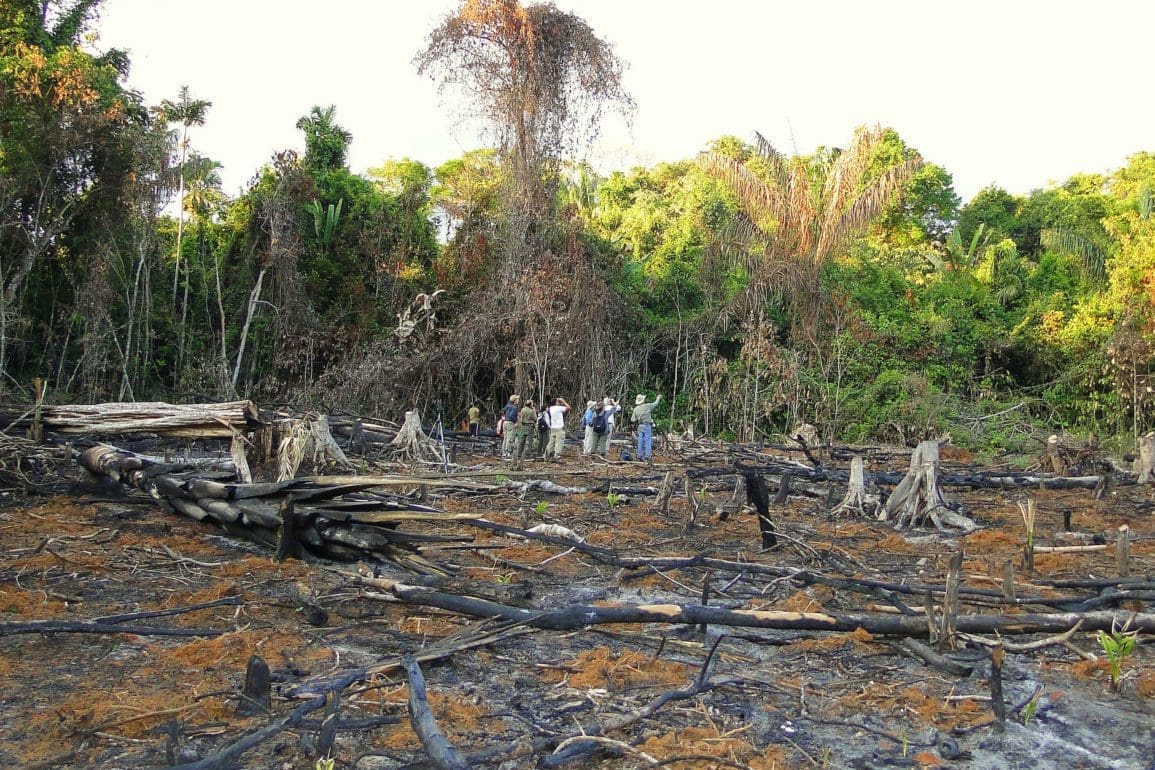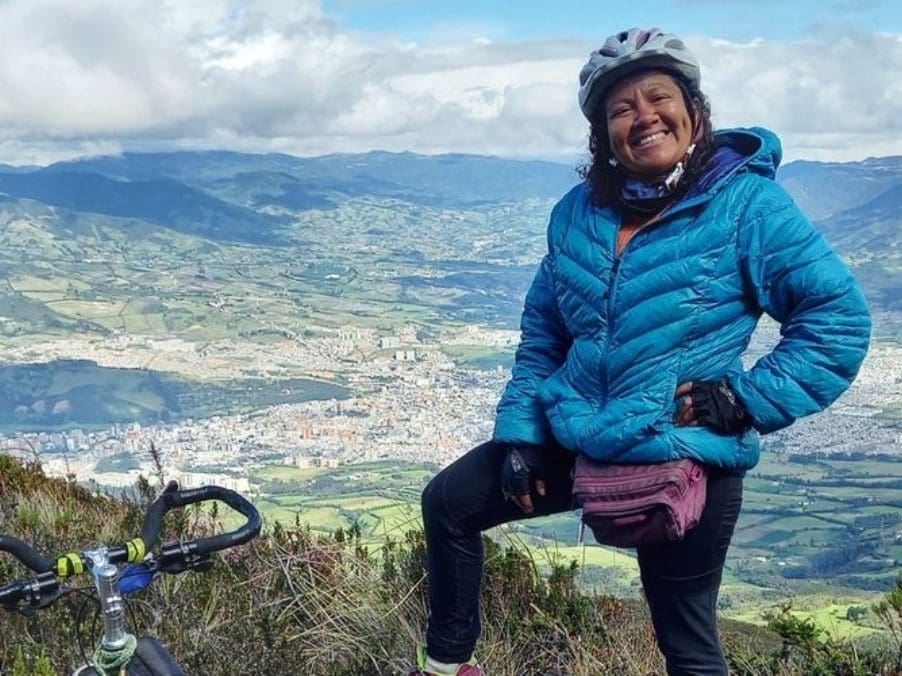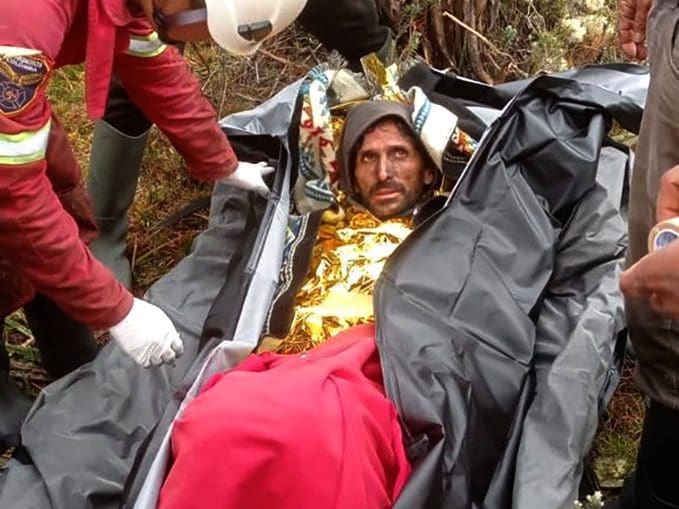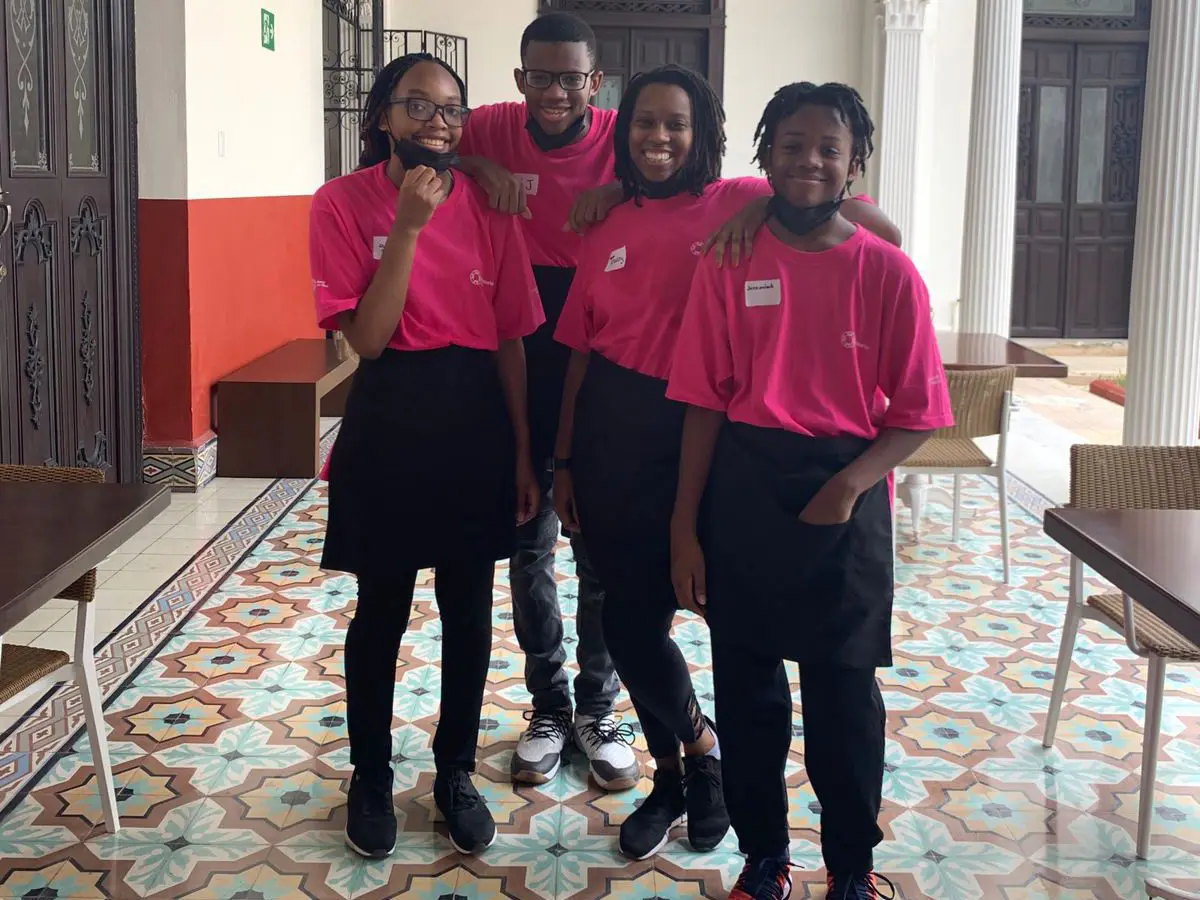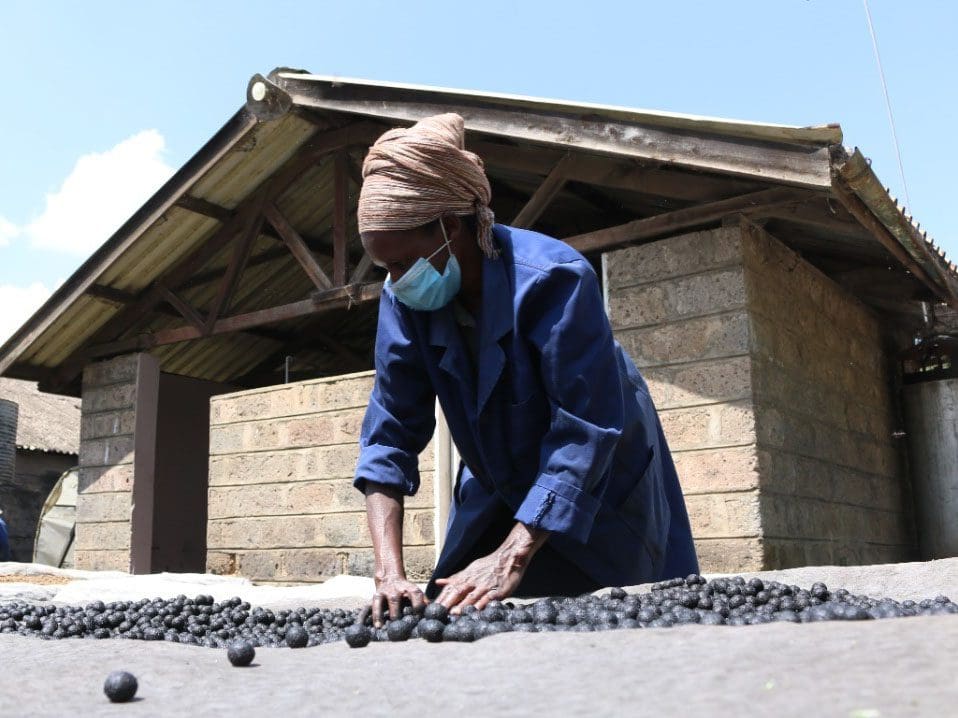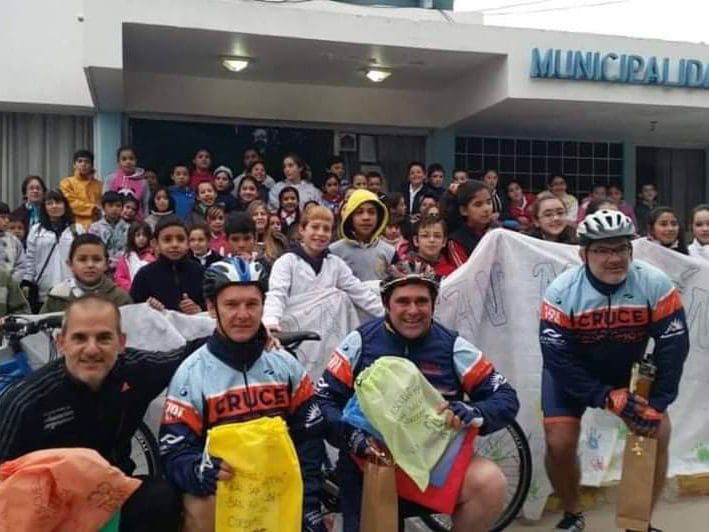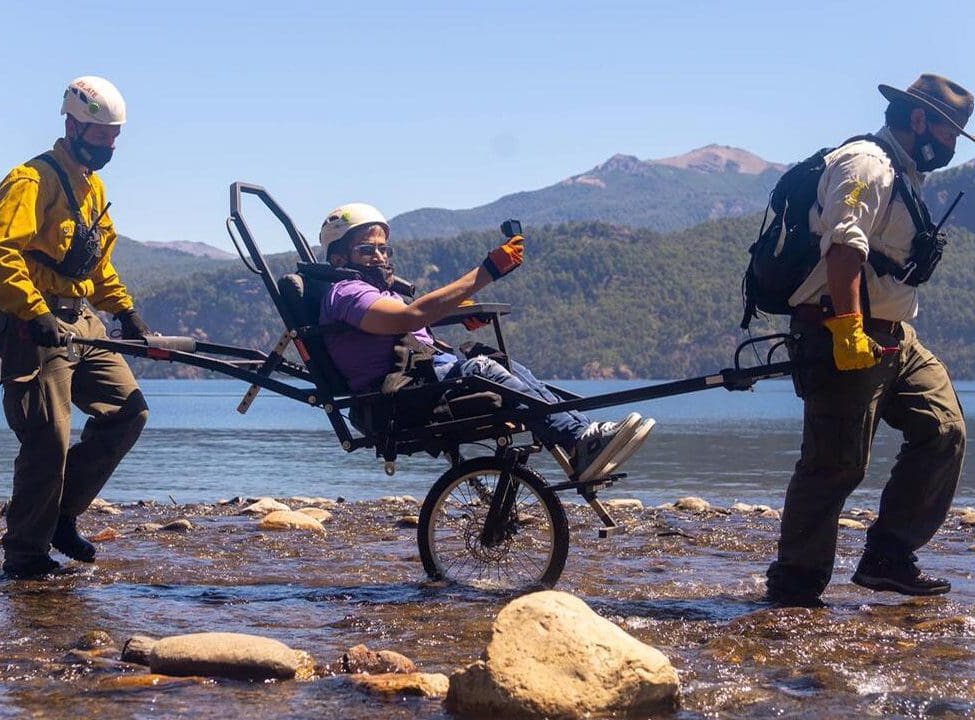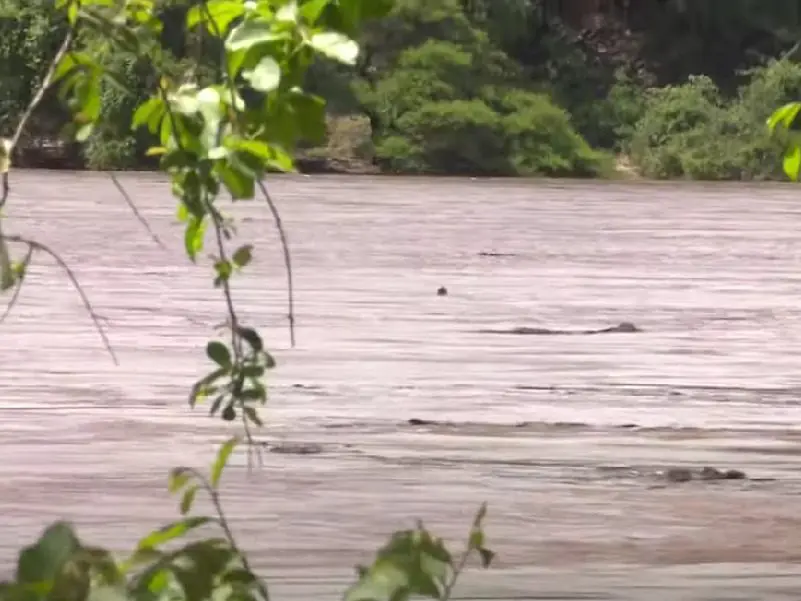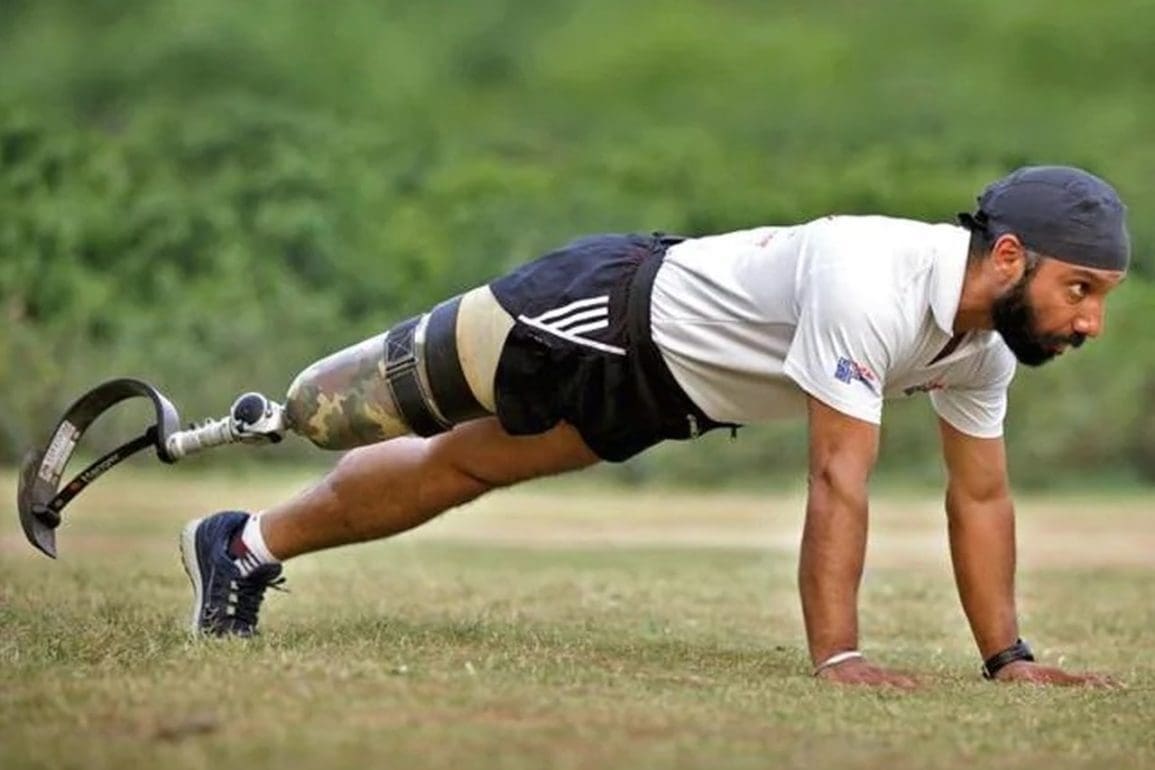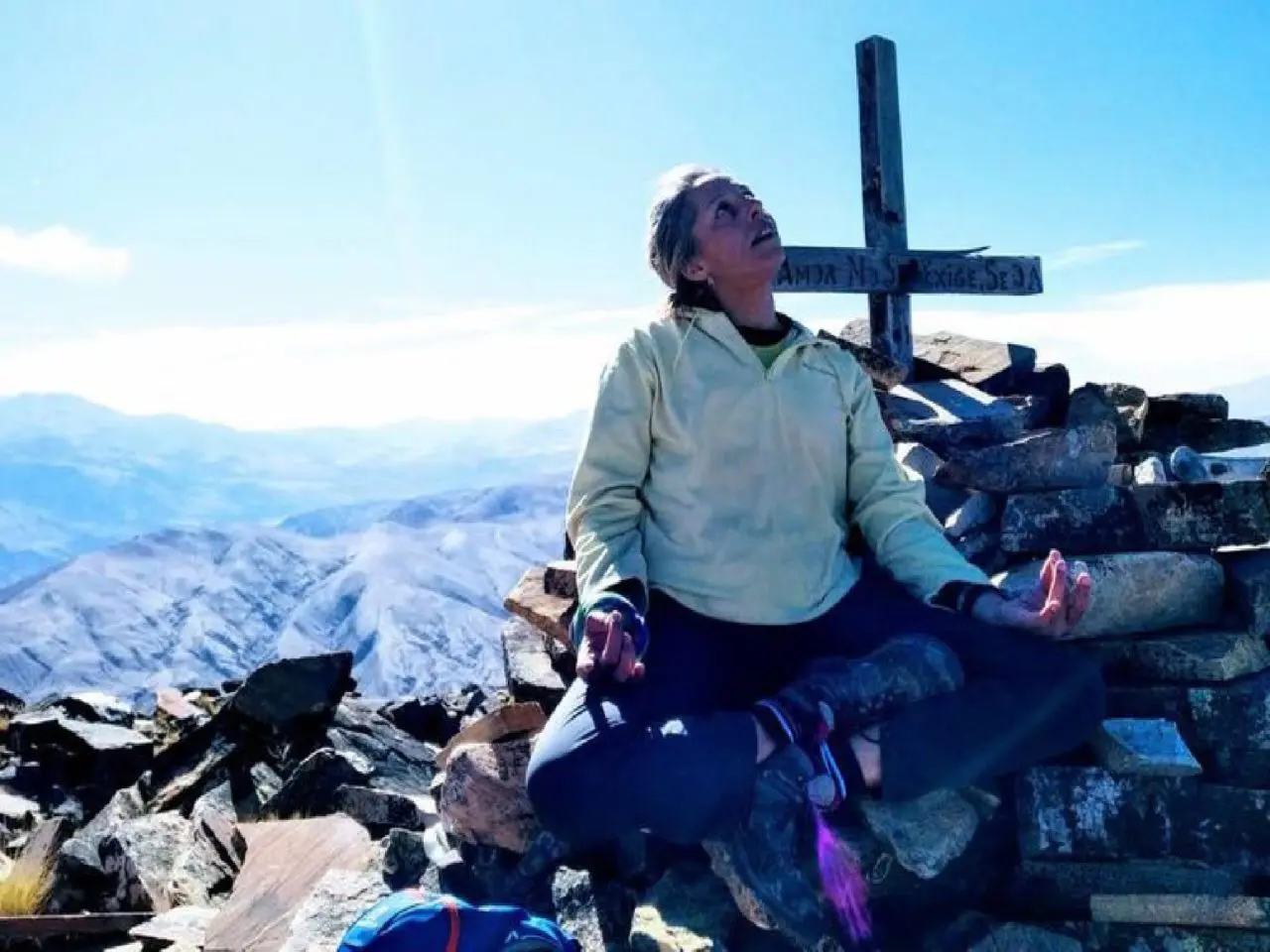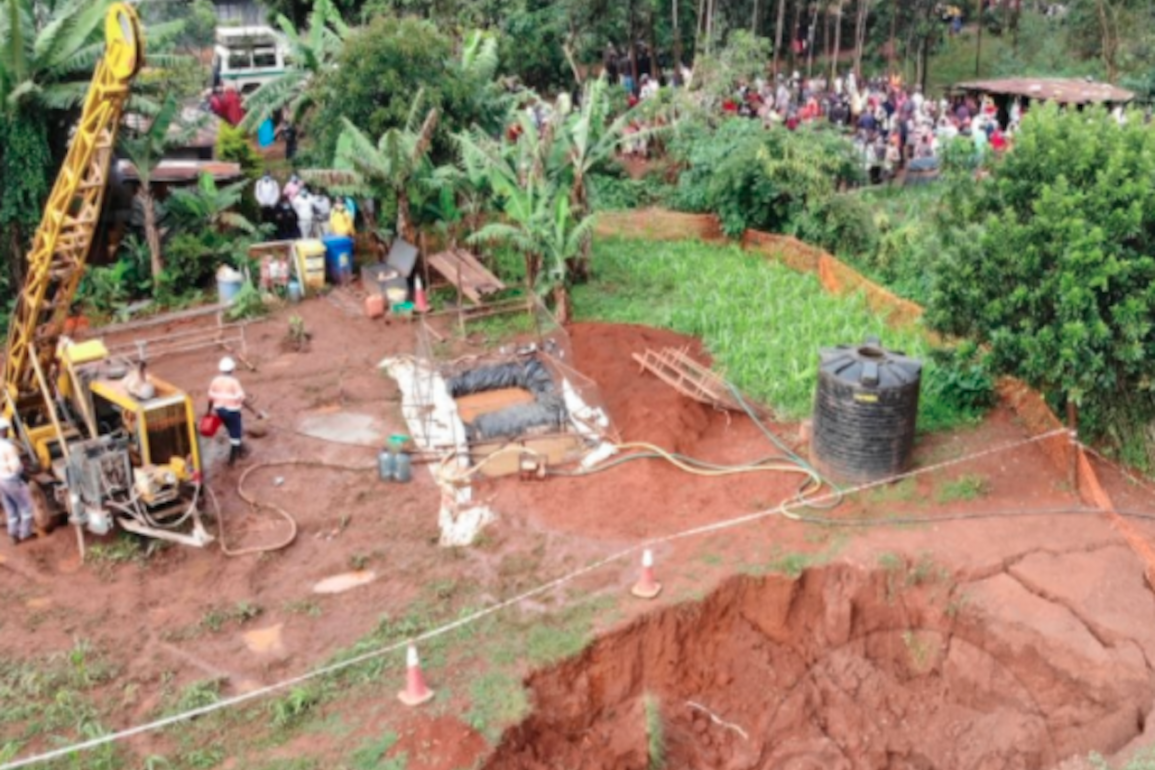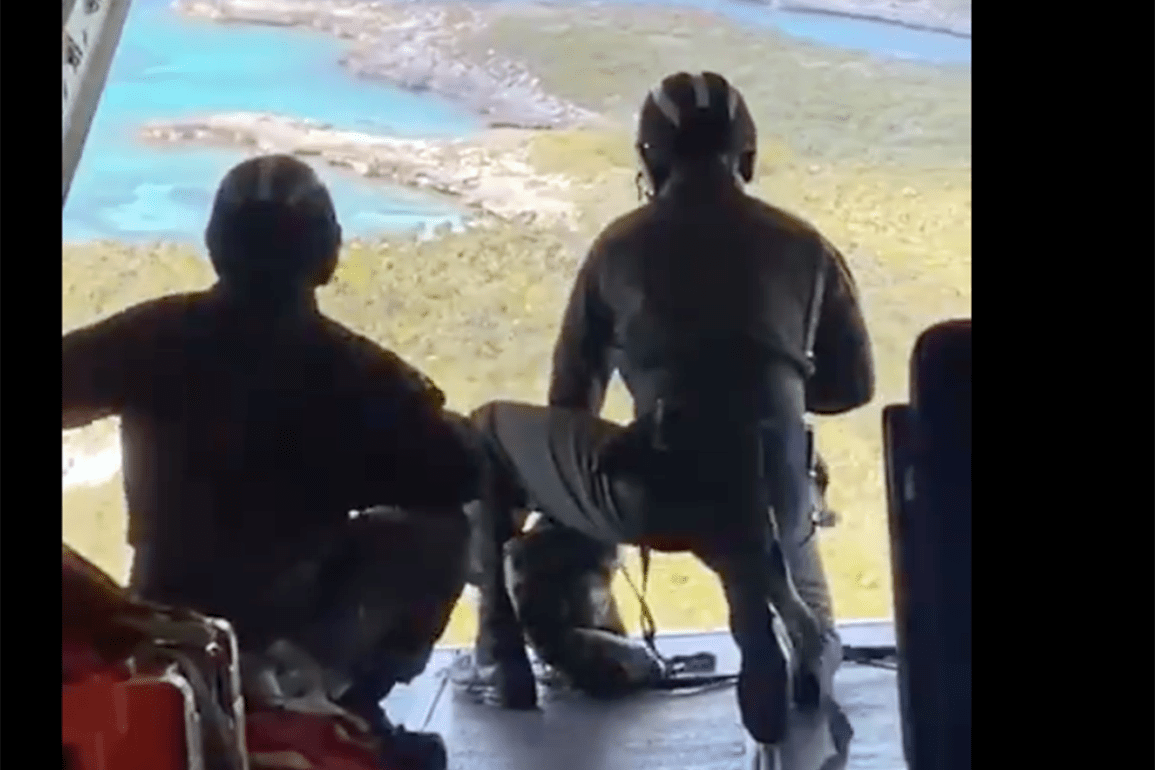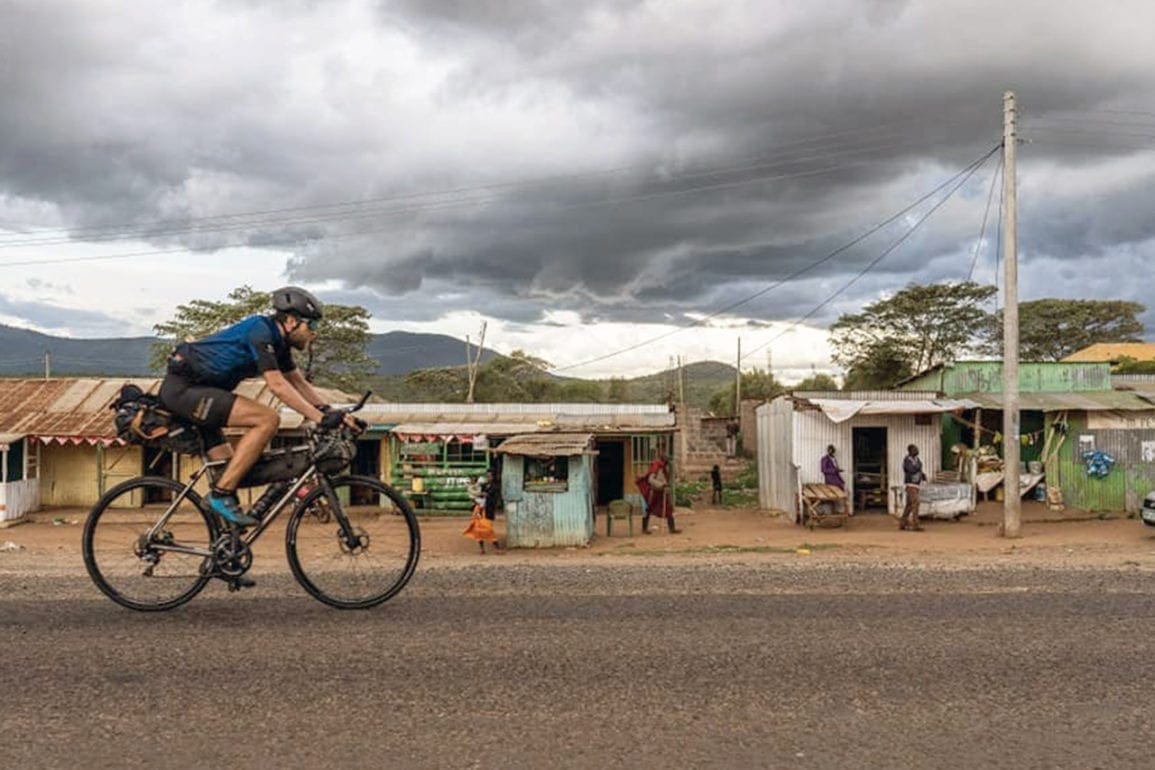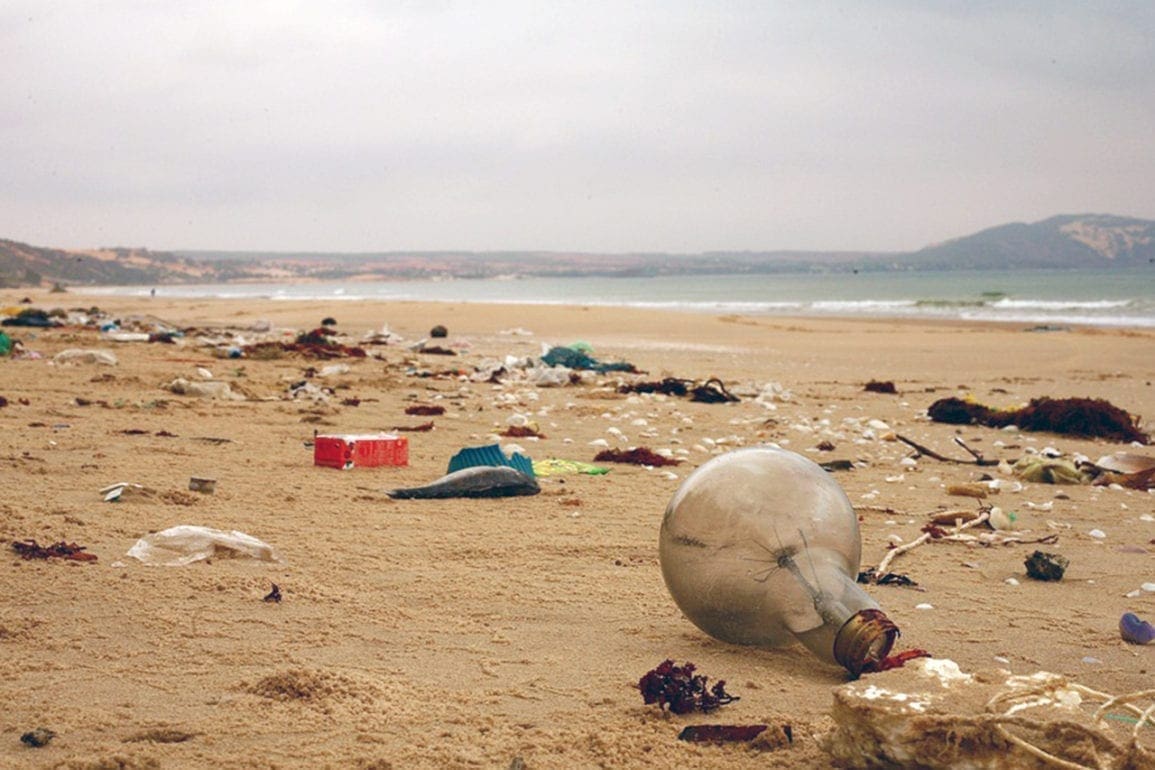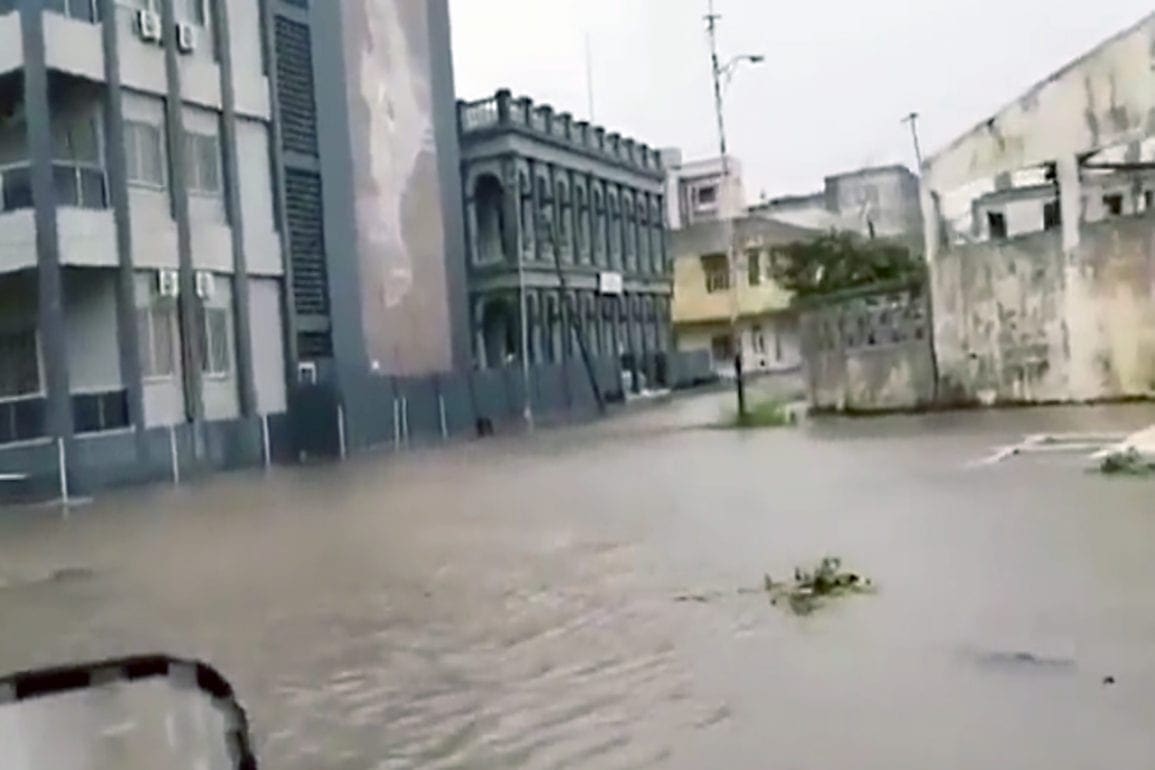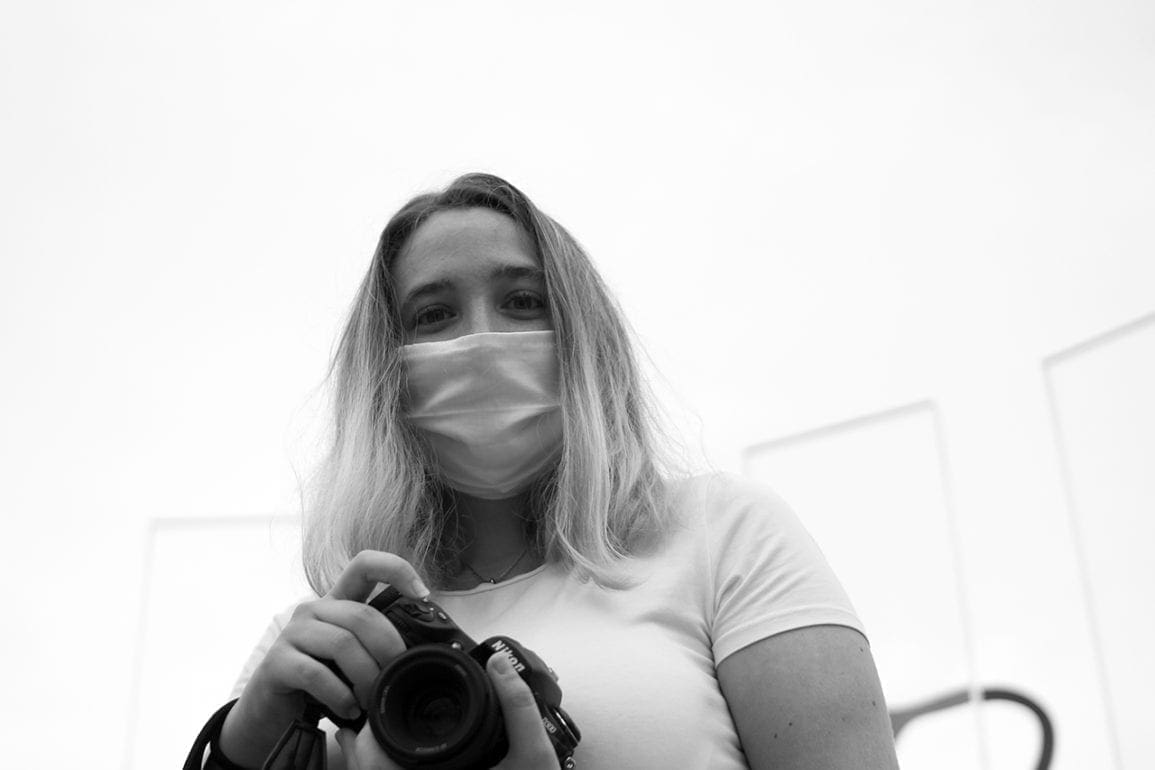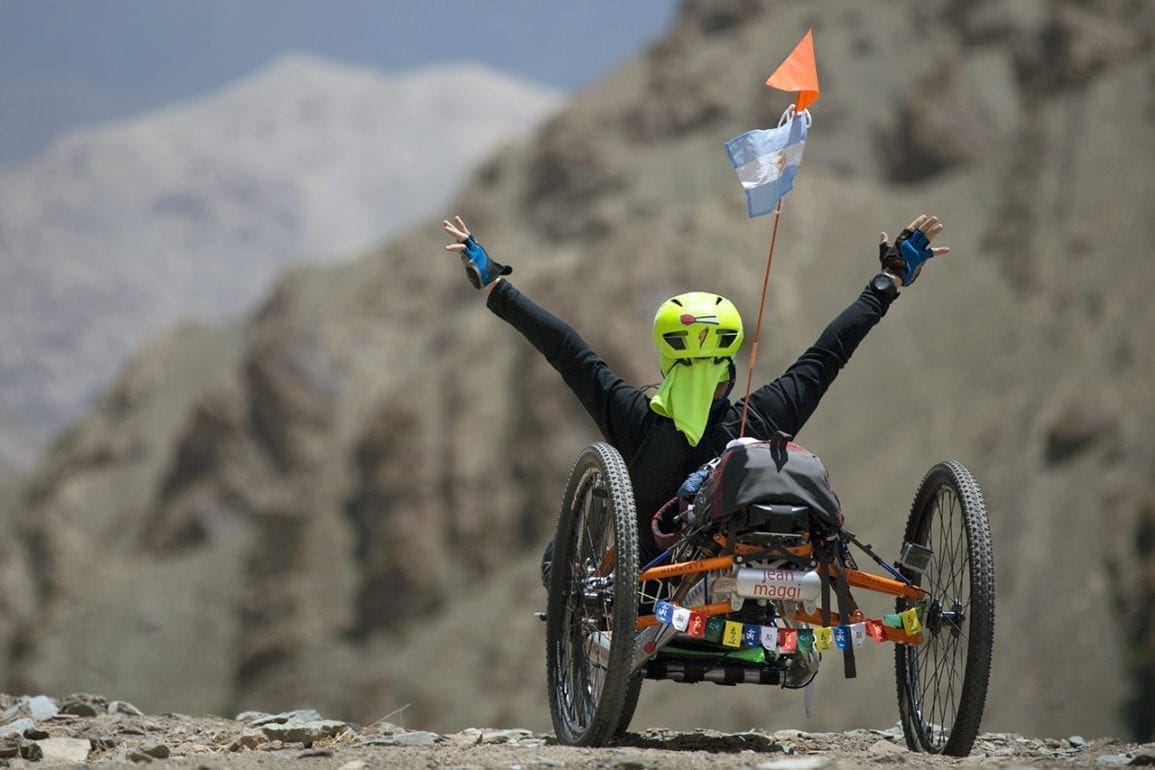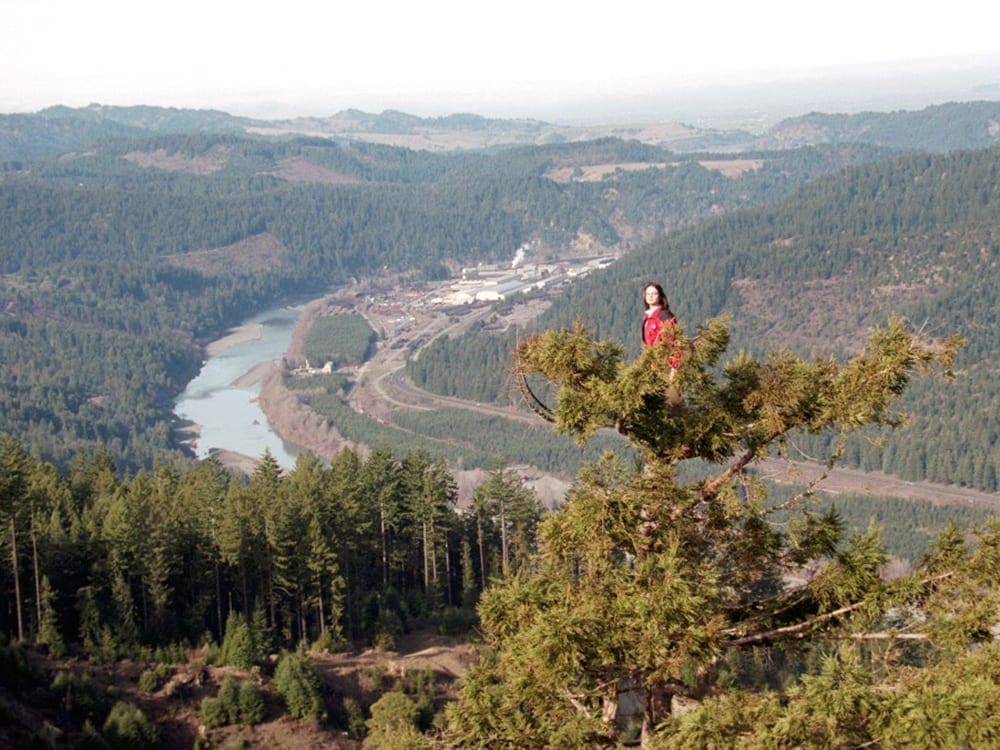Biologist flies birds along their migration routes, reintroduces captive ibises back into the wild
We have reintroduced 277 young ibises into the wild, where they’ve mastered essential migration routes. Every journey with them has been a tapestry of love, companionship, and conservation success.
- 2 years ago
November 26, 2023
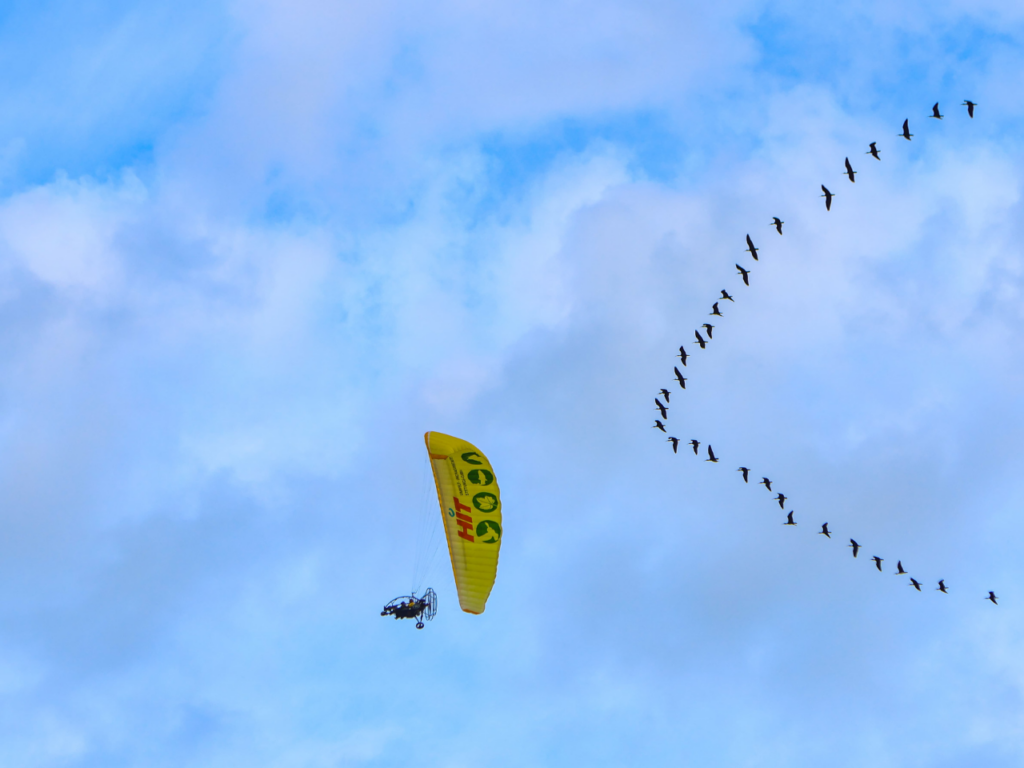
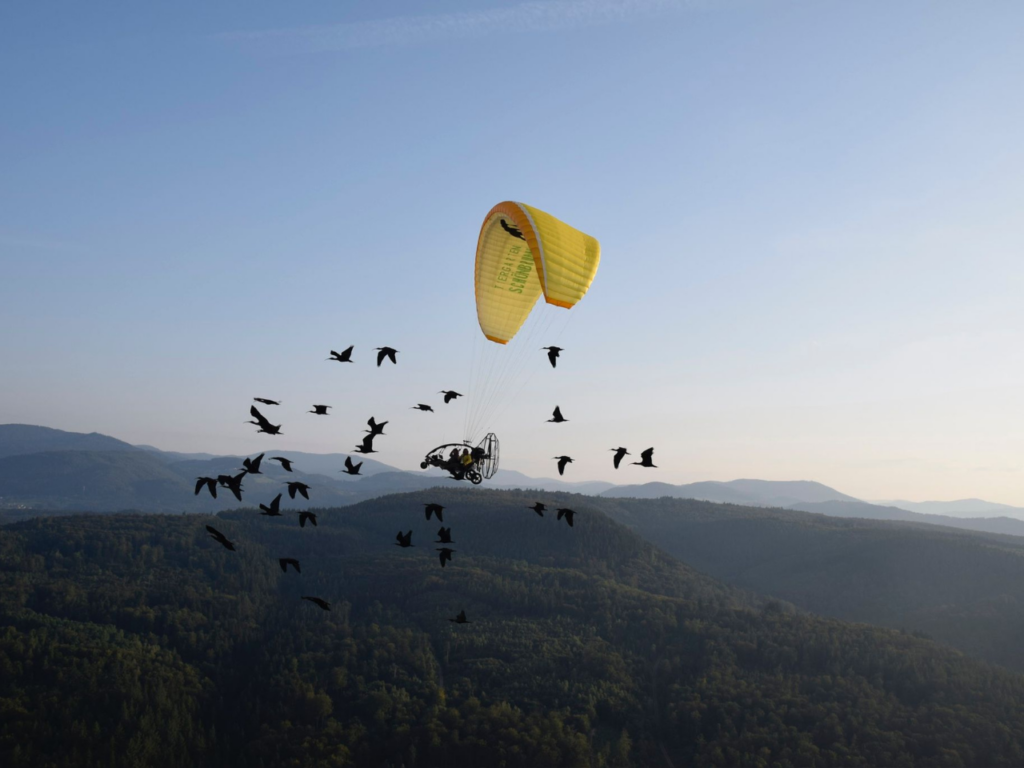
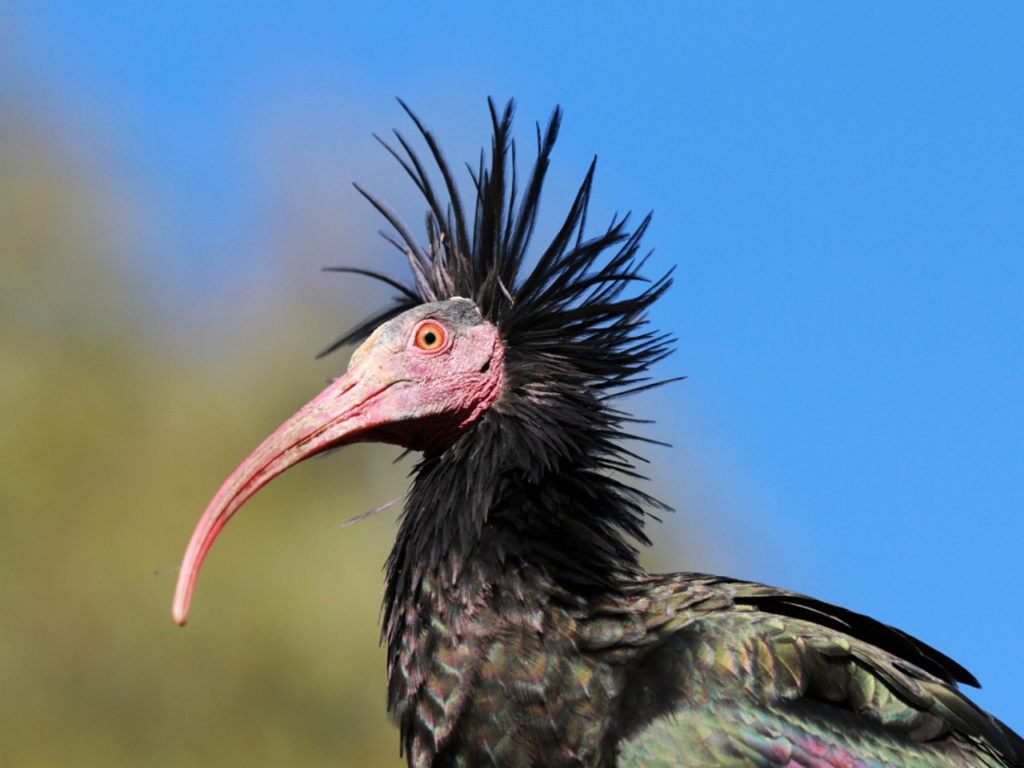
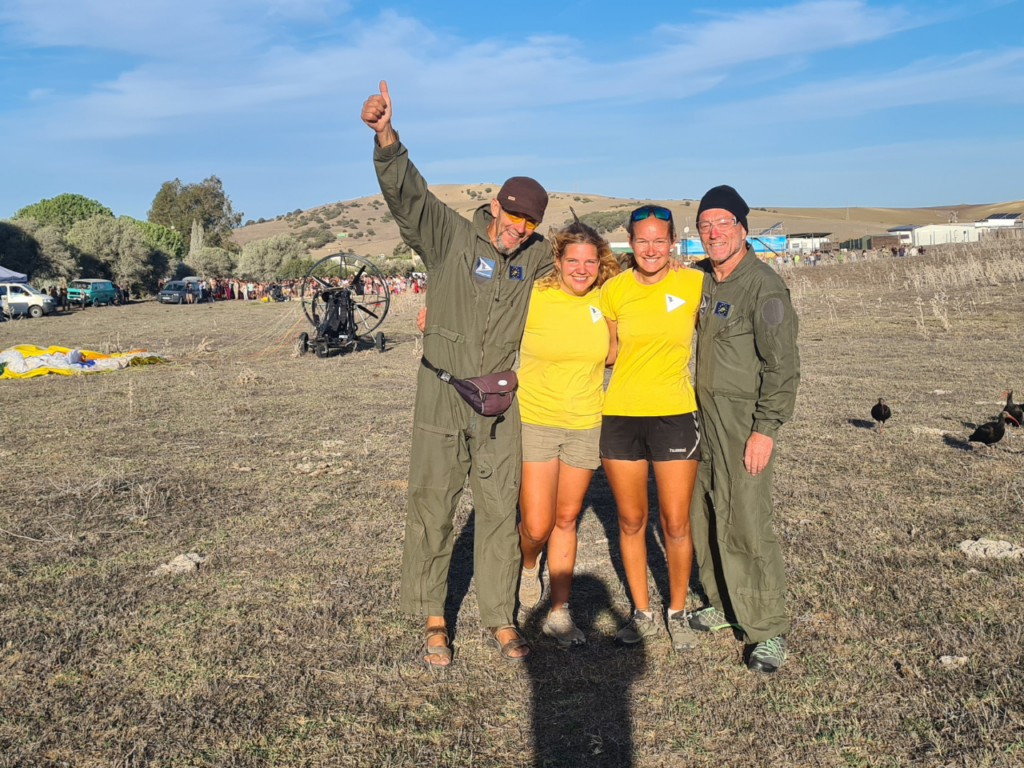
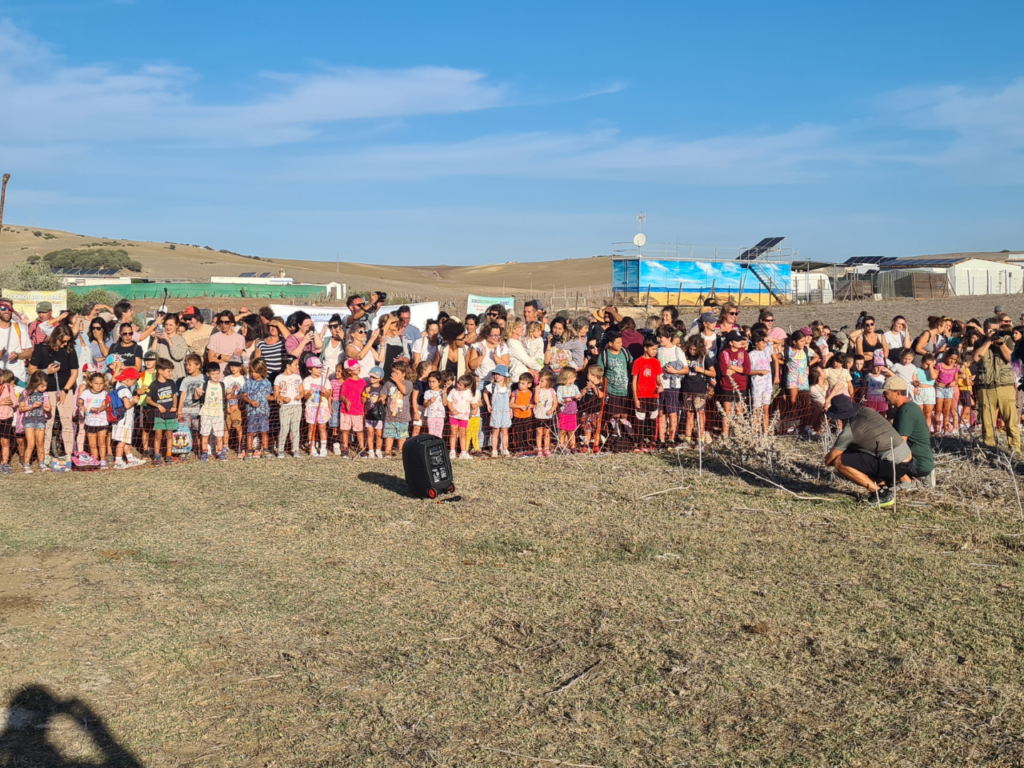
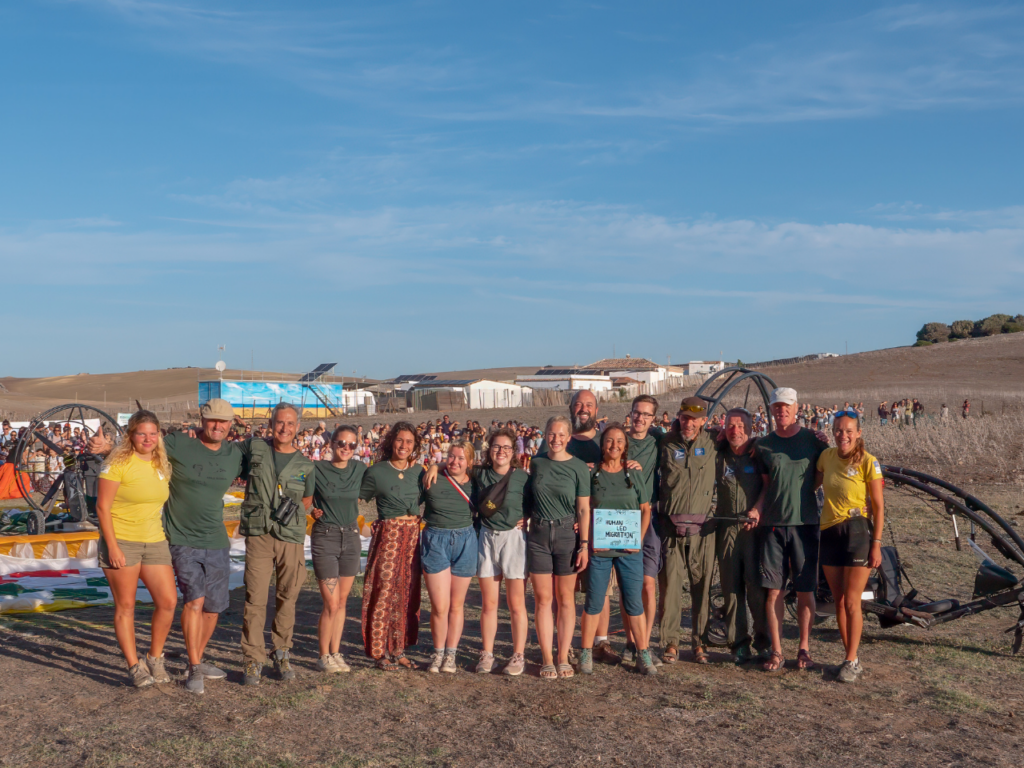
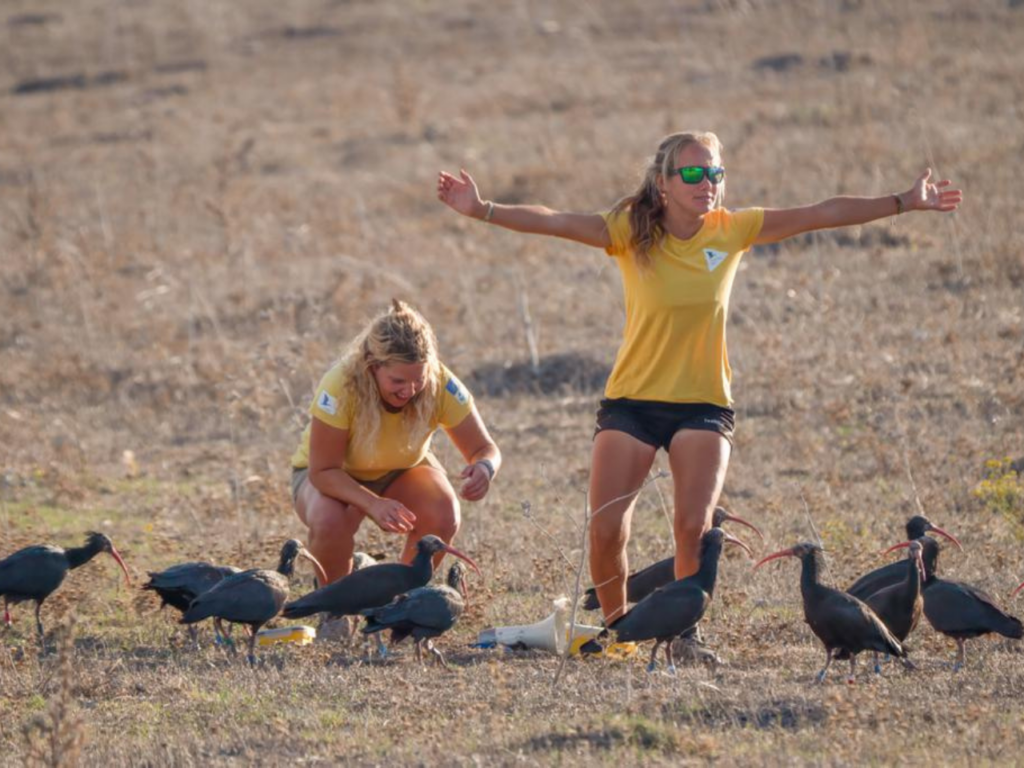
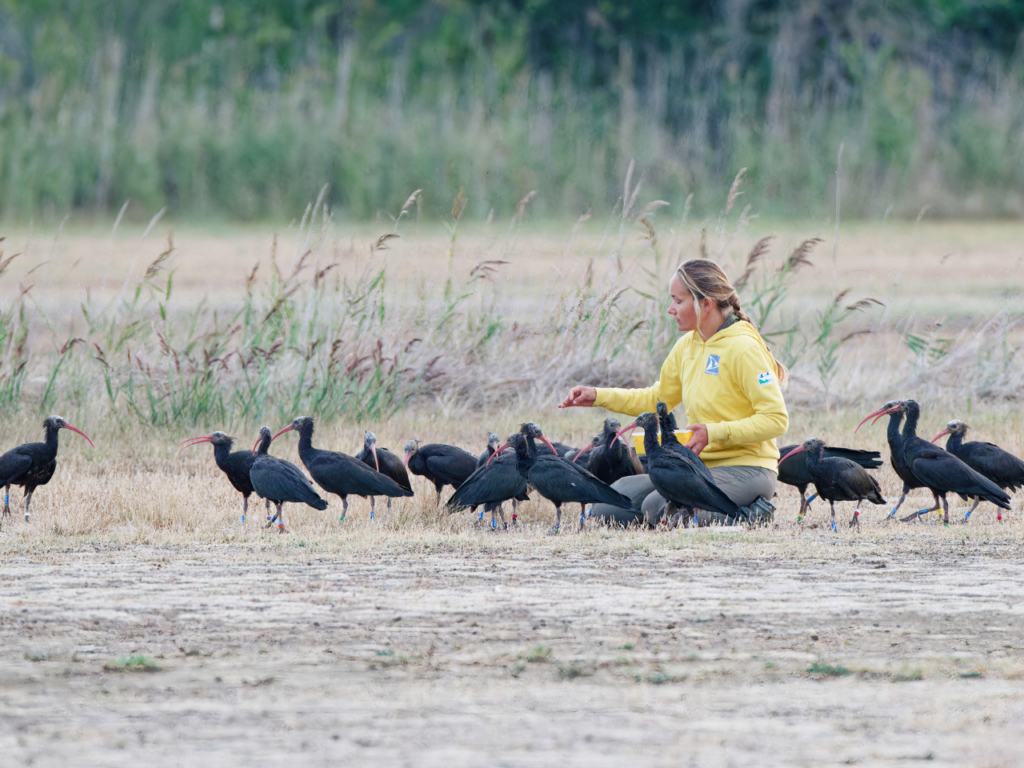
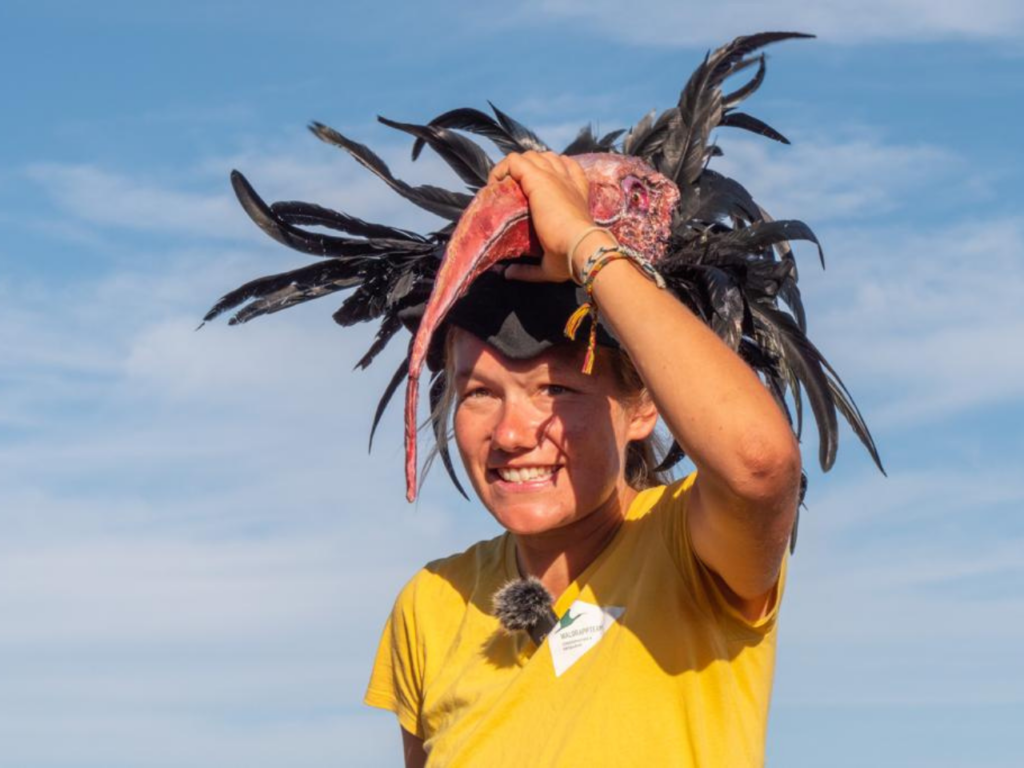
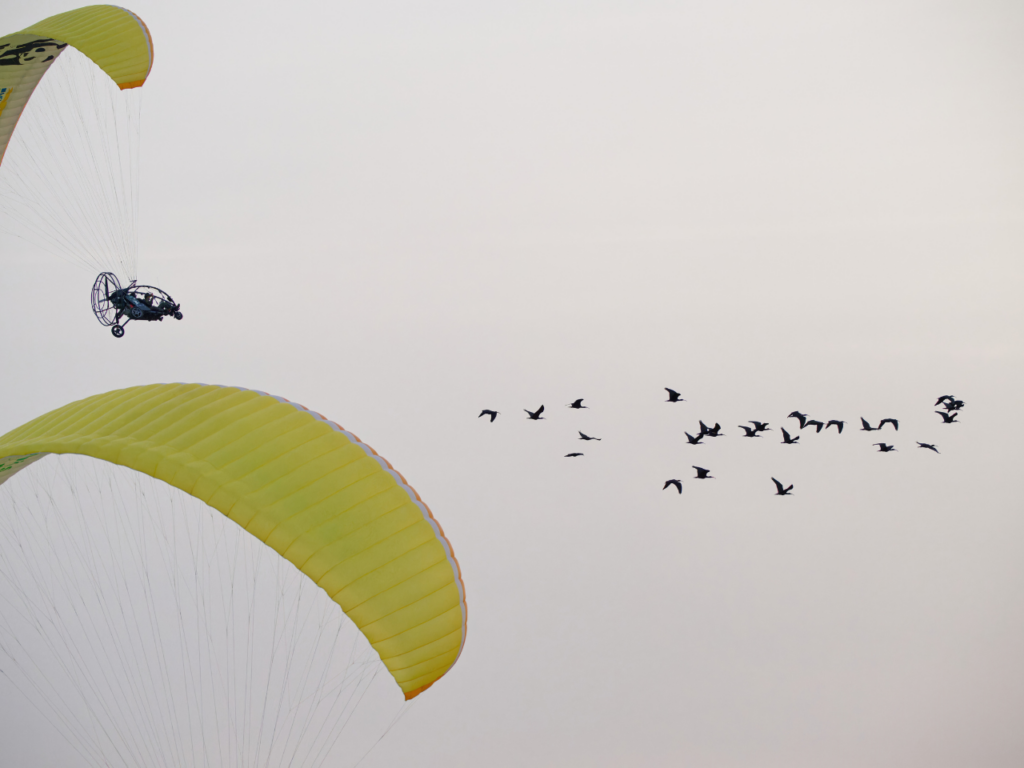
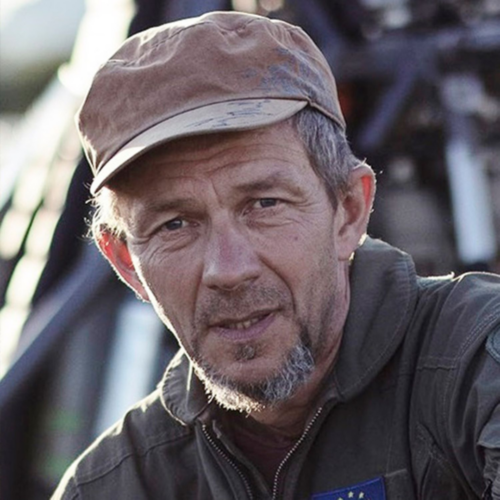
LAKE CONSTANCE, Austria ꟷ Since 2004, my team and I have enjoyed a groundbreaking journey, guiding birds known as the northern bald ibises along their migration routes in powered parachutes. Like shepherds, we replicated the role of their biological parents.
However, the onset of climate change disrupted the traditional migratory paths of the ibises. These environmental shifts demanded an immediate and innovative response from our team. This year, we tackled an extraordinary challenge: creating a 2,300-kilometer migration route to a new winter haven in Andalusia, Spain. A much longer path than the usual route to Tuscany, this project showcased our commitment to adapting to the needs and well-being of these remarkable birds.
Read more environment stories at Orato World Media
Enchanted by the “world’s ugliest bird”
During my childhood, I nurtured a deep love for biology while living on an Austrian mountain farm. Watching the animals roam freely ignited my aspiration to become a biologist. Every time we released the animals into the meadow, I felt a magical connection with them. Later, at university, this passion took a new turn.
I joined the Konrad Lorenz Research Center and dove into hands-on training, raising crow chicks and teaching geese to open boxes. These enriching experiences further cemented my dedication to the natural world. By the late 1990s, my fascination with biology expanded when I first saw northern bald ibis chicks at the zoo. Despite their reputation as the world’s ugliest bird, their unique charm enchanted me. Their distinct appearance and behavior added a fresh dimension to my biological interests.
I decided to dedicate myself entirely to these birds. I bred and released them into the wild, learning about their strong migratory instincts. Sadly, confinement had erased their understanding of these essential migration routes, which were vital for their survival.
One day, while watching the inspirational film Fly Away Home, I saw an ultralight aircraft leading geese and I wondered, “Can I guide the ibises in the same way?” Despite the skepticism and ridicule that I encountered, I committed myself to the plan.
When the project began, I started to care for the birds at just two to seven days old. I fed them by hand and as a result, we forged a deep bond. The birds viewed me as a surrogate father. As we moved into the critical nesting phase, the chicks started recognizing me and my team as their adoptive parents, enriching the experience for all of us.
I led the birds in flight from Austria to Italy
Our initial progress toward guiding the birds during migration proved challenging. The noise from our ultralight parachutes frightened them. However, we diligently addressed the issue and made steady progress.
Our first successful flight covered 500 meters as we made our way to a nearby meadow. With the birds following, it felt like a thrilling milestone. Amidst all the uncertainties of these practice runs, I remained positive and constantly gleaned insights from the birds.
Gradually, our efforts bore fruit, culminating in daily flights with as many as 35 ibises joining us to cover increasing distances. This phase of the project demanded patience and meticulous adjustment. Finally, a significant breakthrough occurred. After three years of relentless effort, I successfully led the first flock of ibises from Austria to Italy. The moment proved intensely emotional, forging a strong connection between me and the entire flock.
Since then, the project has achieved remarkable success. We have reintroduced 277 young ibises into the wild, where they’ve mastered essential migration routes. Every journey with them has been a tapestry of love, companionship, and conservation success; and each flight marks another step towards a brighter future for these birds.
Since then, climate change has drastically changed the ibises’ migration patterns. The old route became unviable as harsh winters delayed travel, leaving the birds stuck in the Alps without warm air currents. So, this year, my team and I prioritized creating a new migration route. Our success has been critical for the ibises’ survival; but it required some experimentation.
At first, we tried moving the birds over the Alps, but the route became unsustainable. As a result, we selected a second winter home for the birds in Andalusia, Spain. This 2,300-kilometer route avoids mountains and makes the journey far safer.
The birds come close to enough to touch while we are in flight
Two decades in, I can say that I have mastered flying with the ibises, particularly this year. I faced engine failures and steep descents with swift decision-making, ensuring our safe landing every time. After a crash in a cornfield, I walked away unharmed and joked with my crew, “I’m just learning to fly.”
Our team has expanded, welcoming biologists’ Helena Wehner and Barbara Steininger as research assistants. They serve as human foster mothers to the ibises. To catch the birds’ attention, we all dress in bright yellow. Helena follows me in the air, while Barbara assists another pilot. We use megaphones to communicate. You can often hear us calling out the familiar command, “Eat, eat,” which the birds became familiar with in their youth.
Flying with the ibises is an amazing journey. Their trust in us can be seen clearly as they react to our calls and our actions. They fly using different patterns, sometimes approaching close enough to touch. This contact and their regrouping highlight the strong relationship we have.
Through all of this, I remain optimistic about their future. As a biologist, along with my team, we are fully committed and steadfast in our mission. We will continue to fine-tune the routes and ensure the survival and well-being of these incredible birds.
All photos courtesy of Johannes Fritz.



